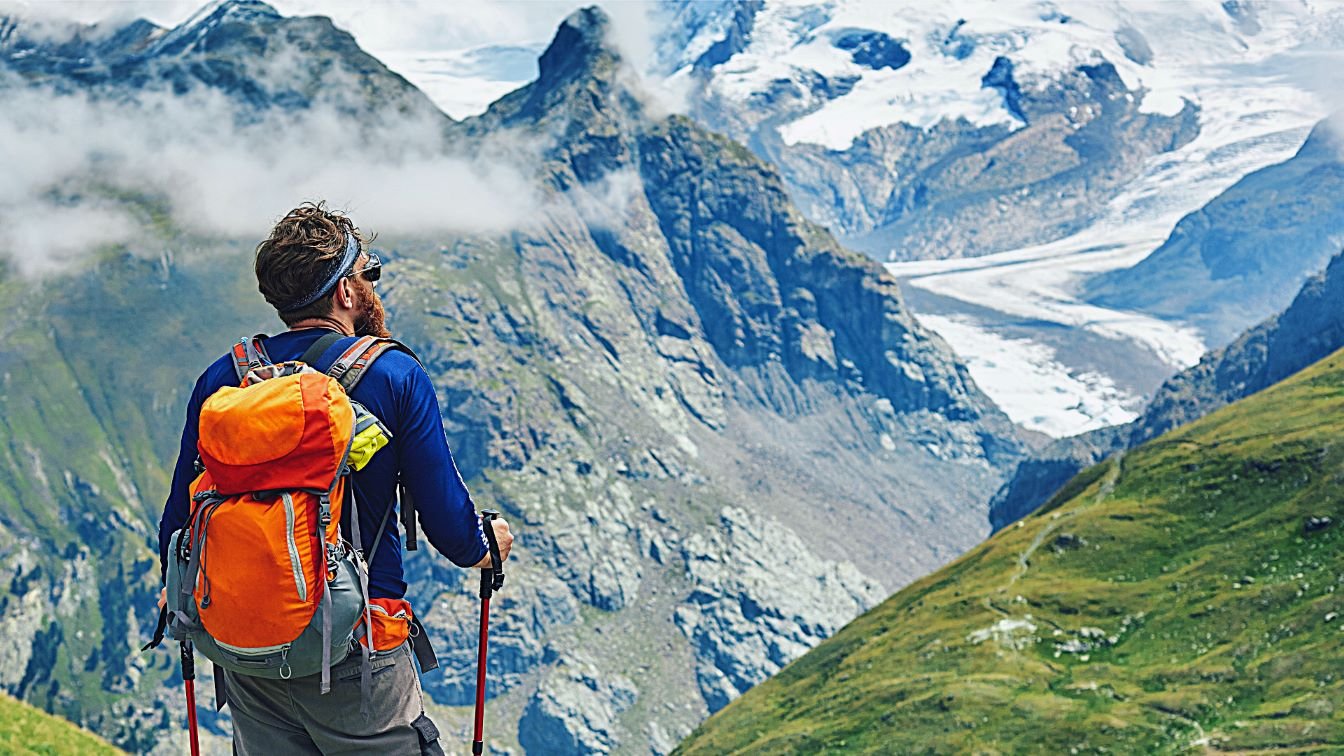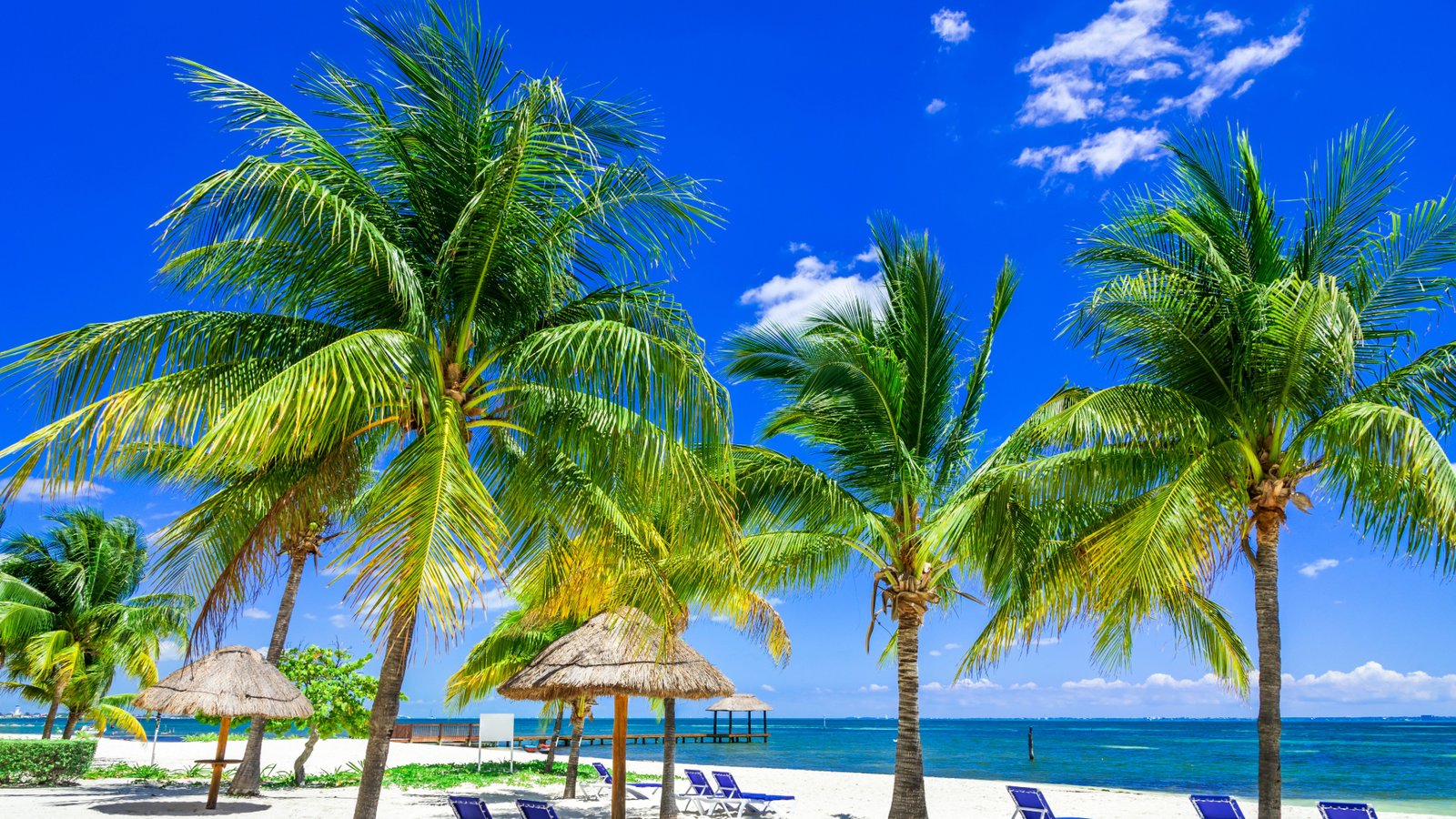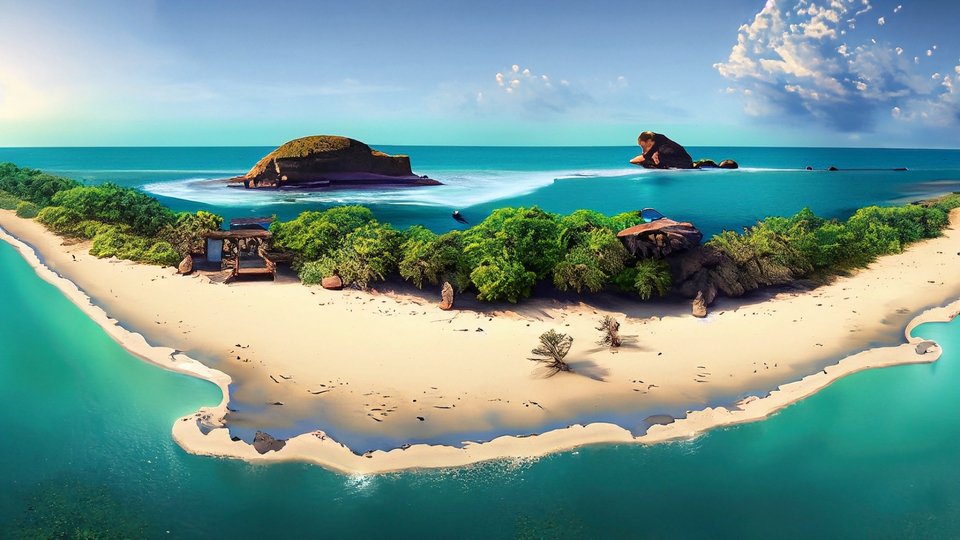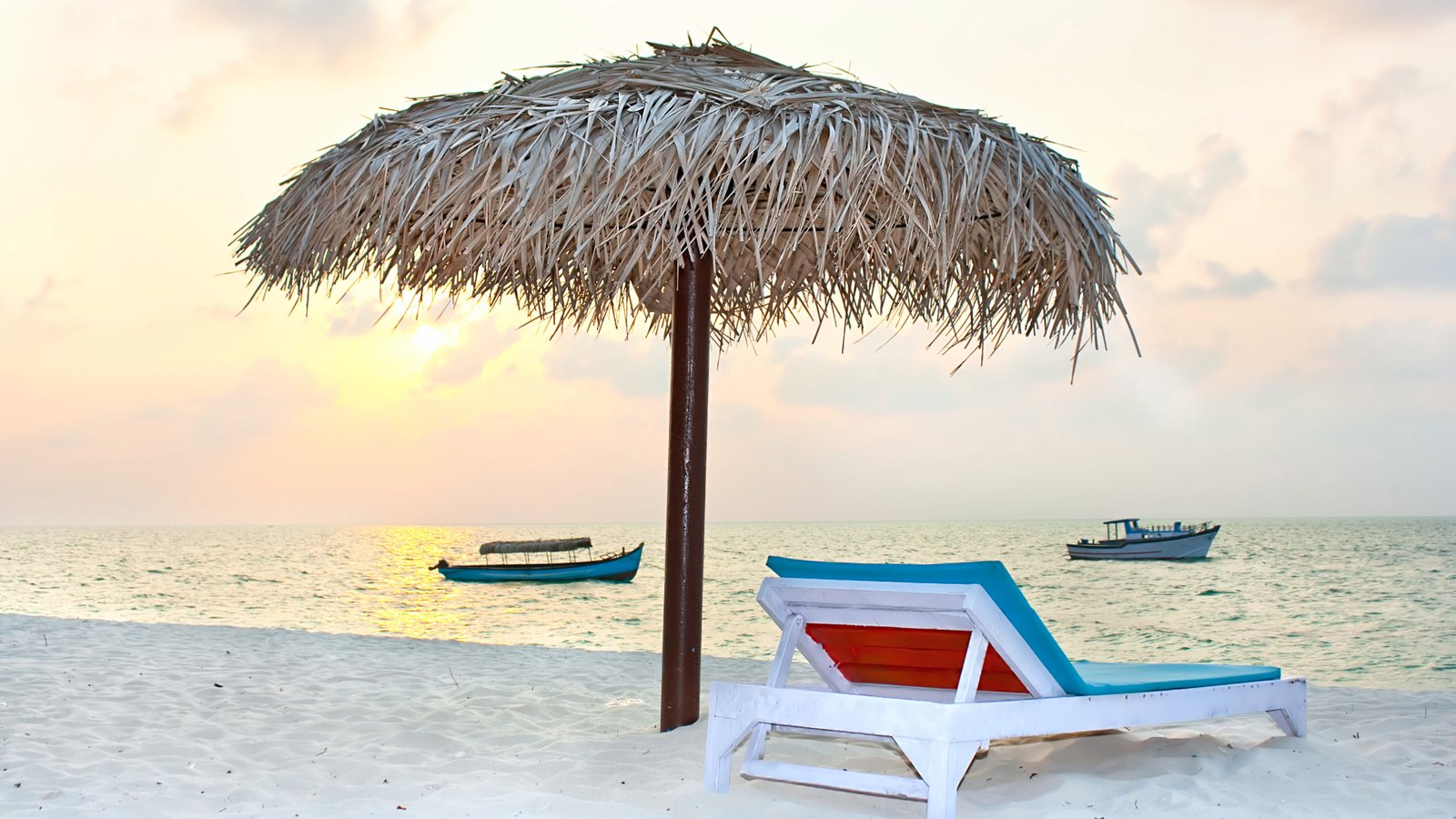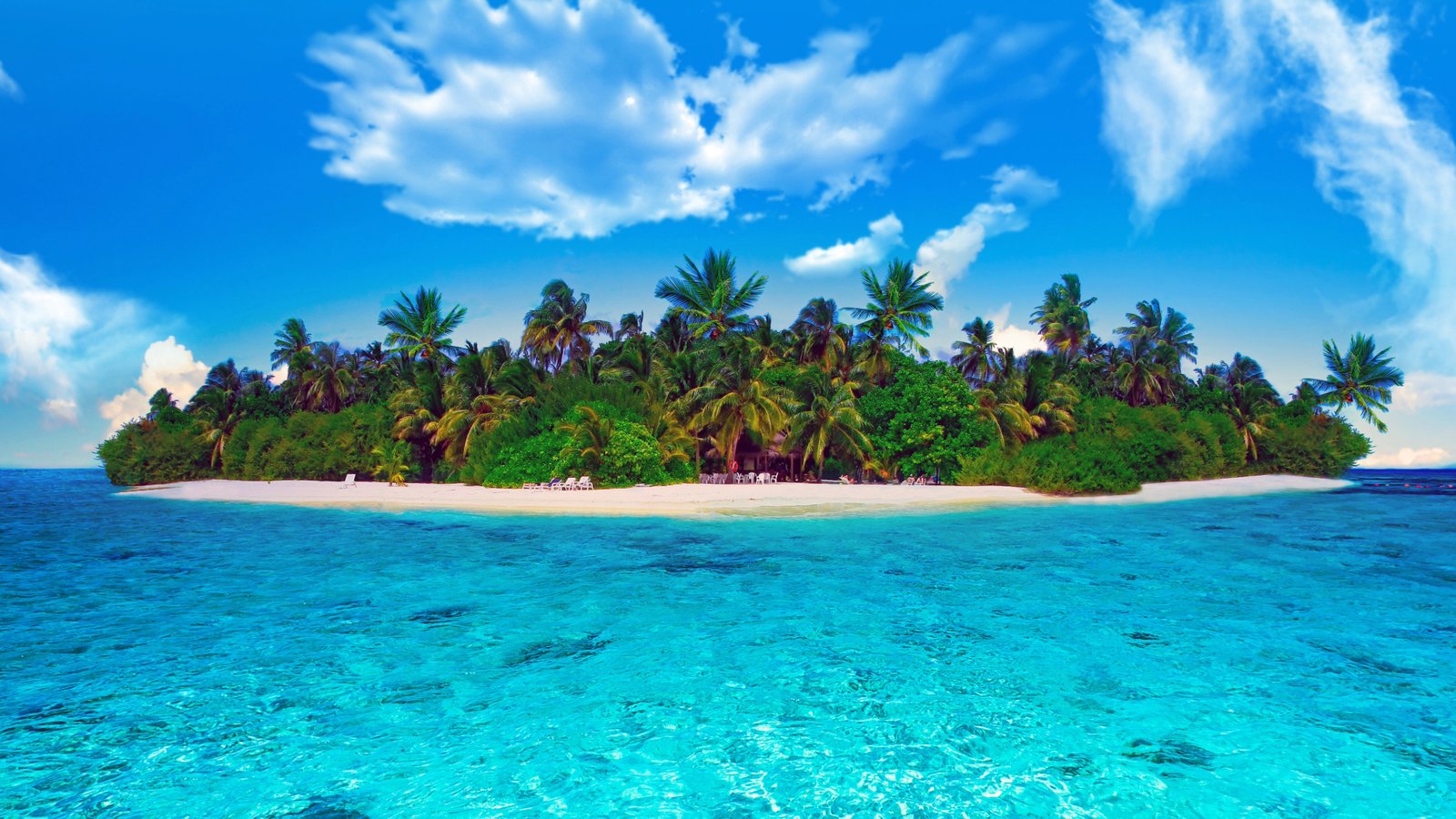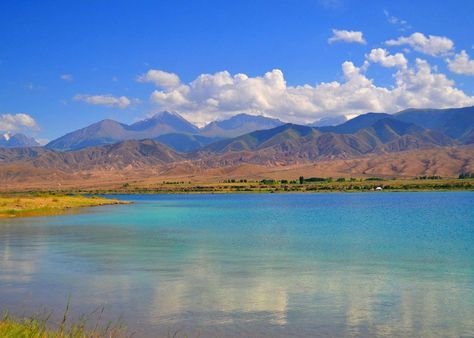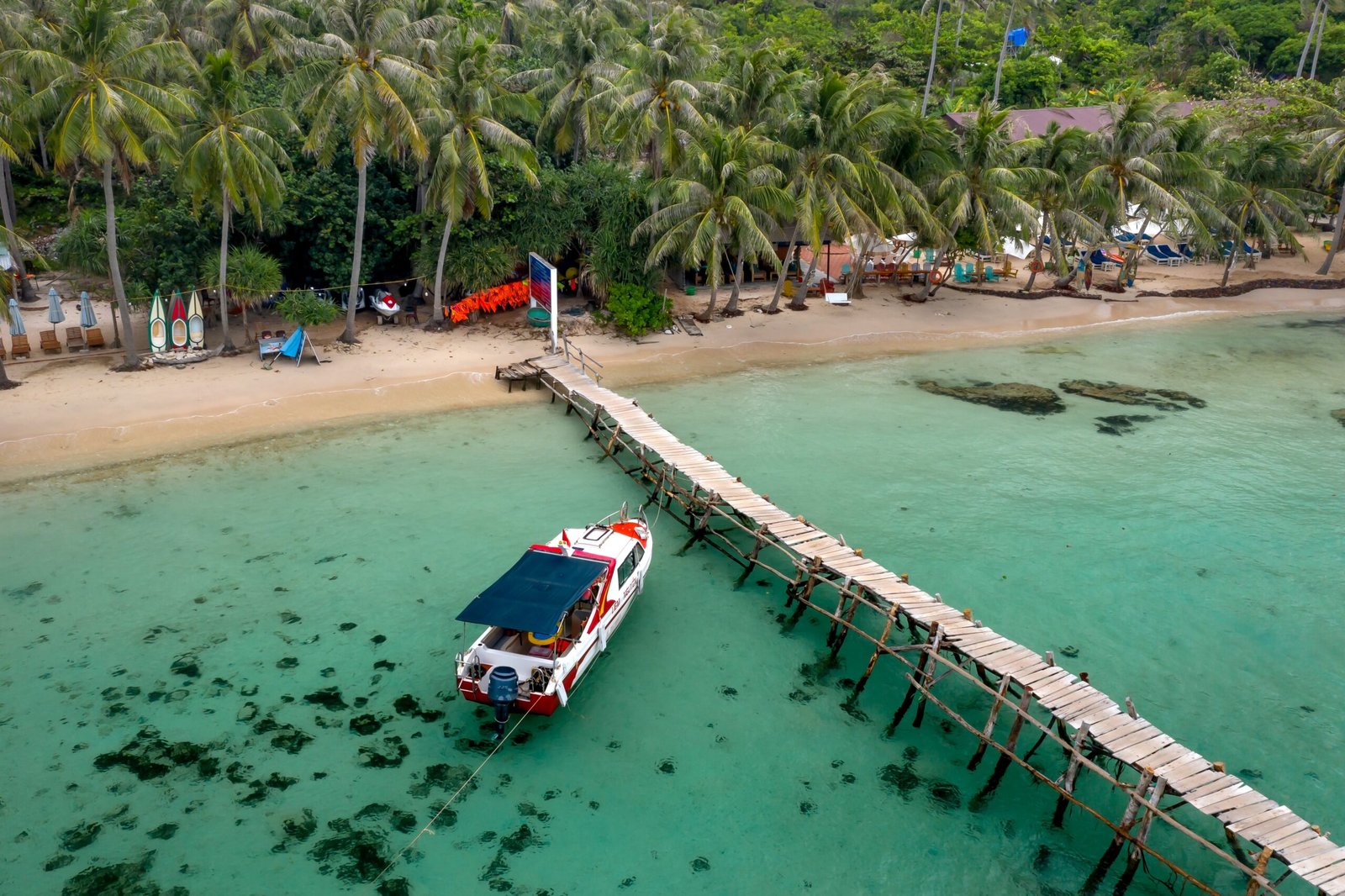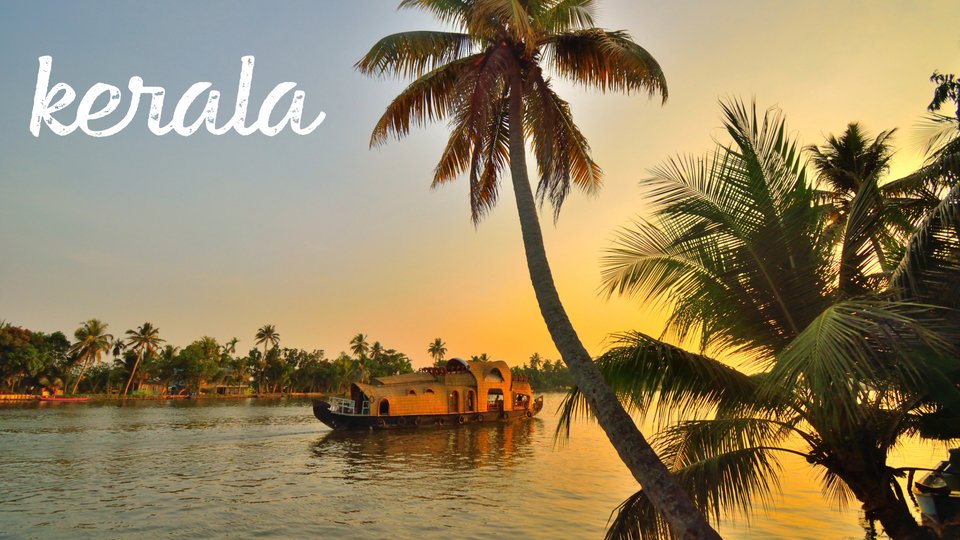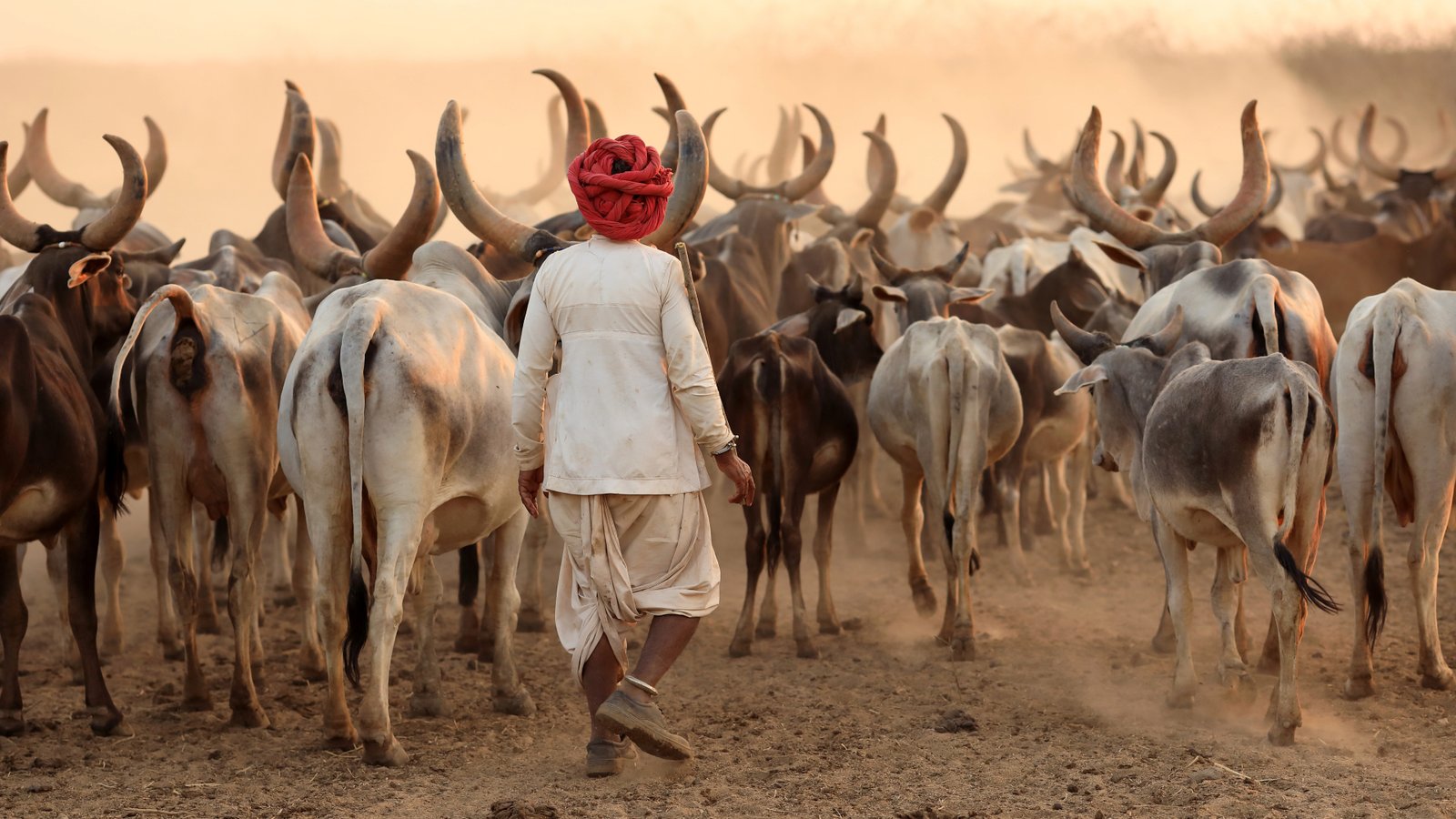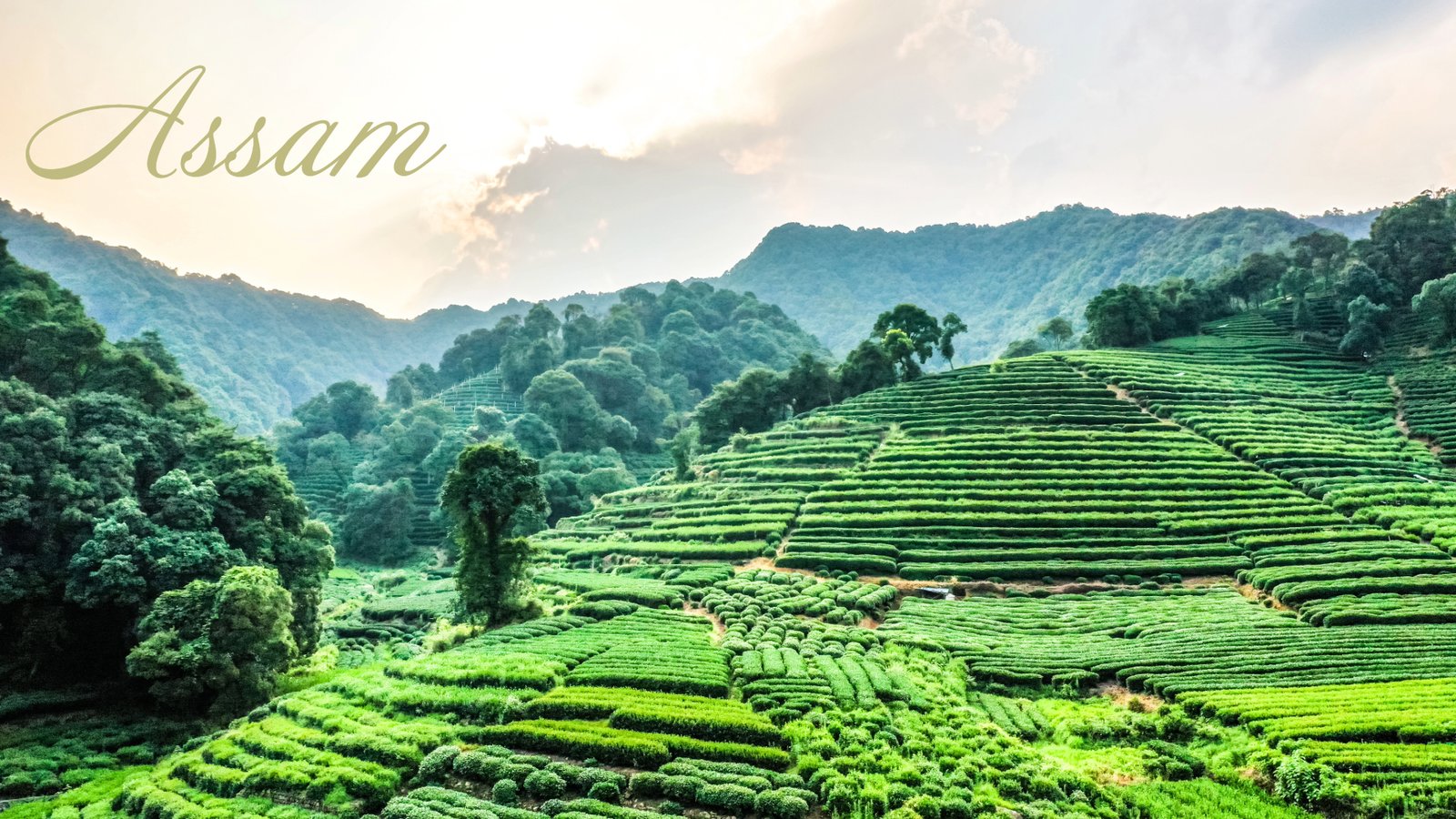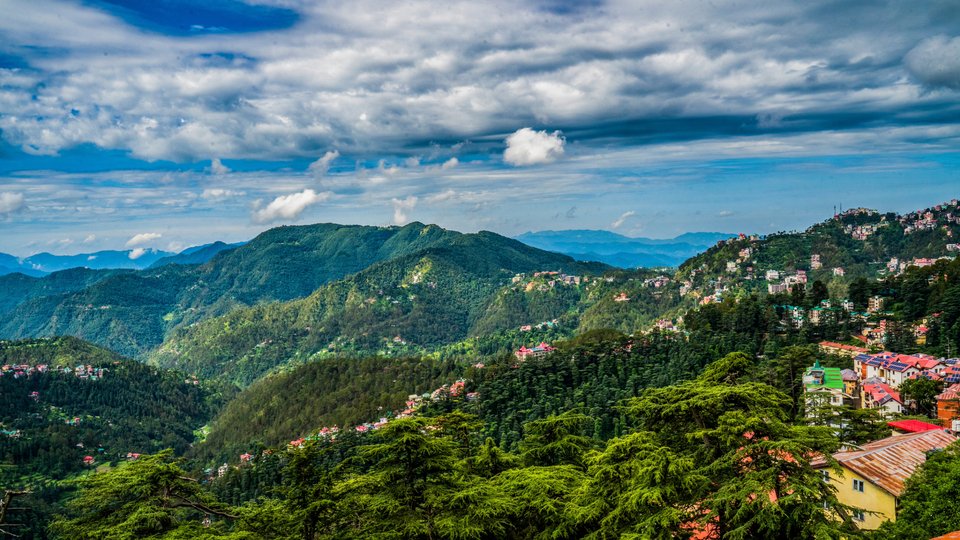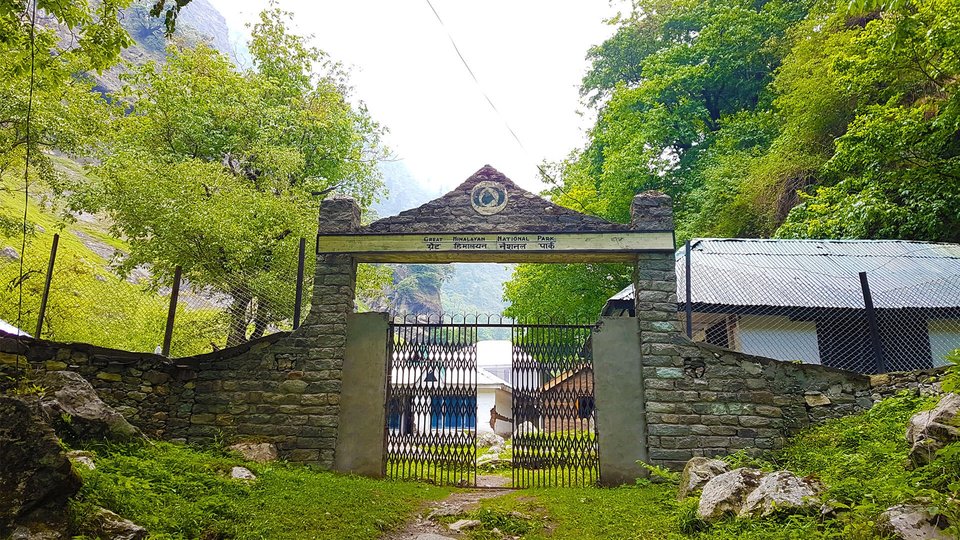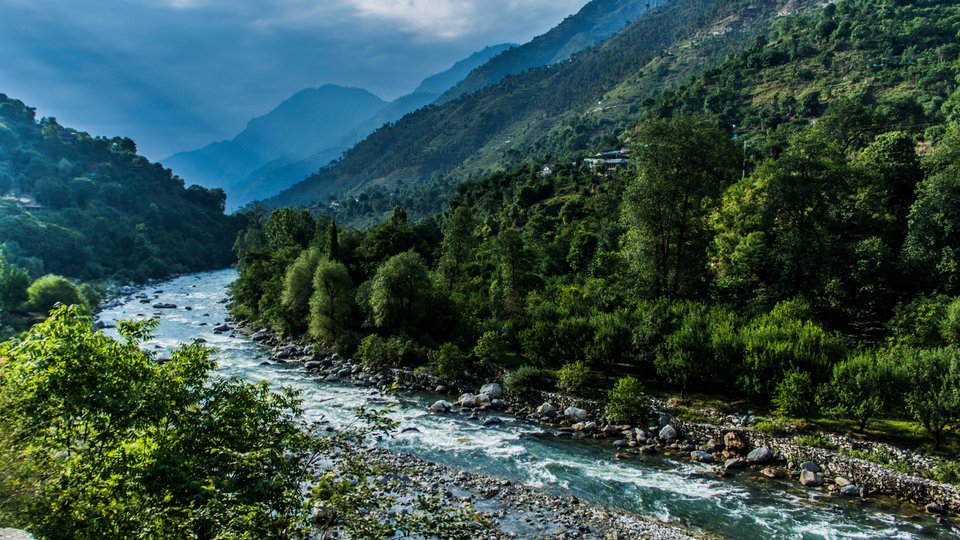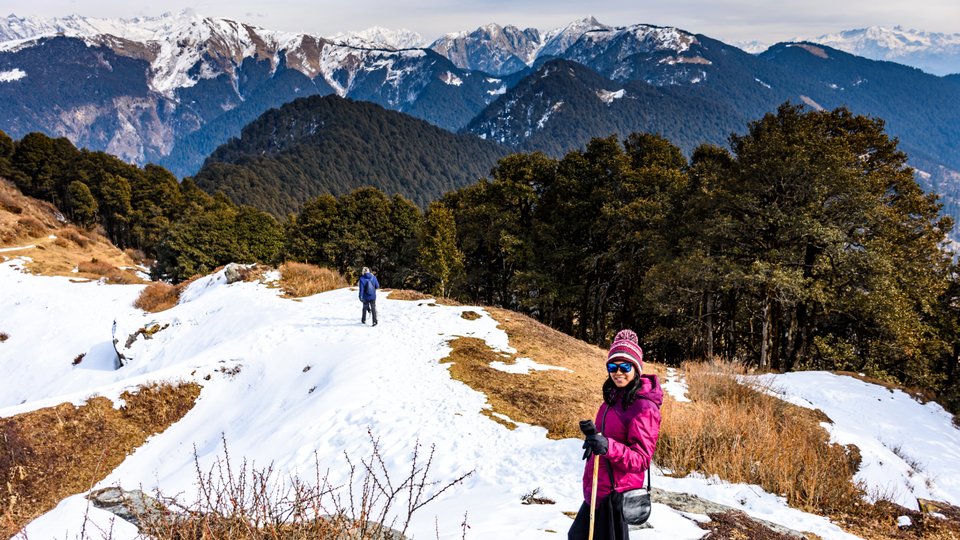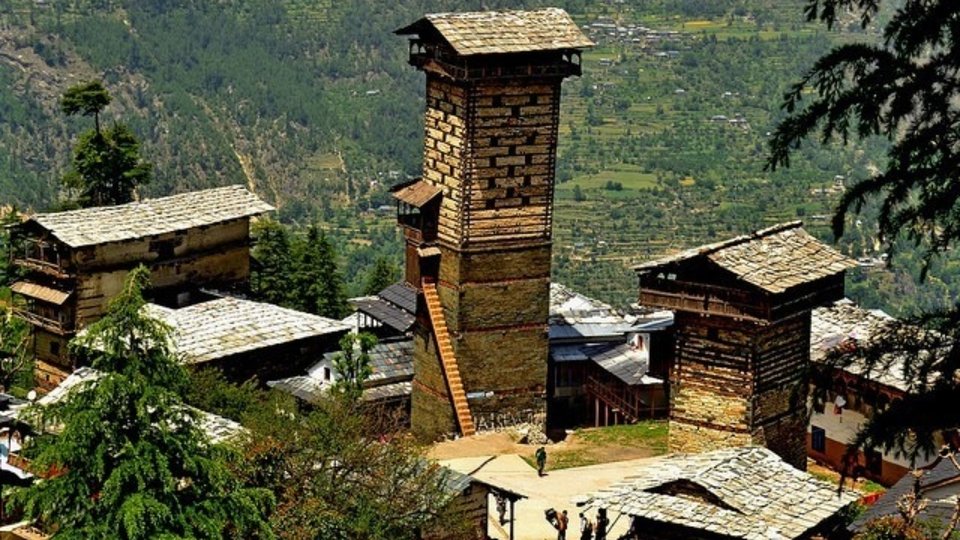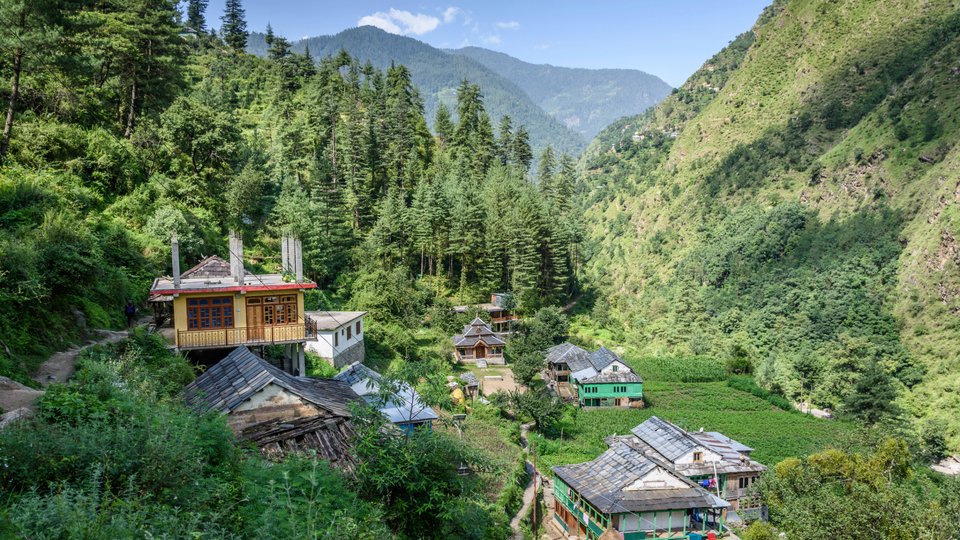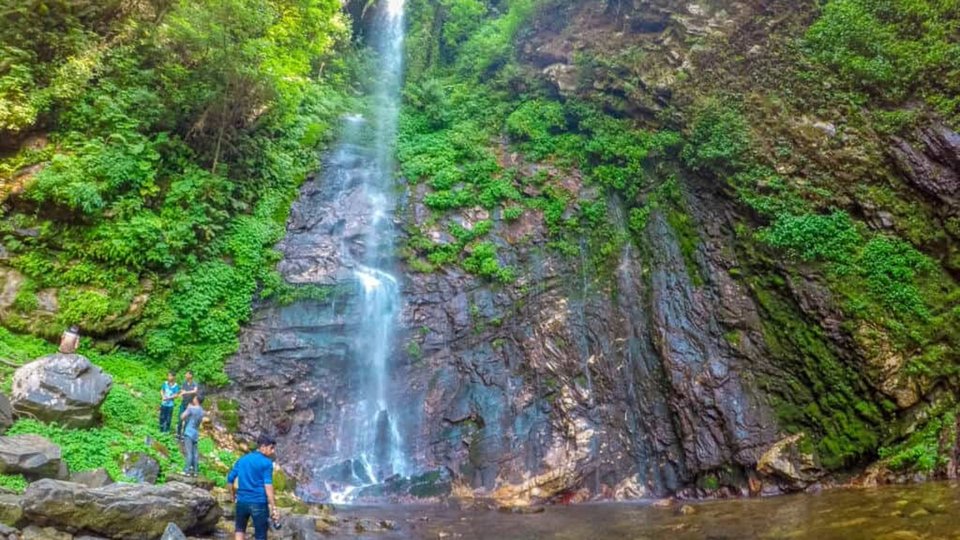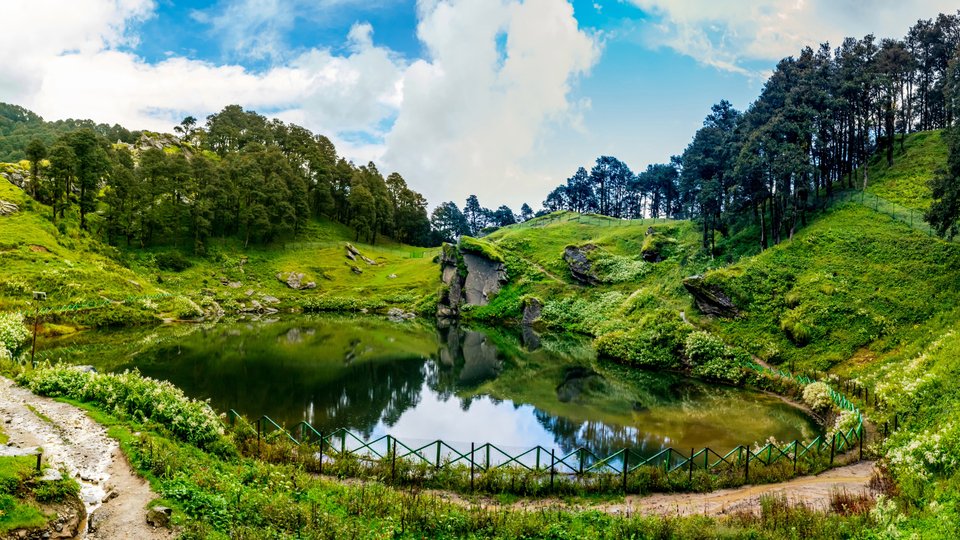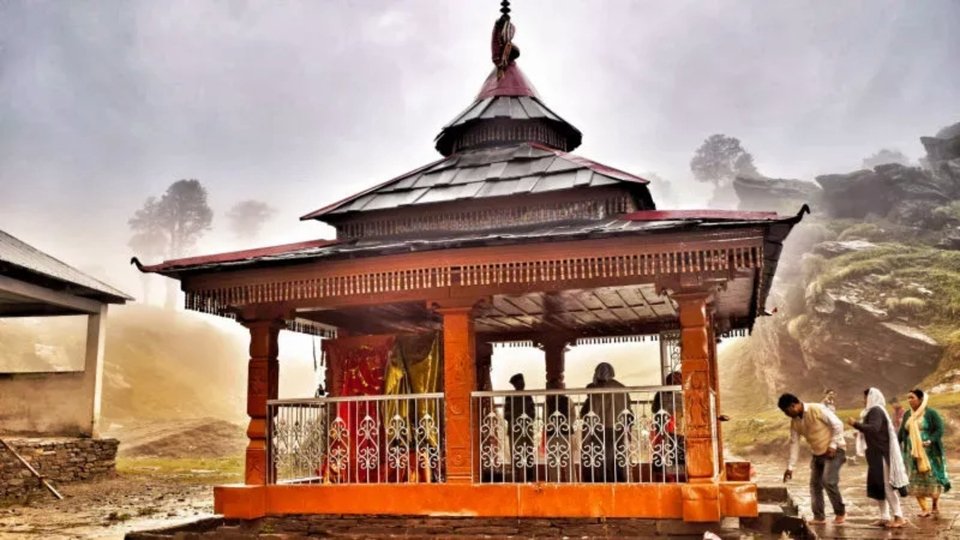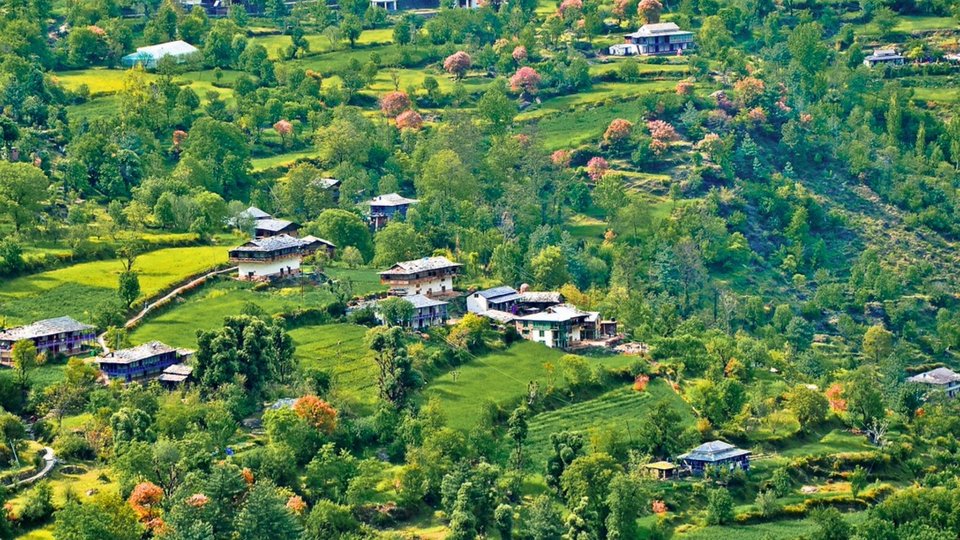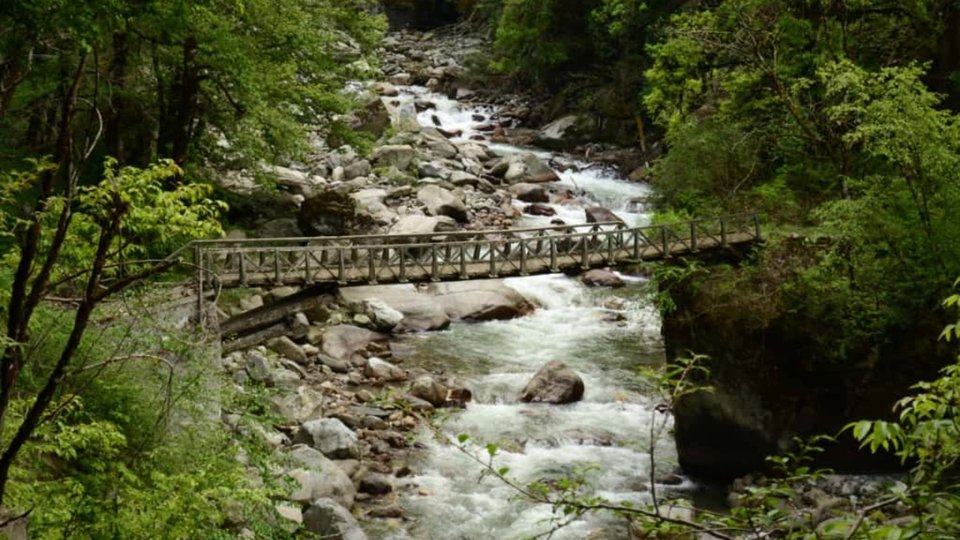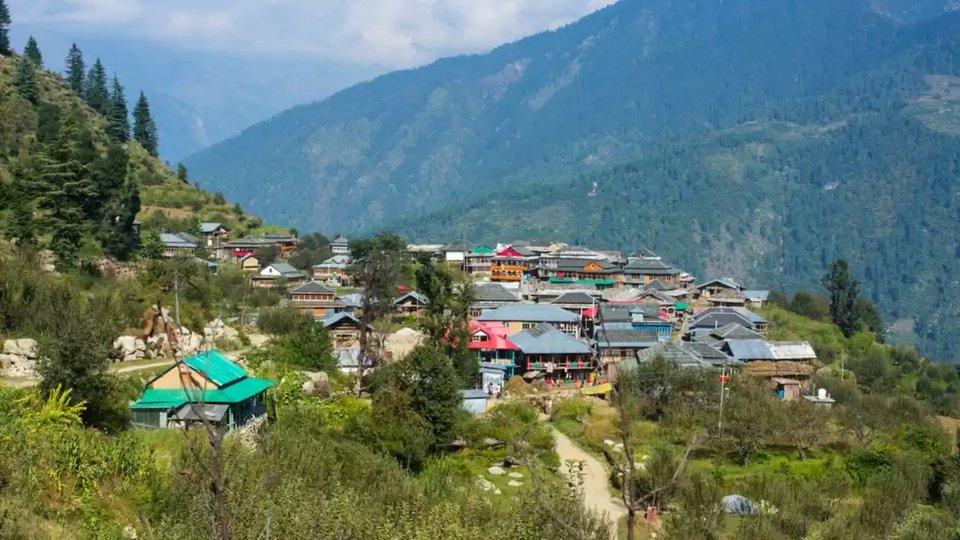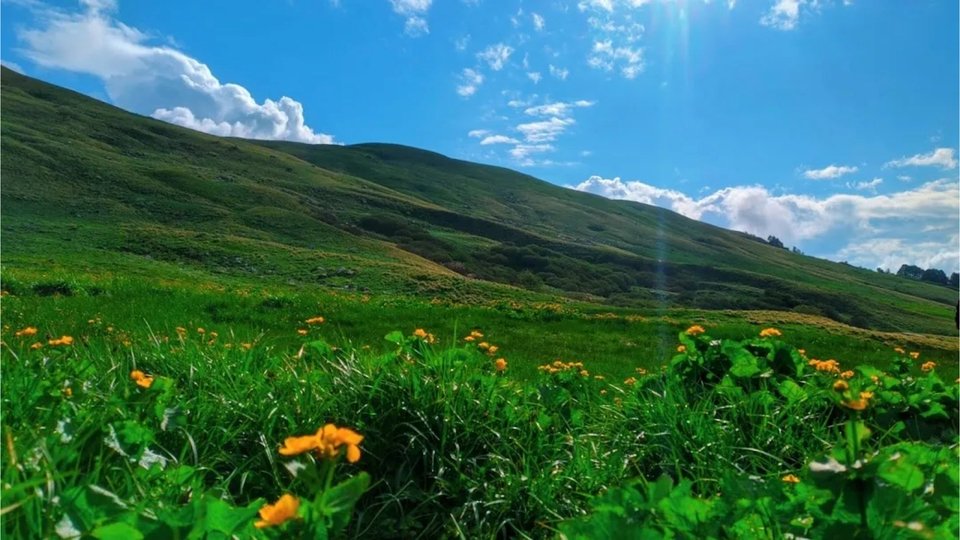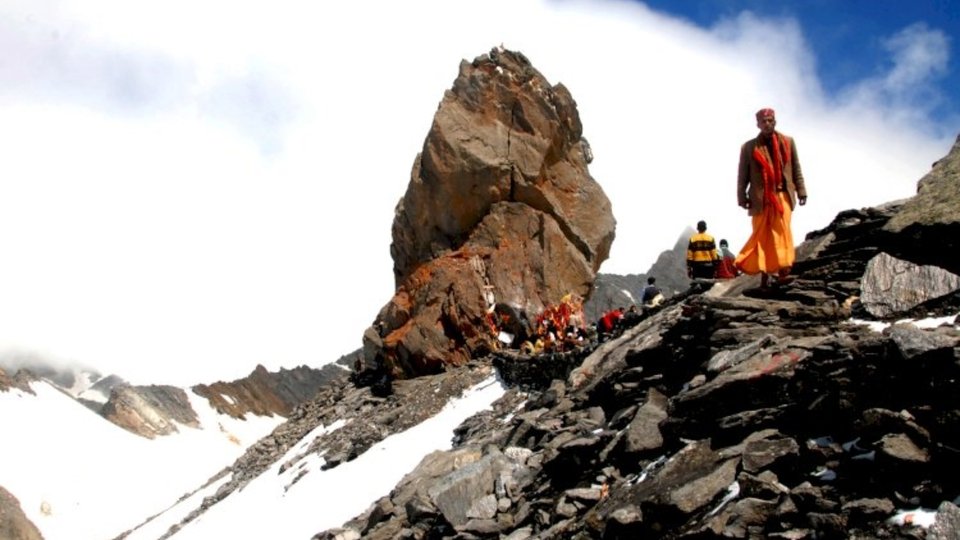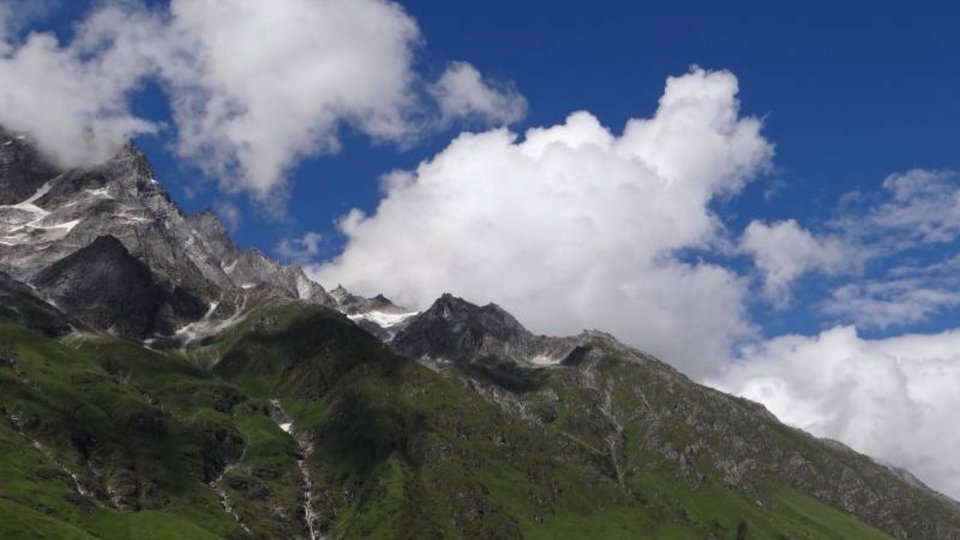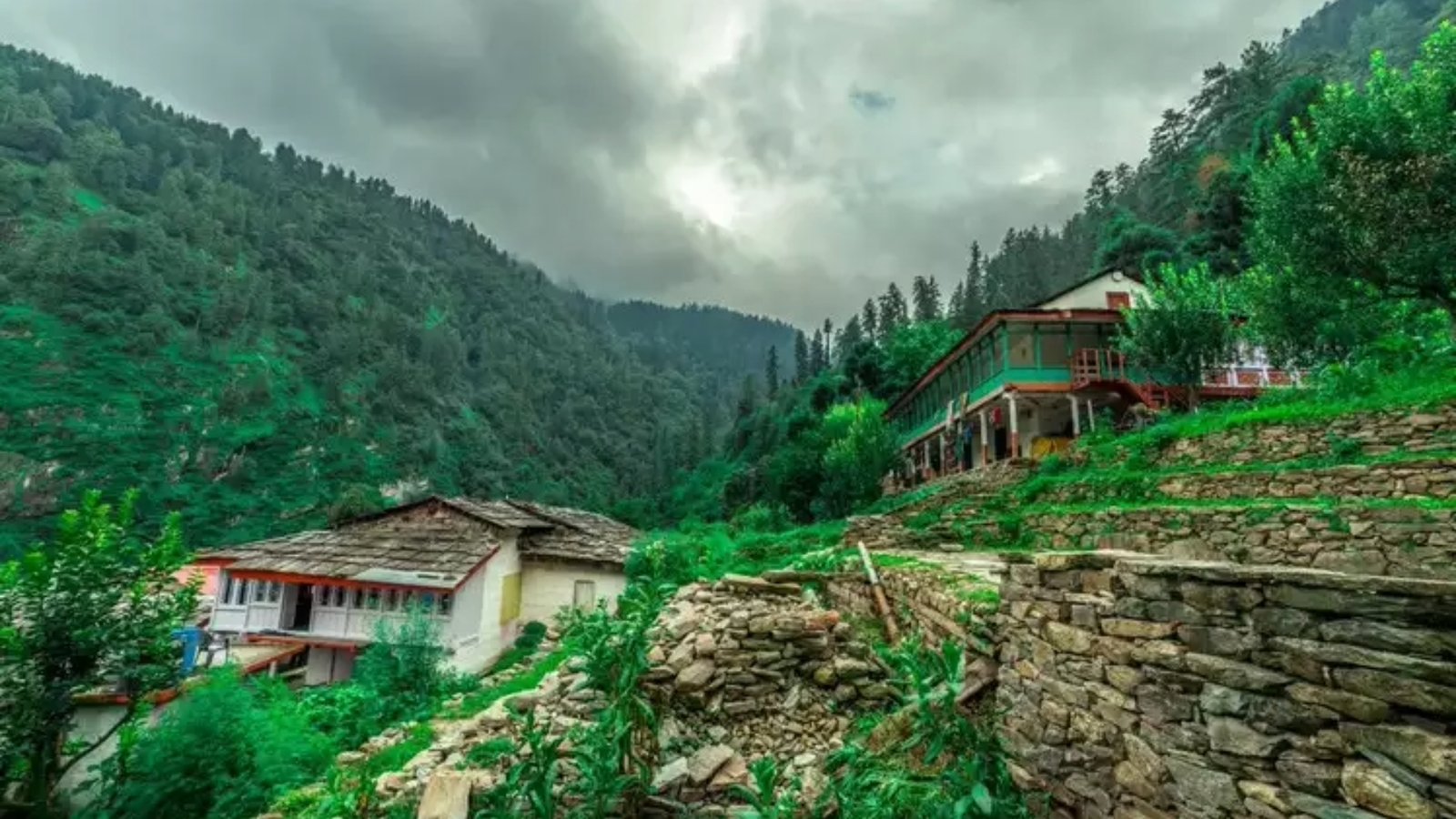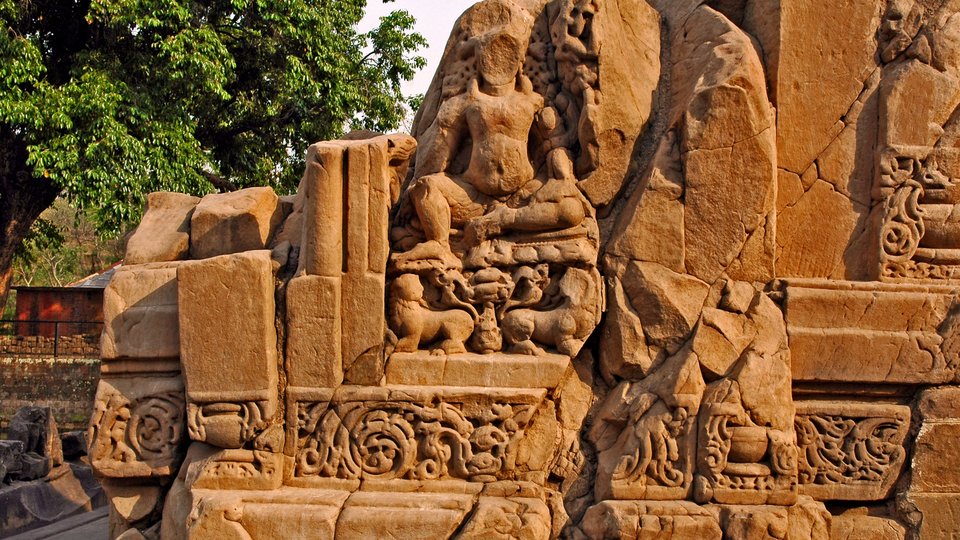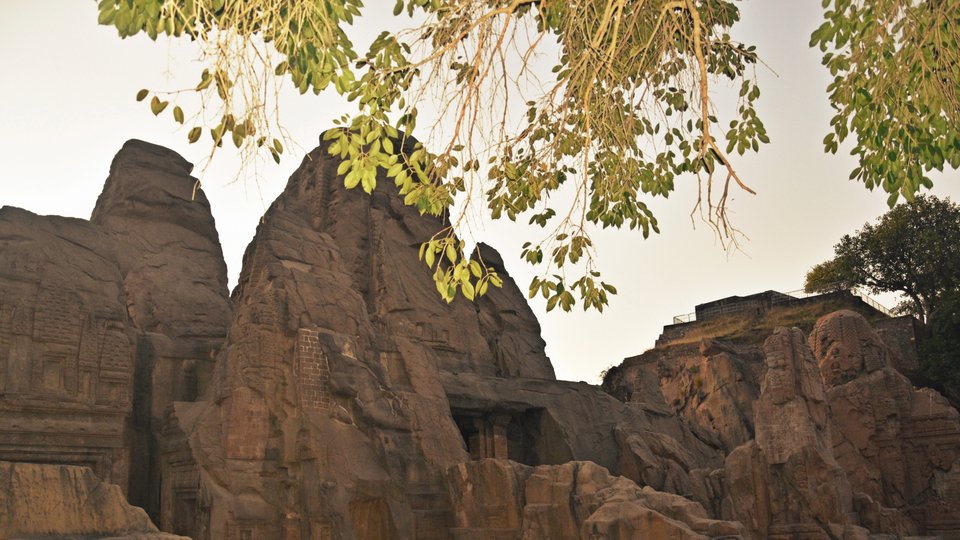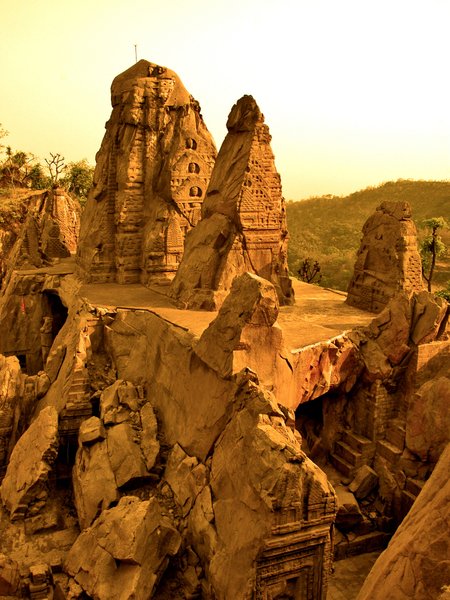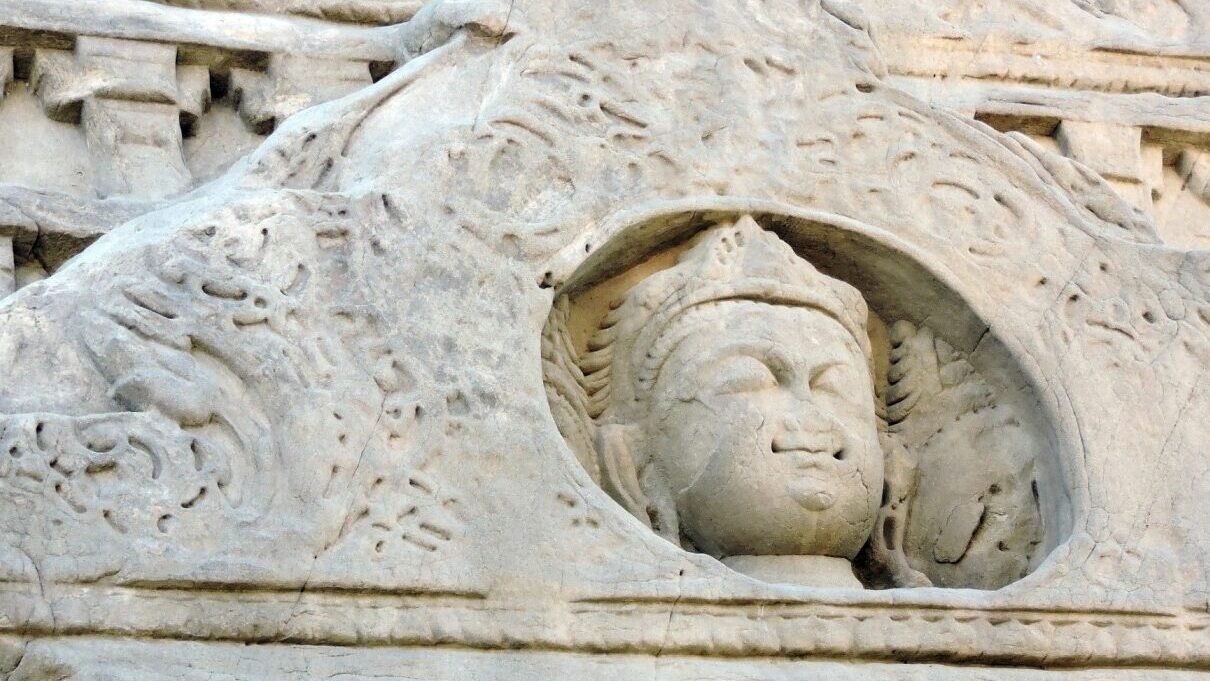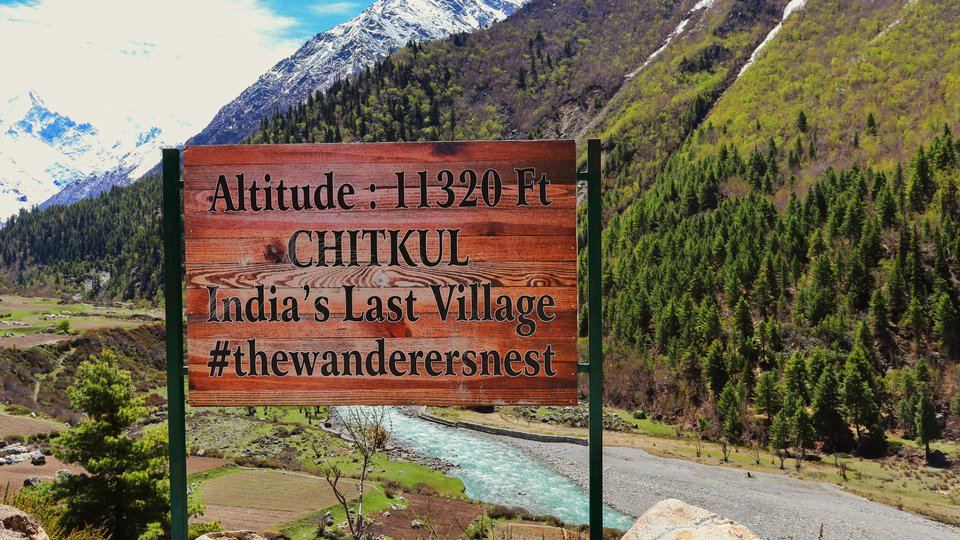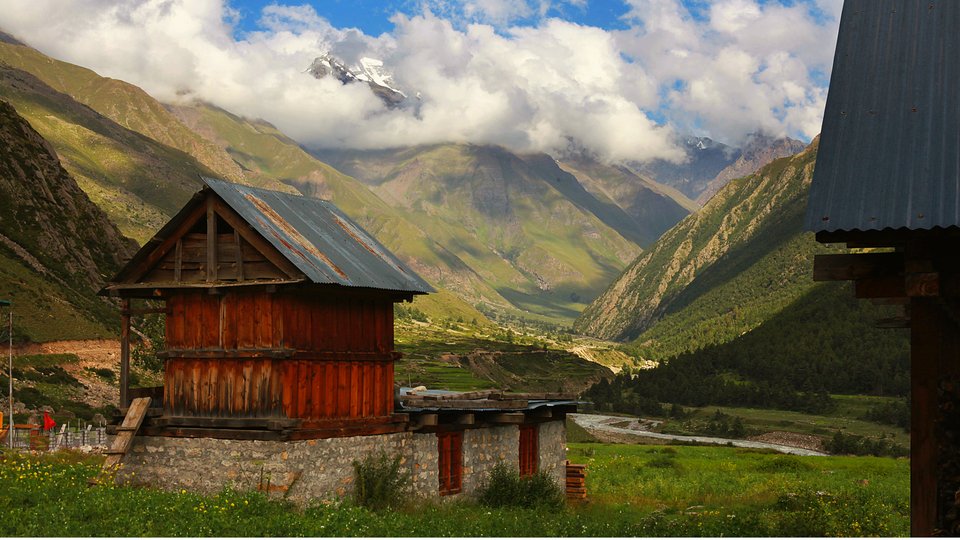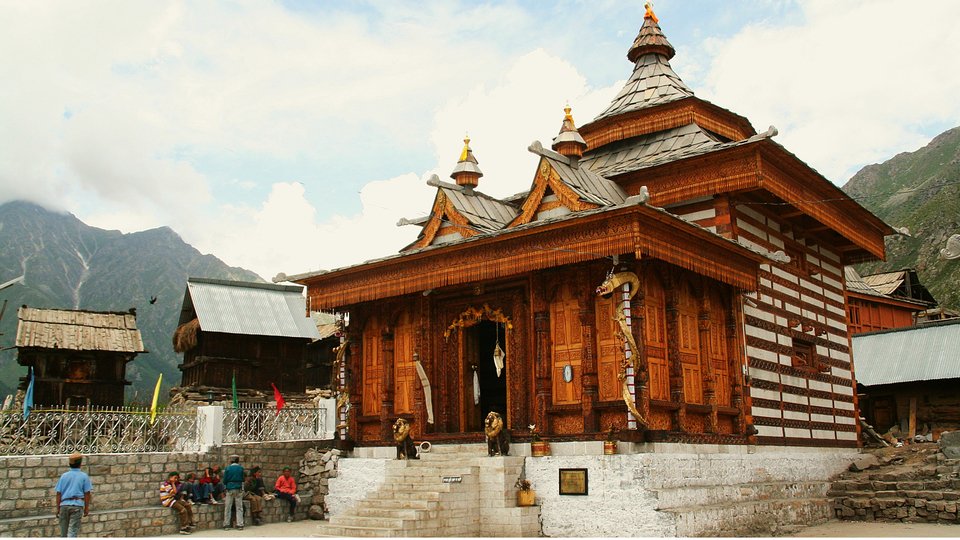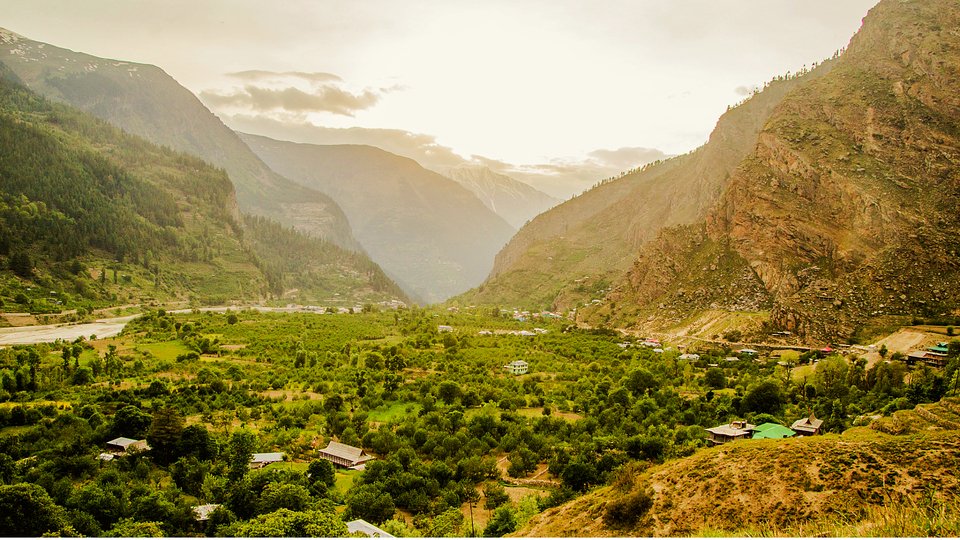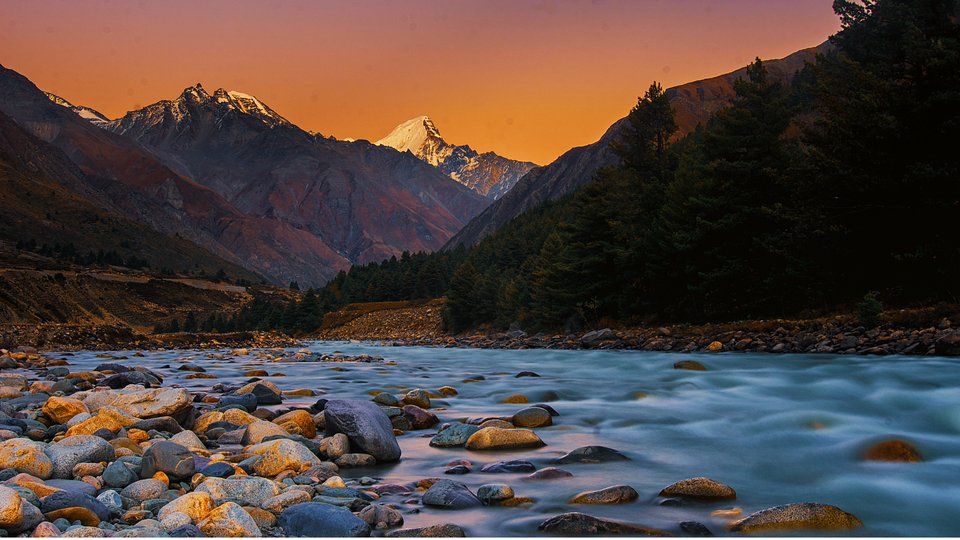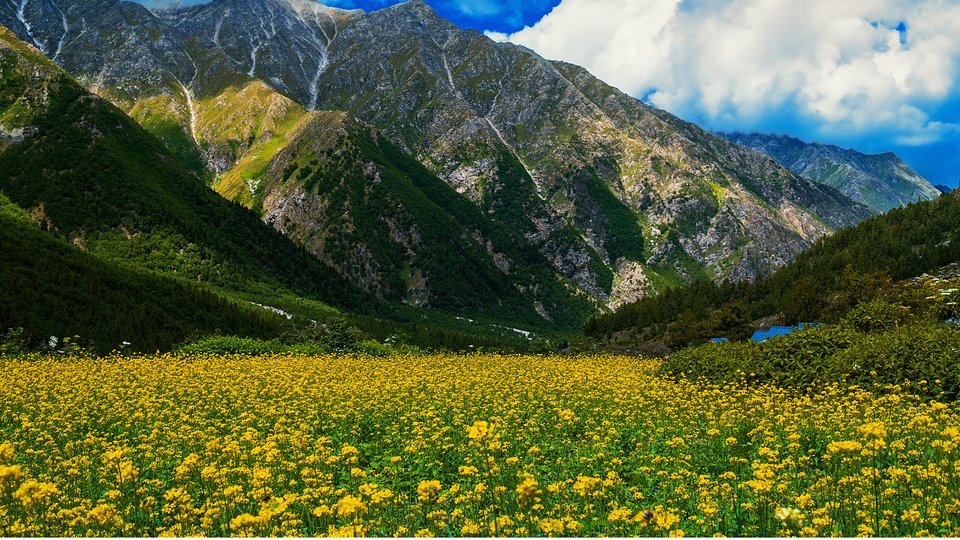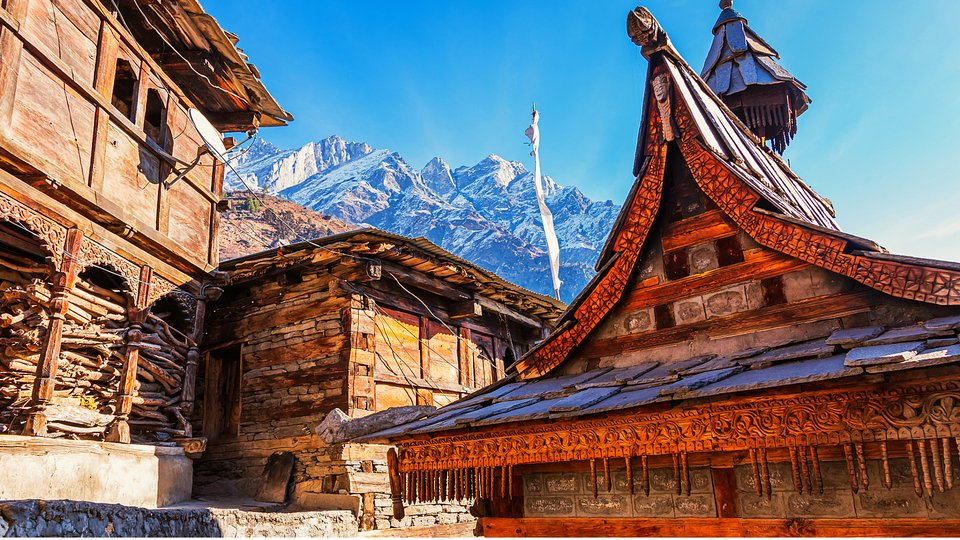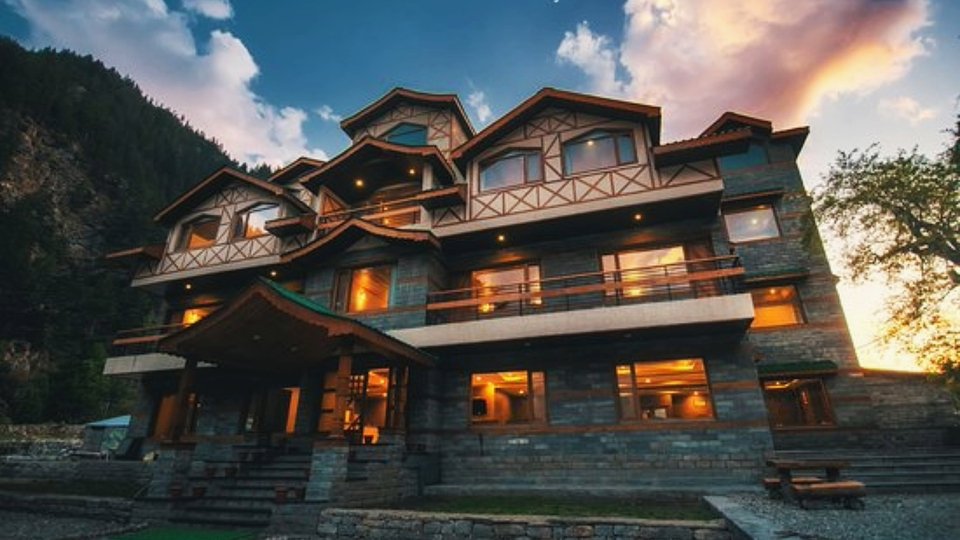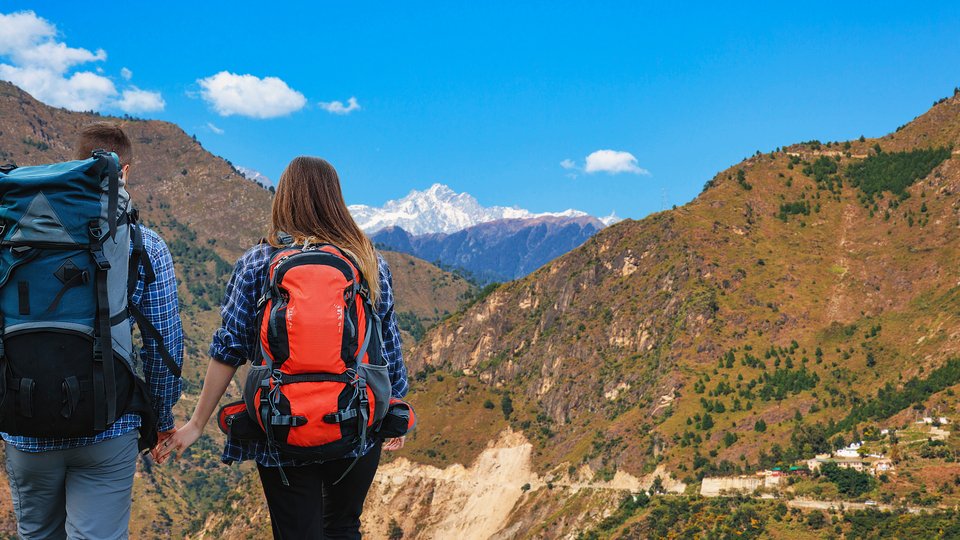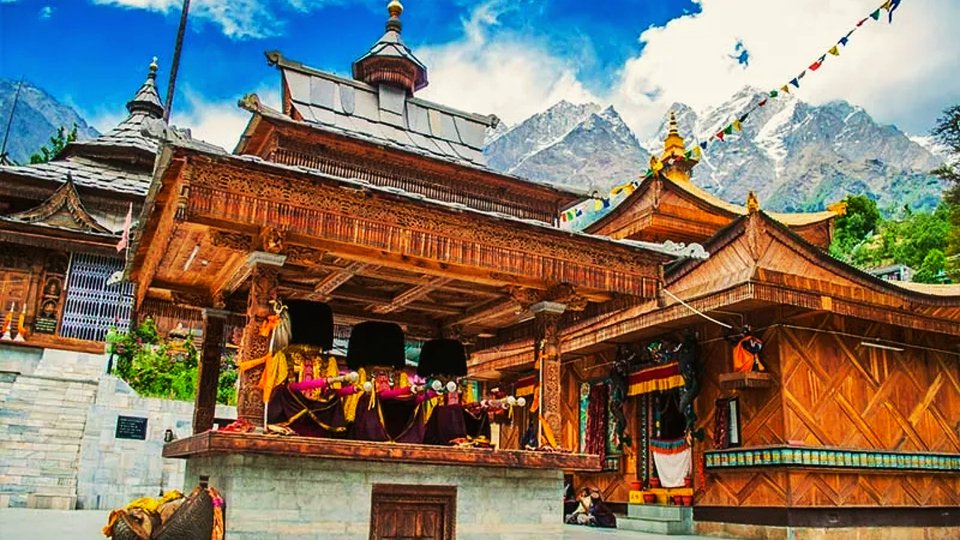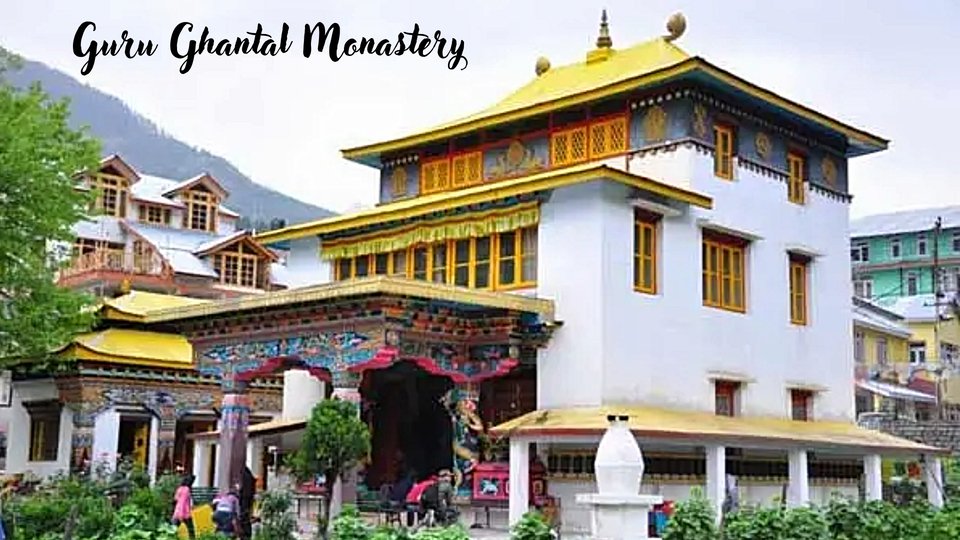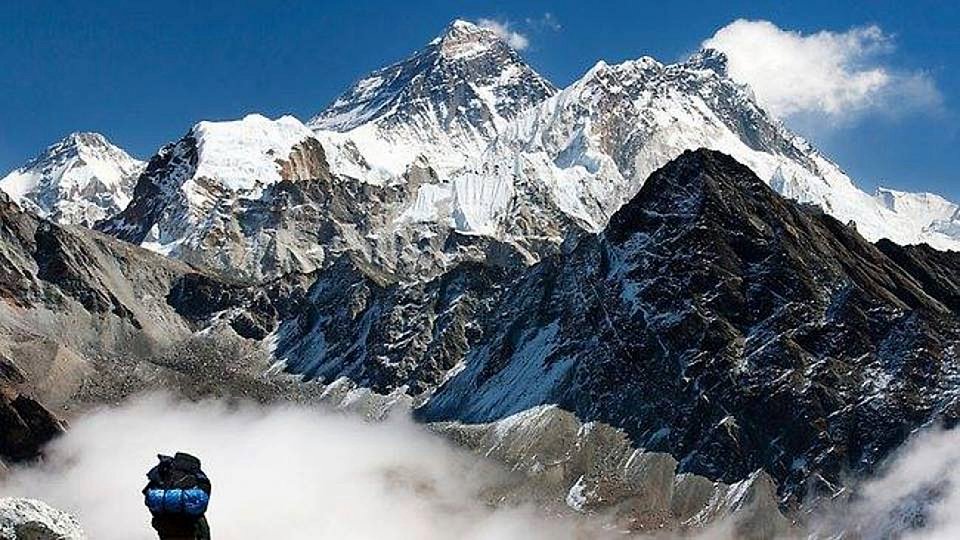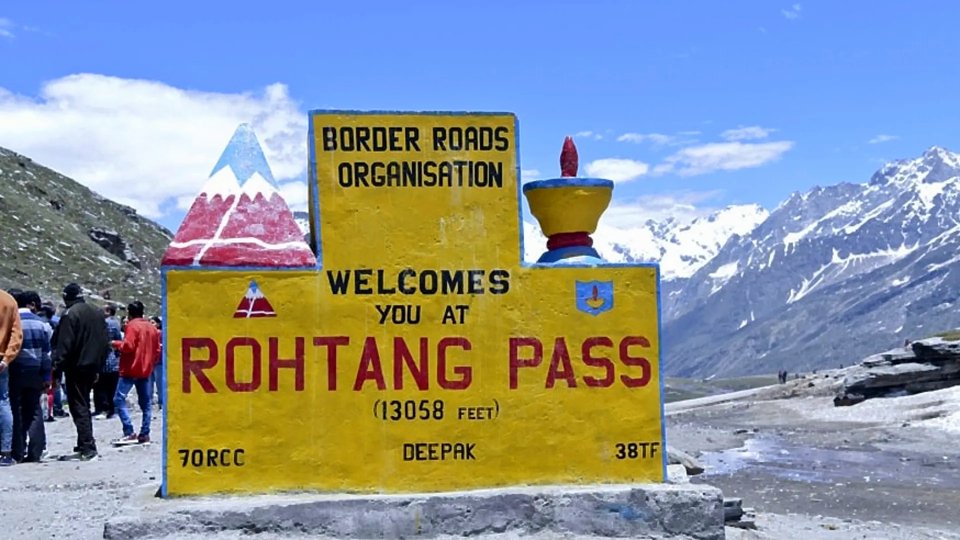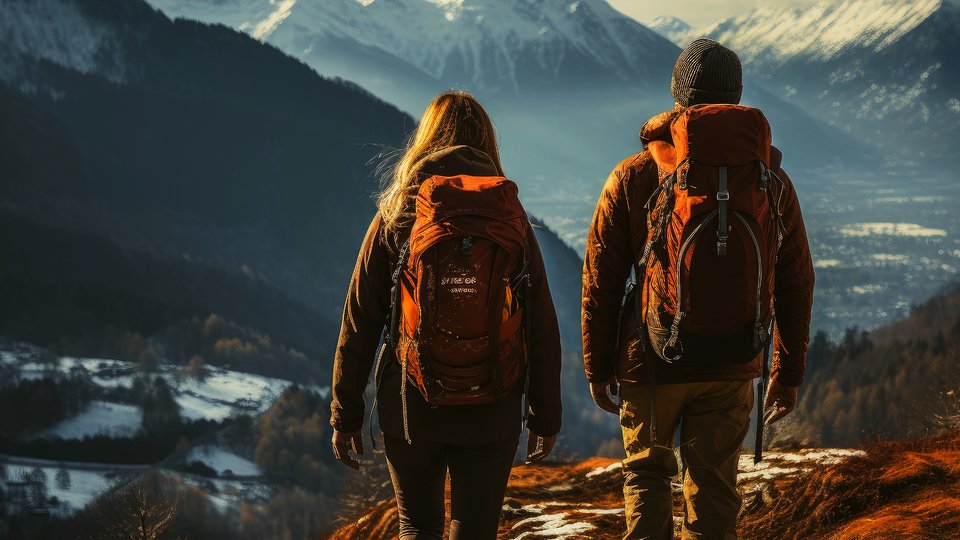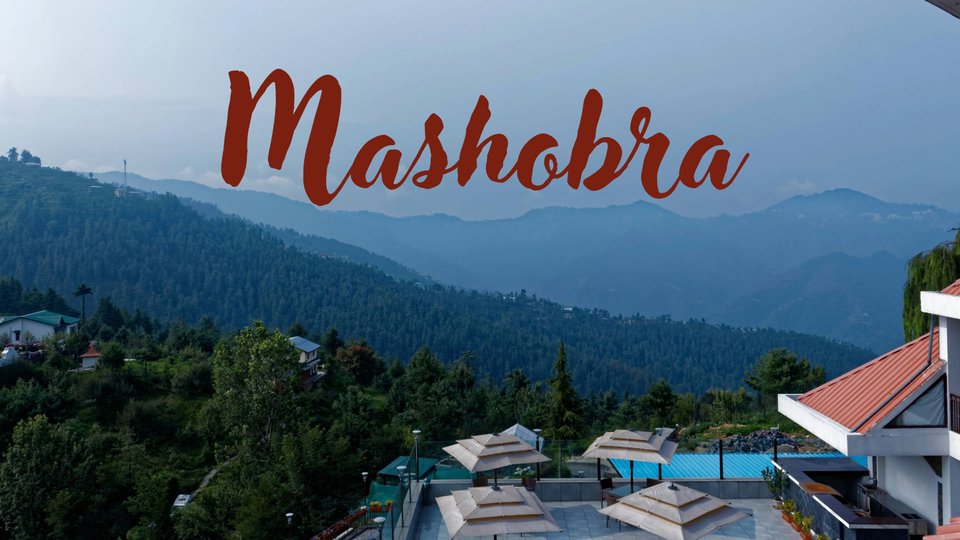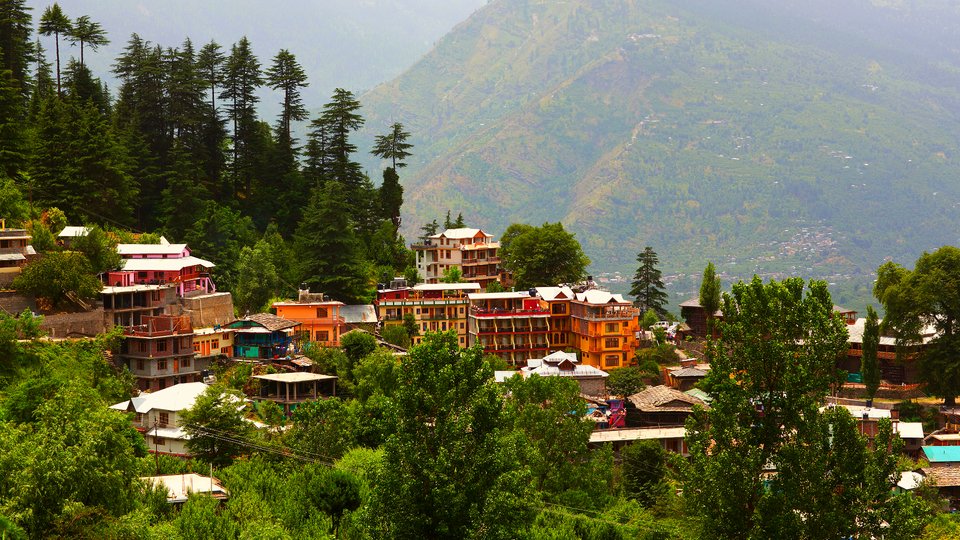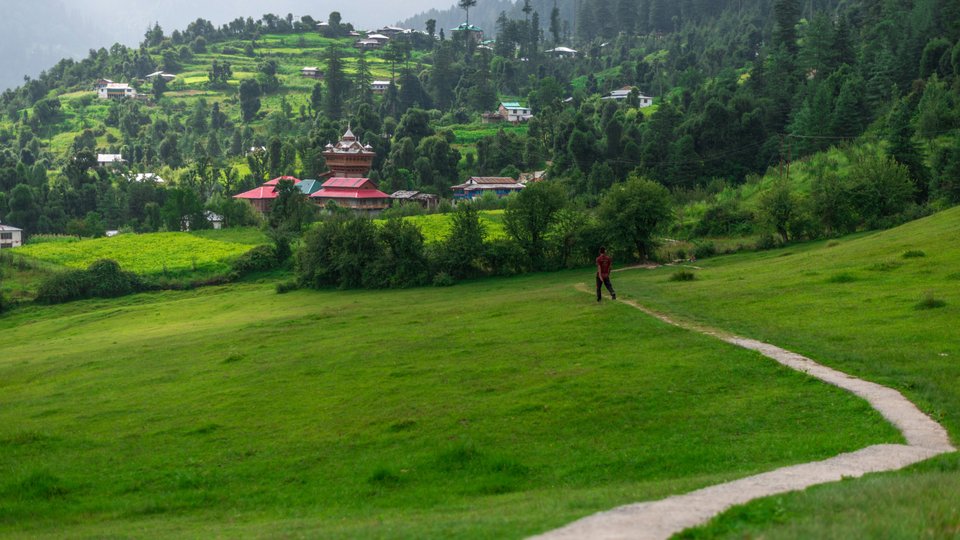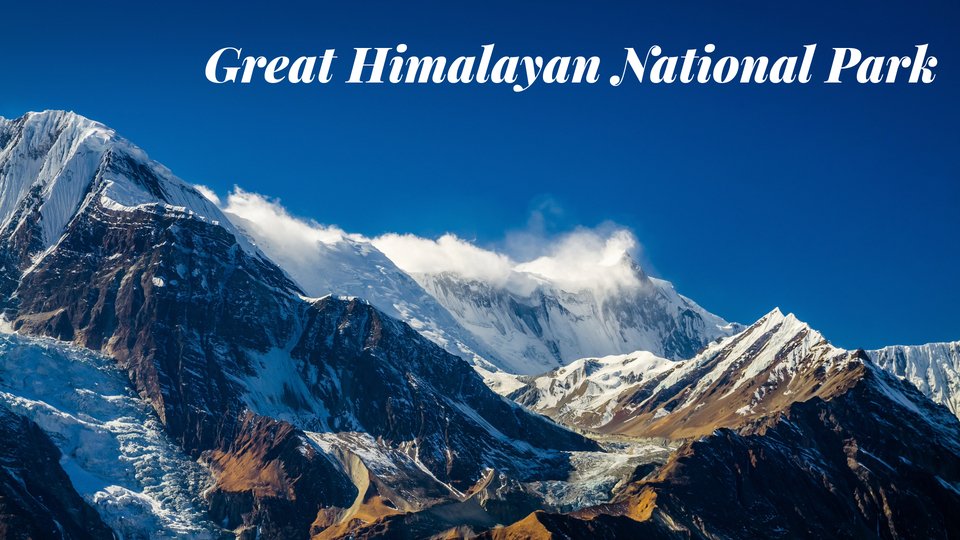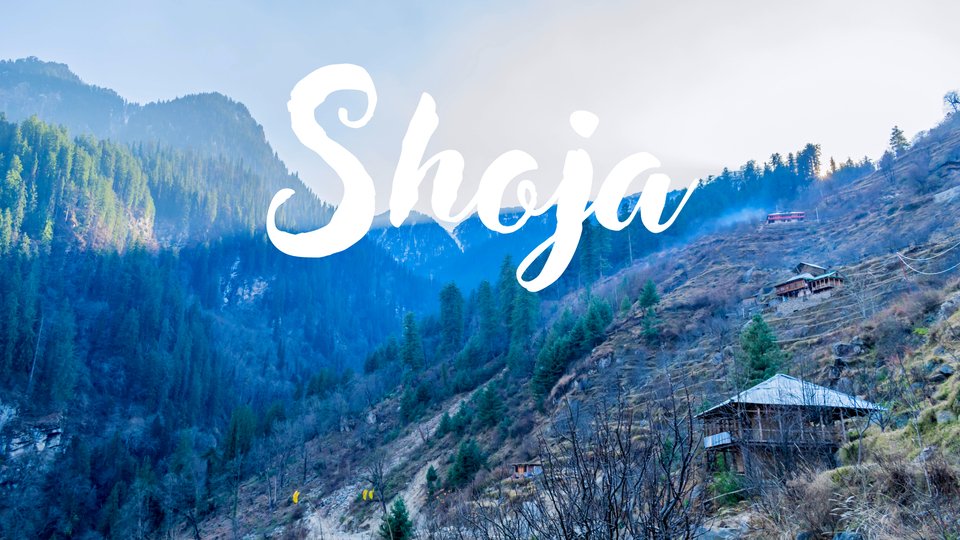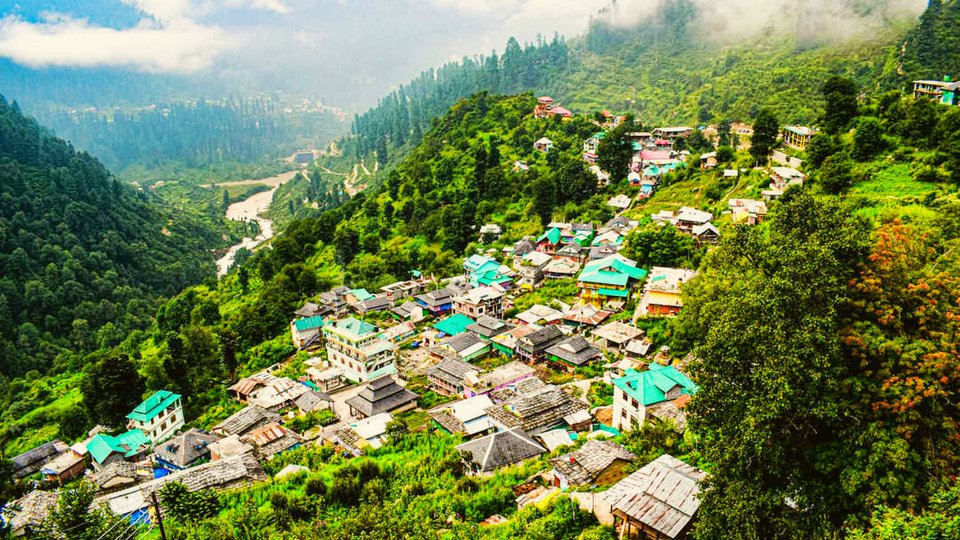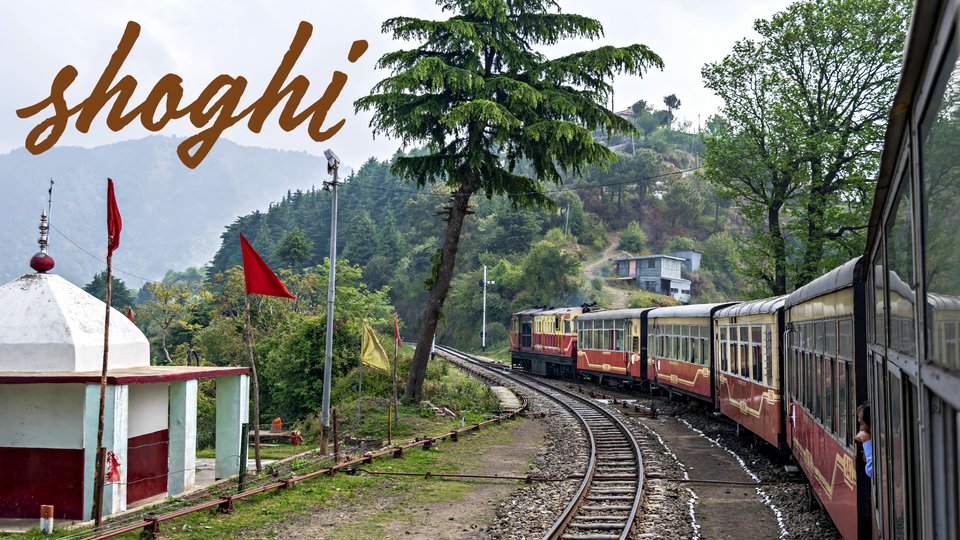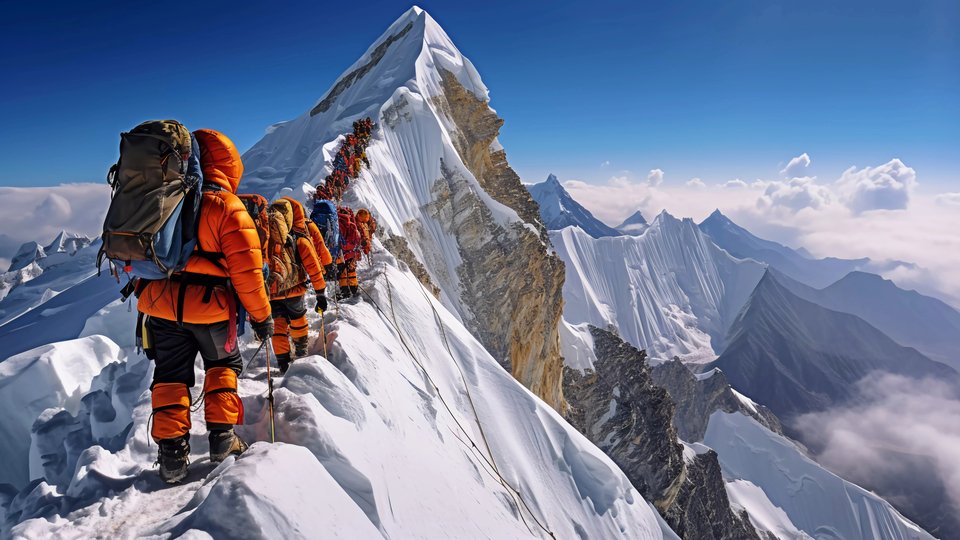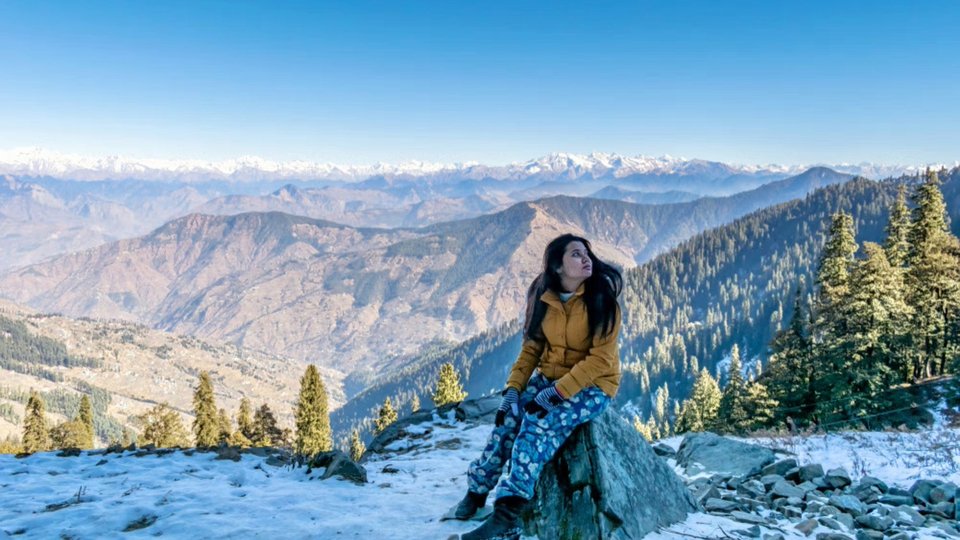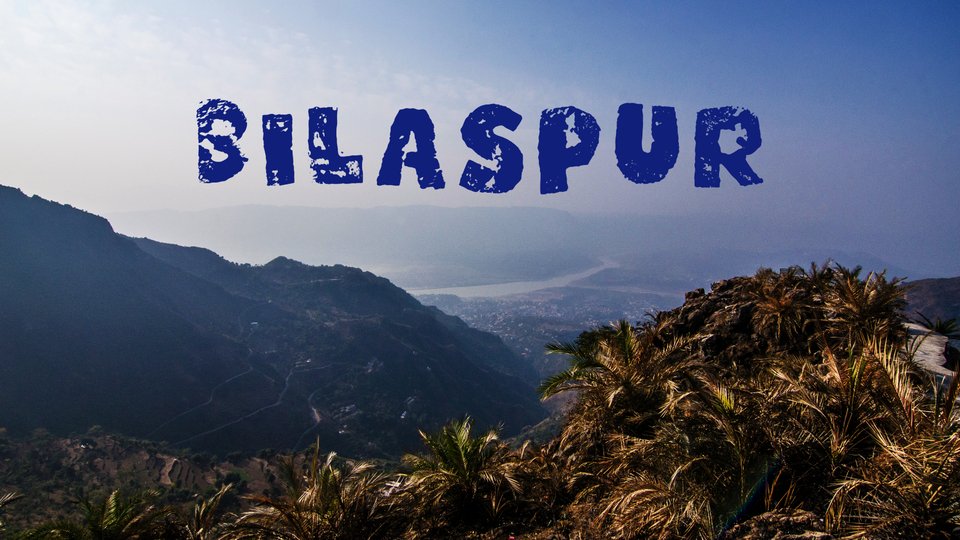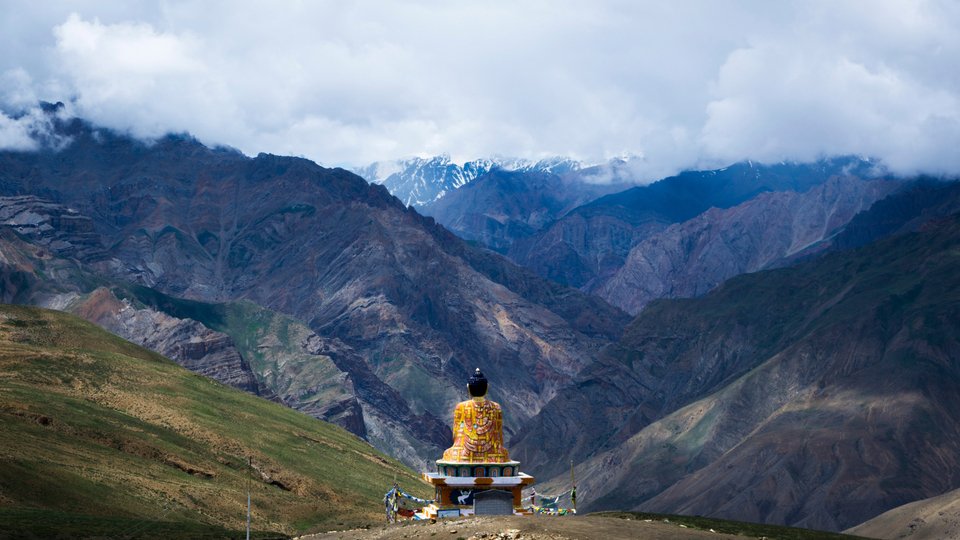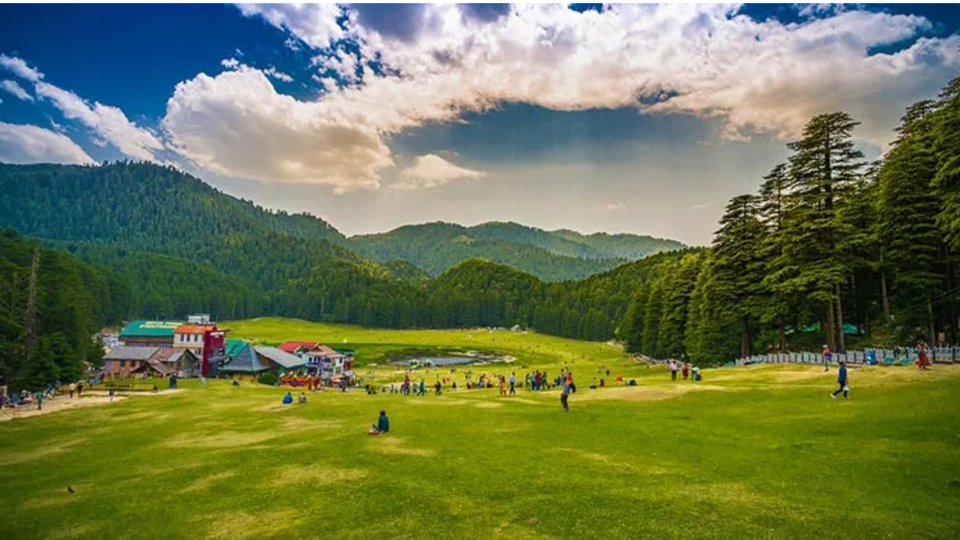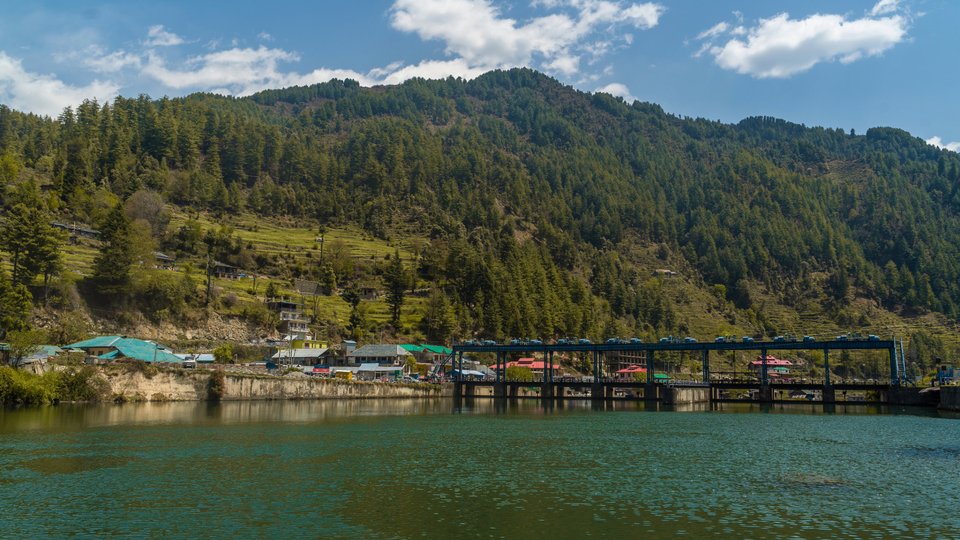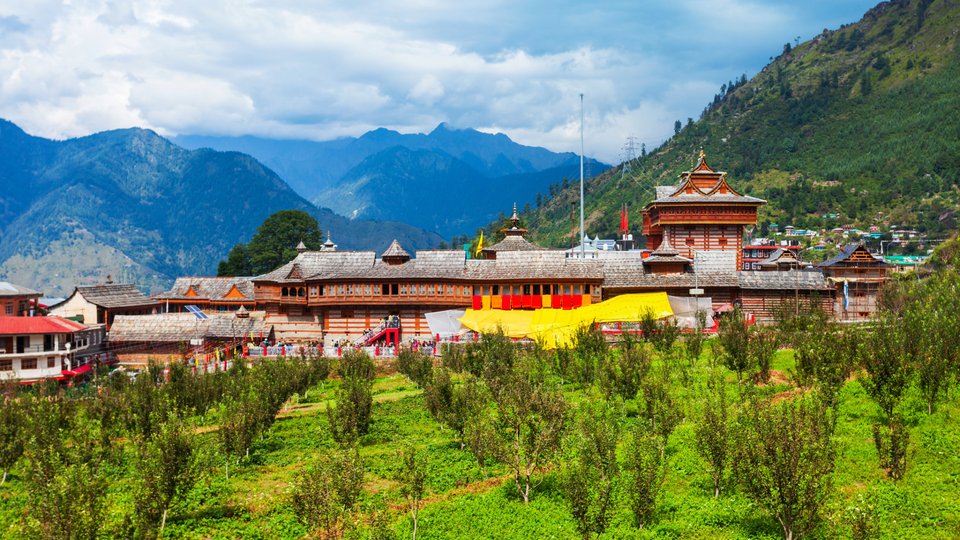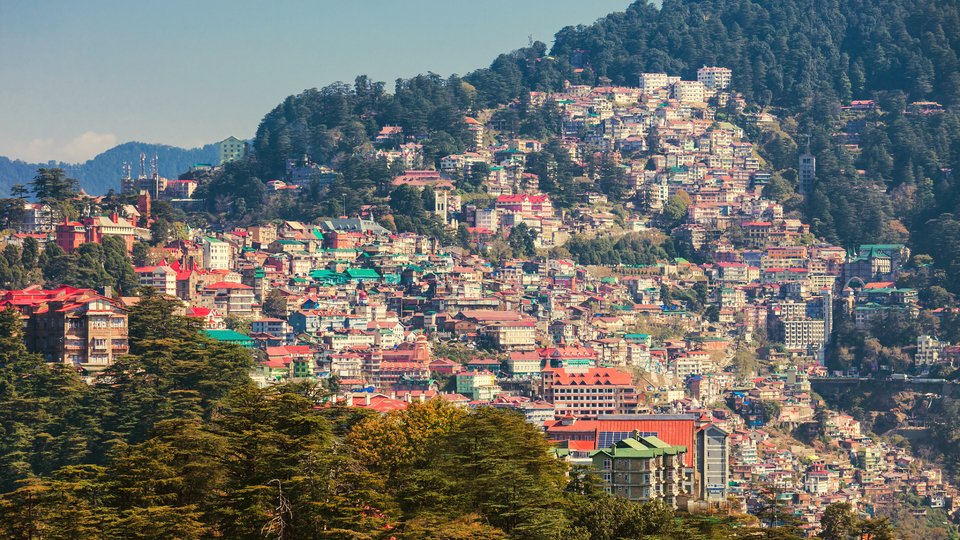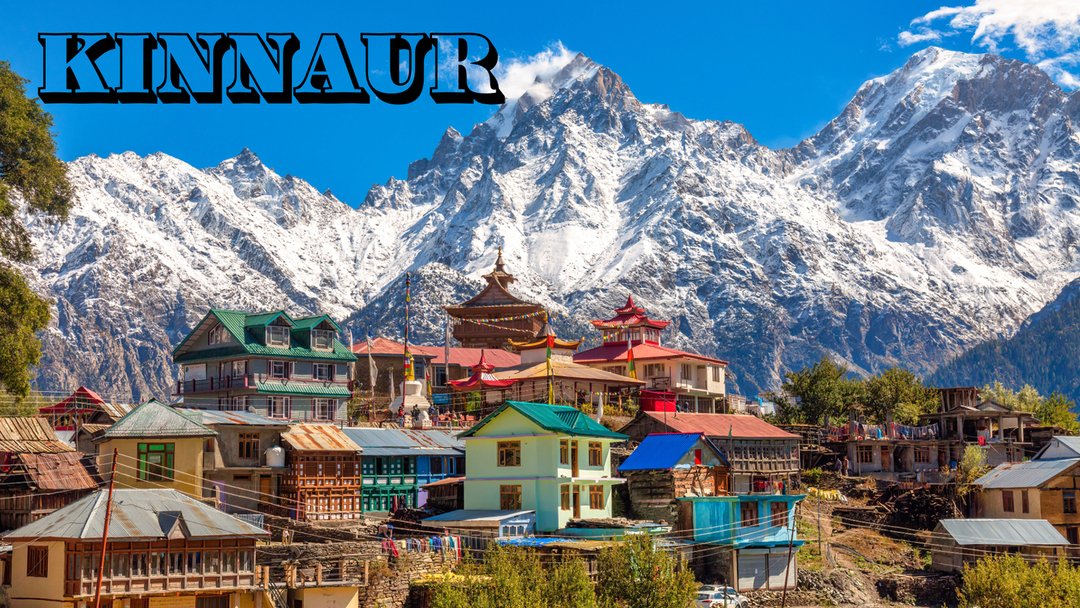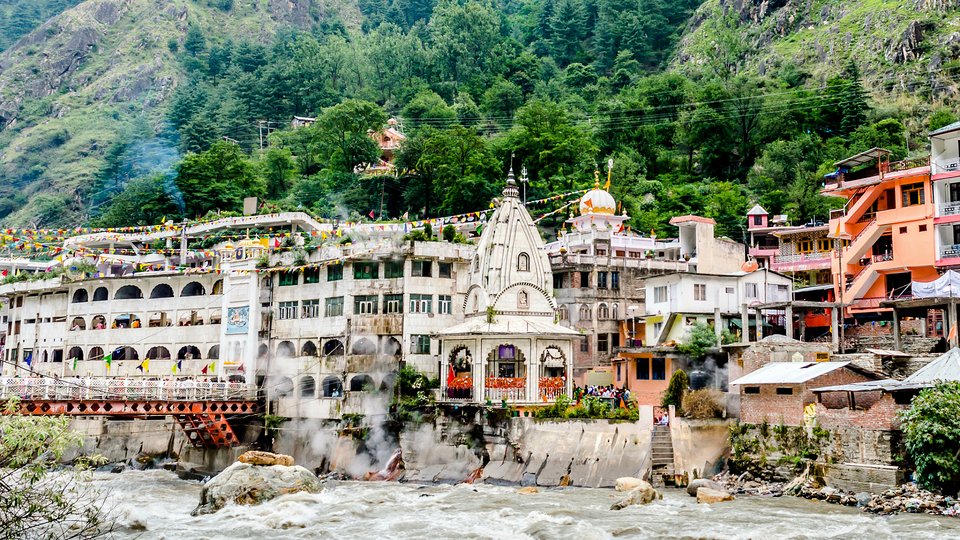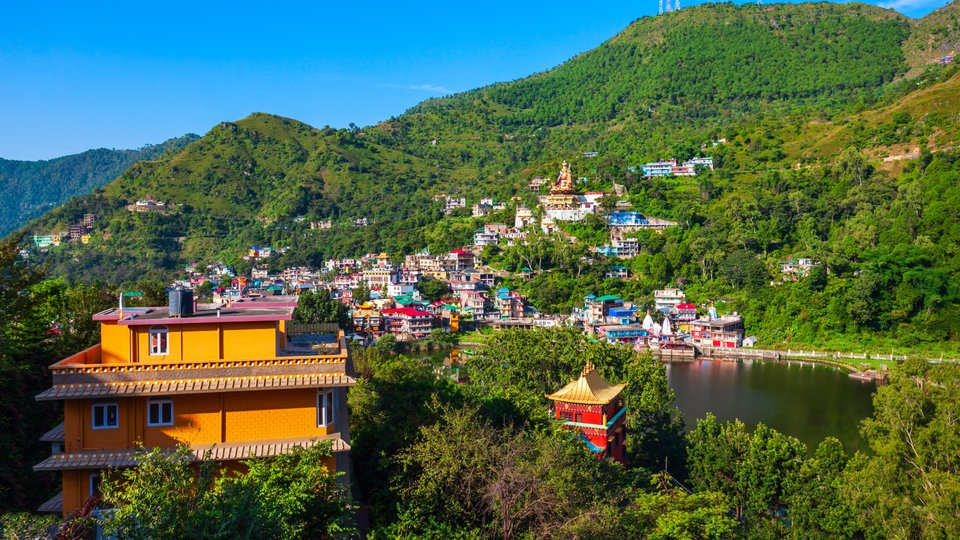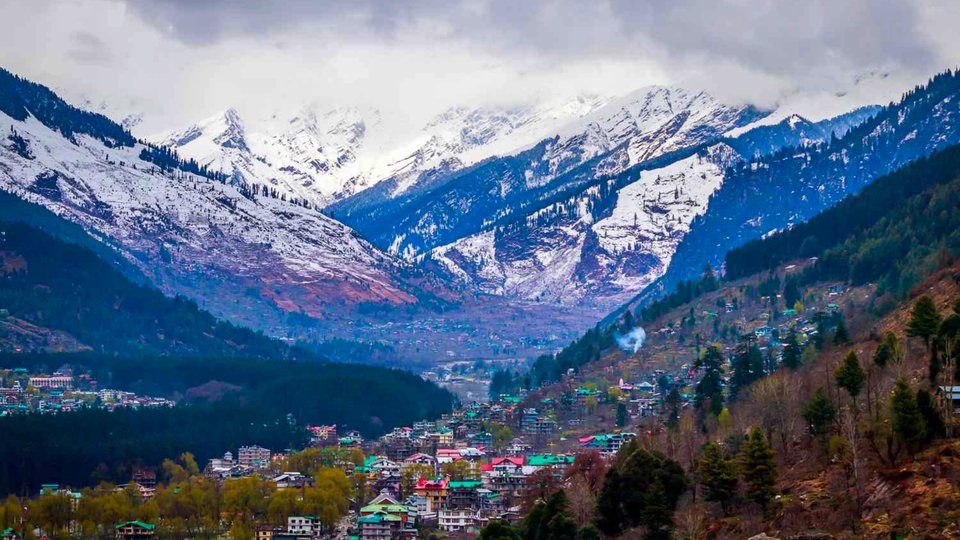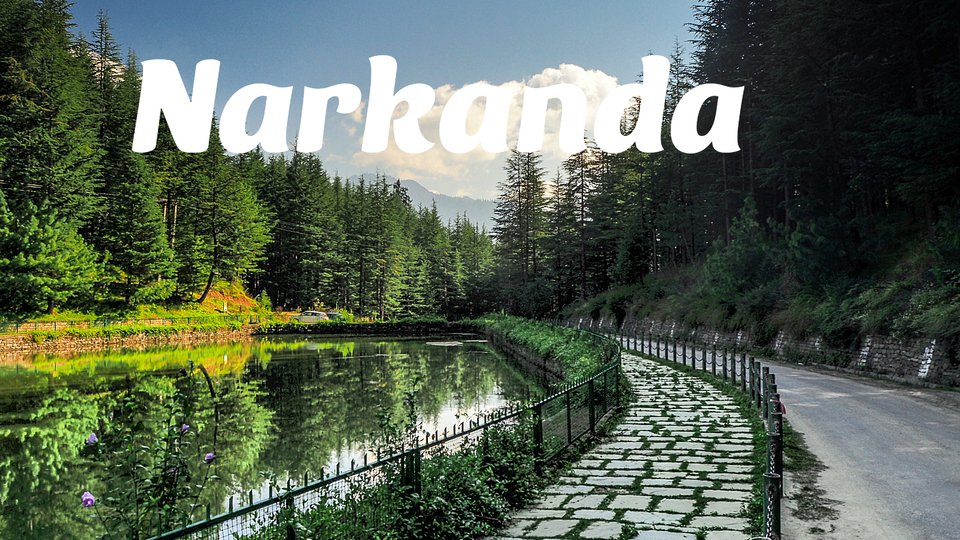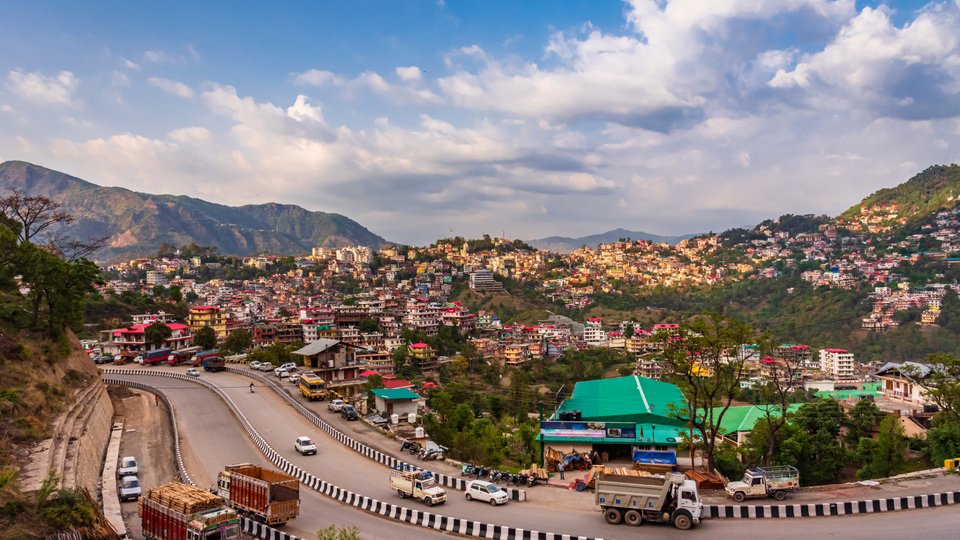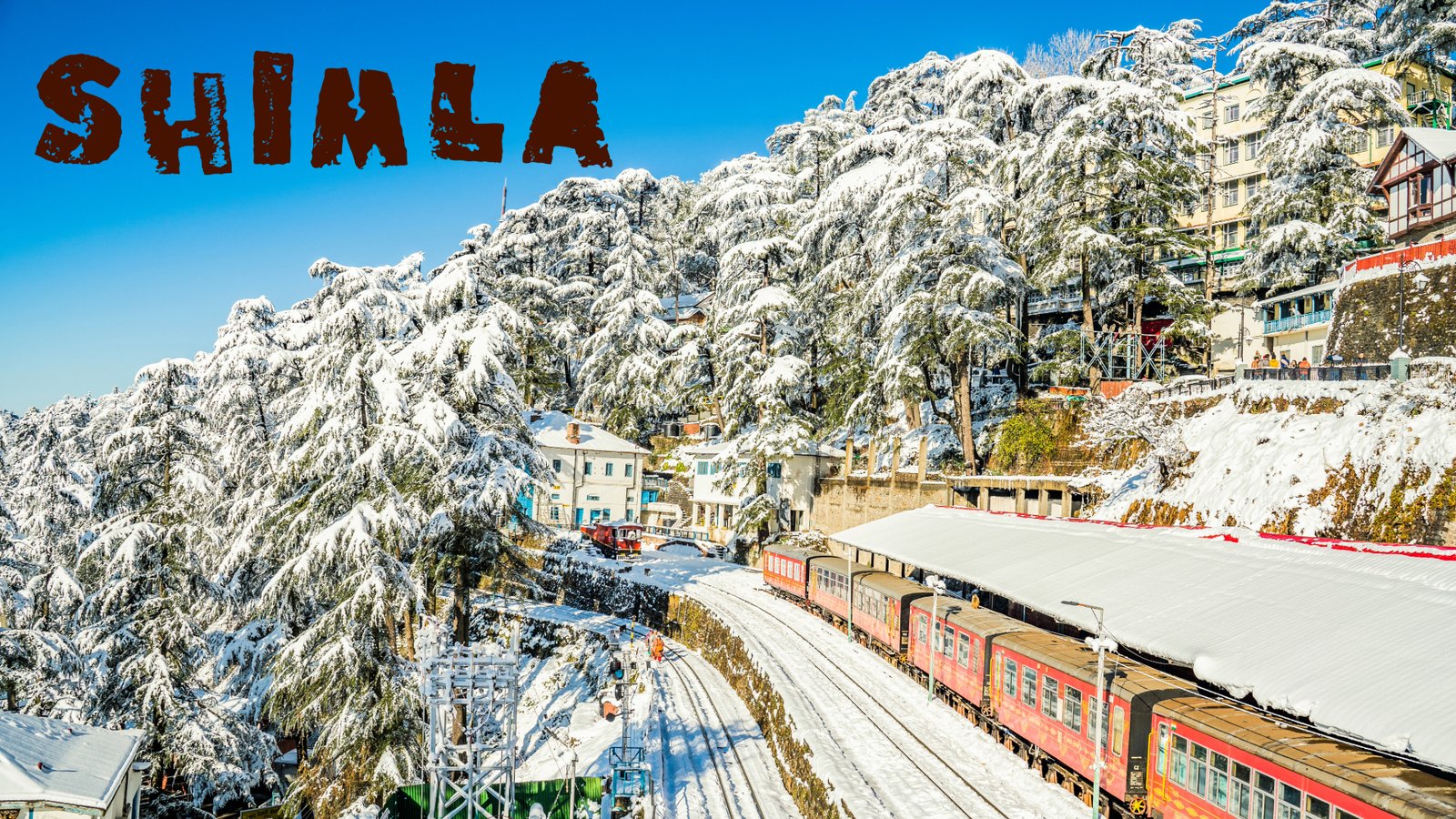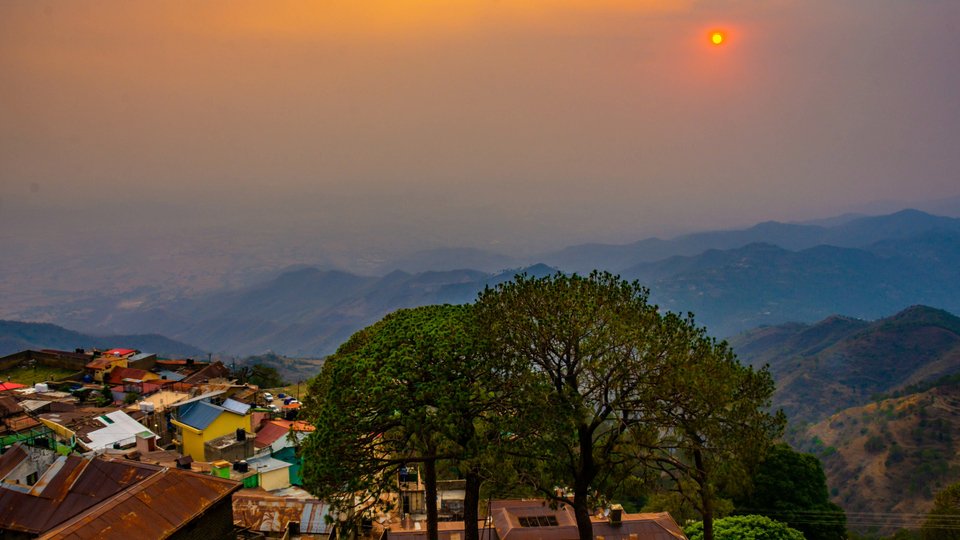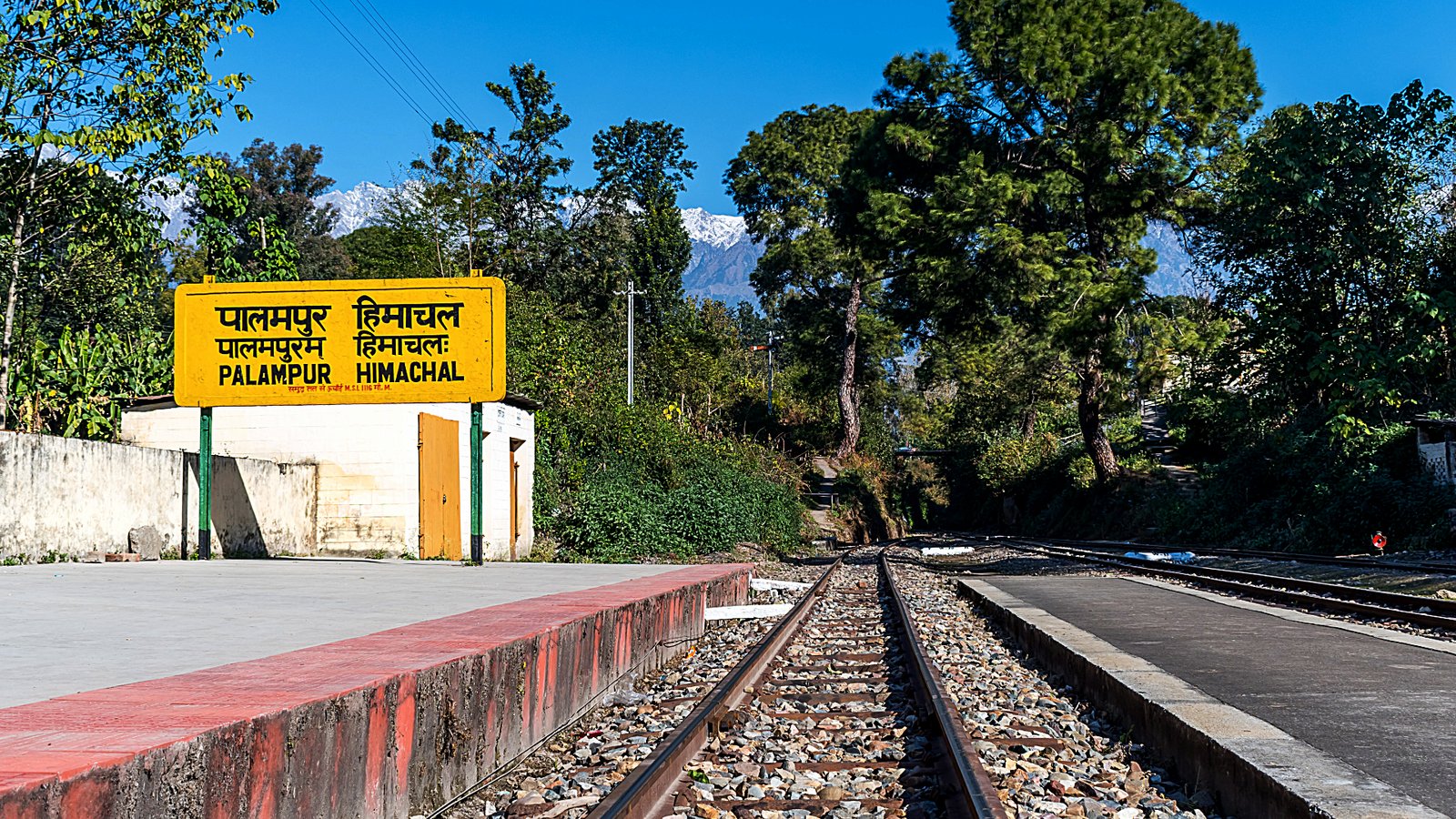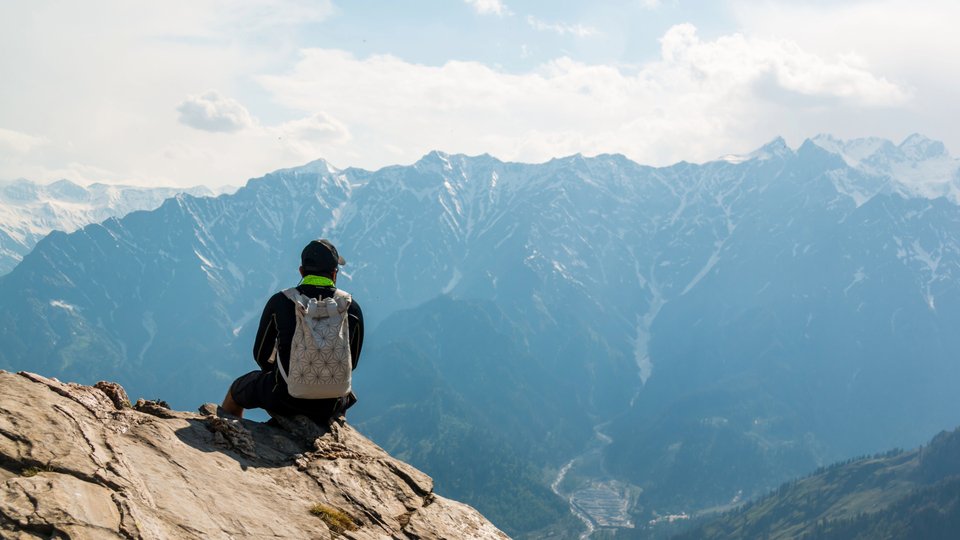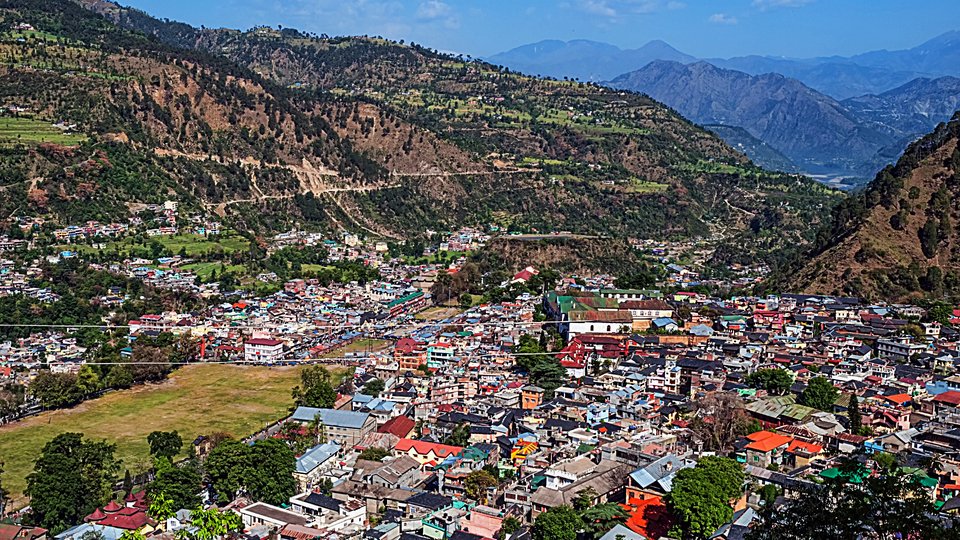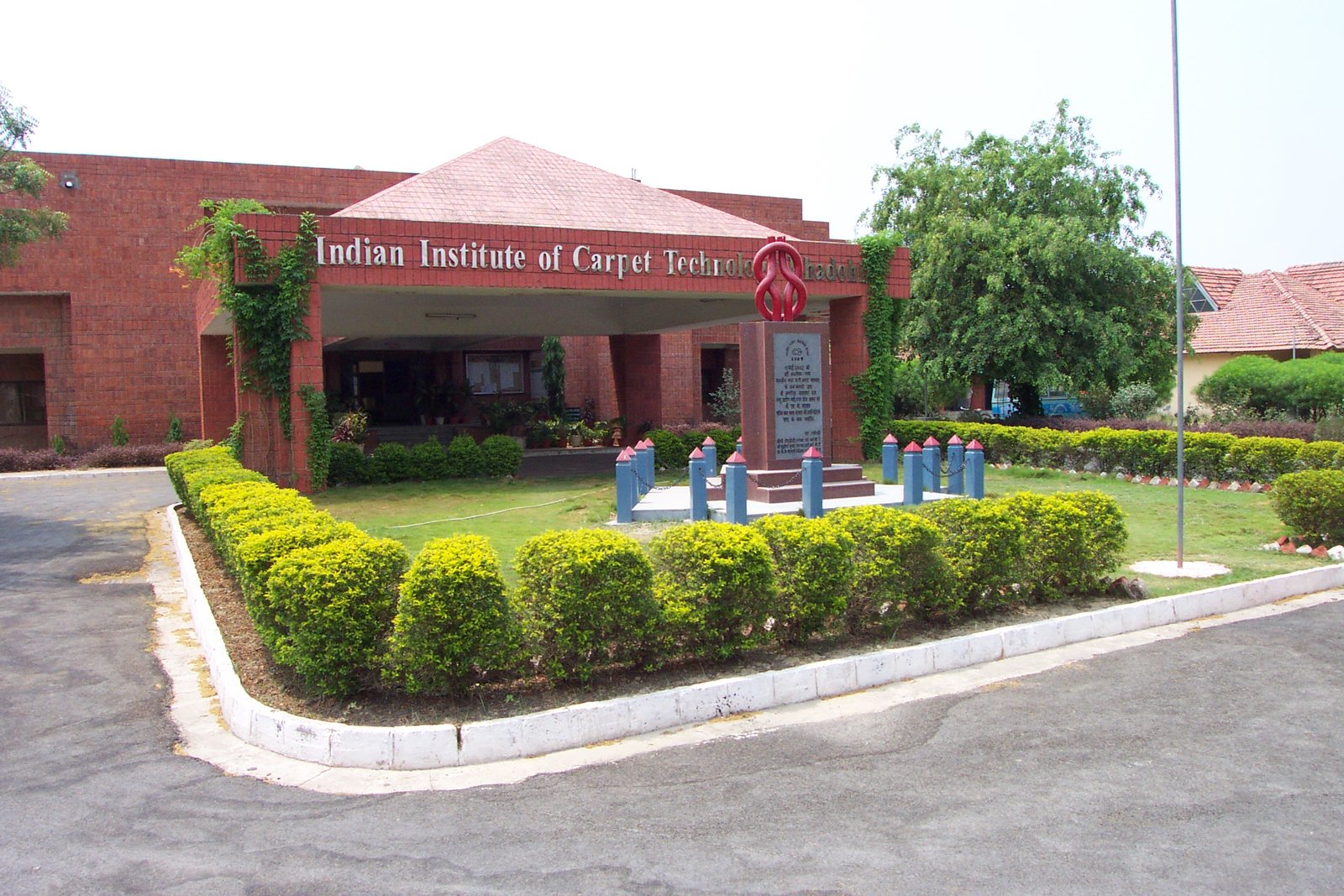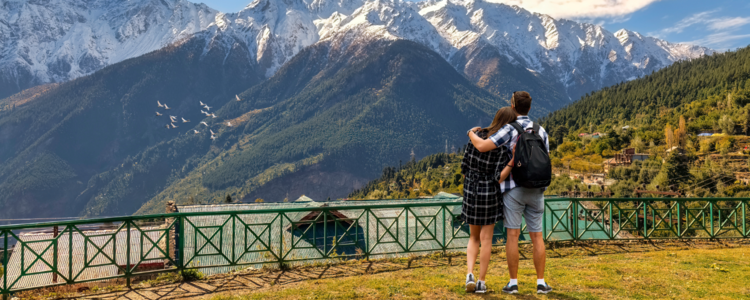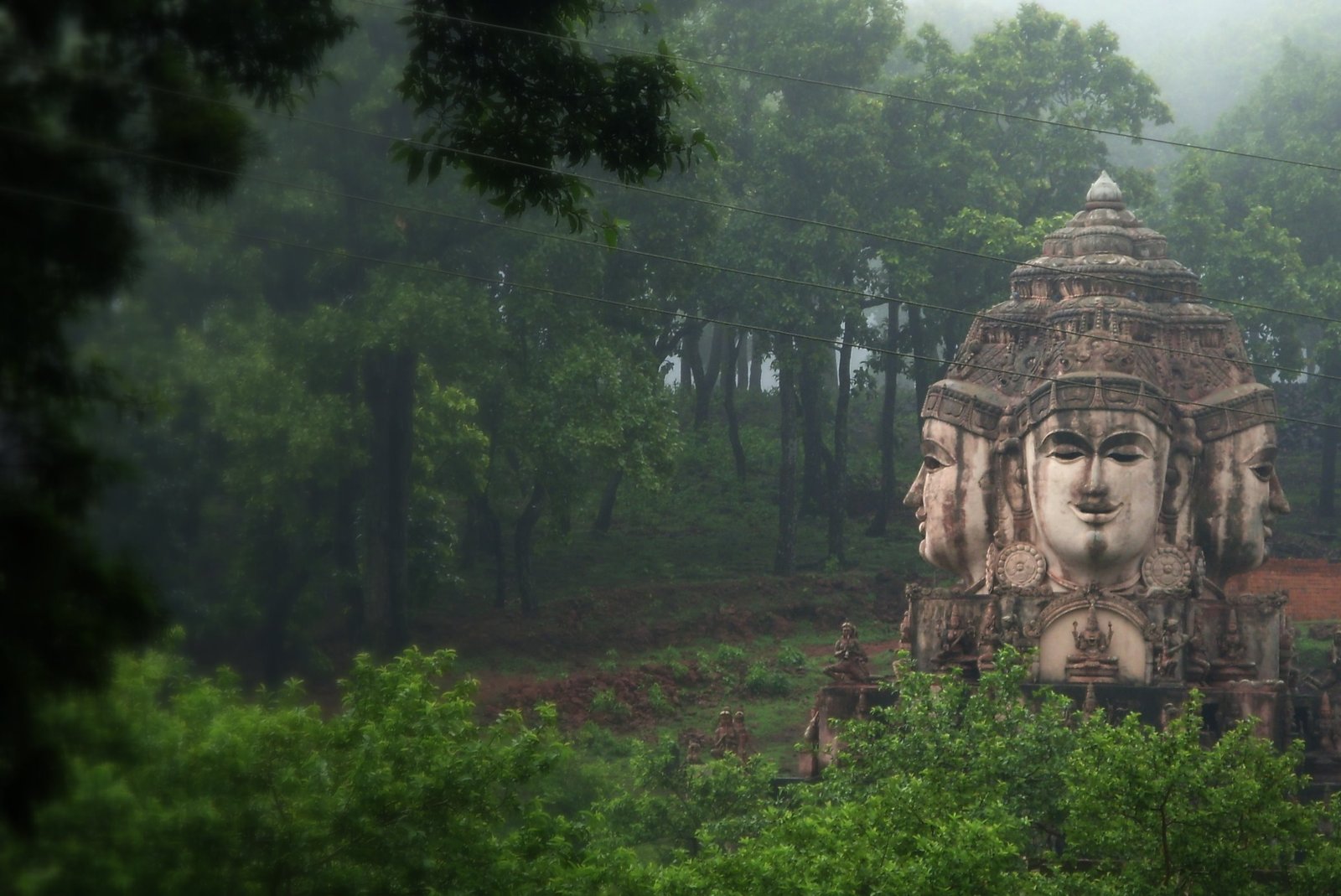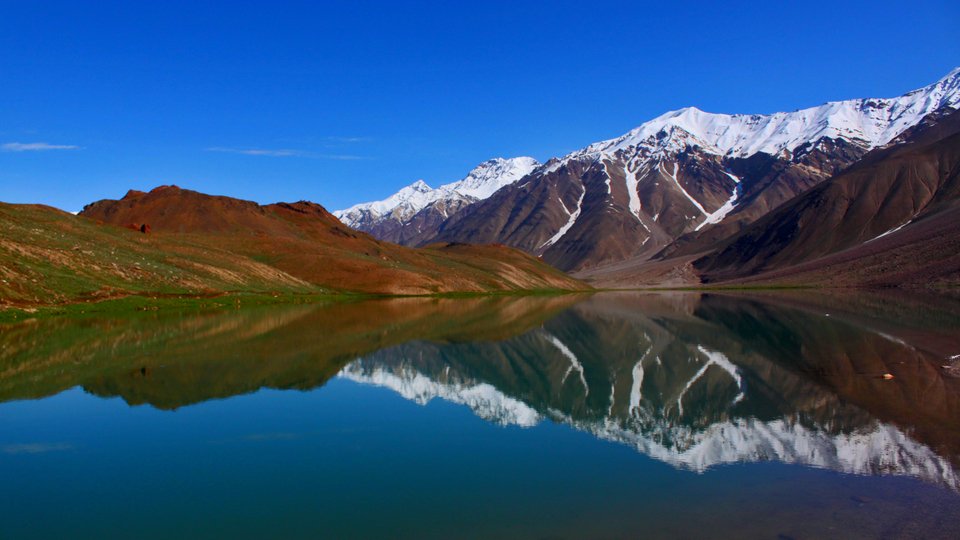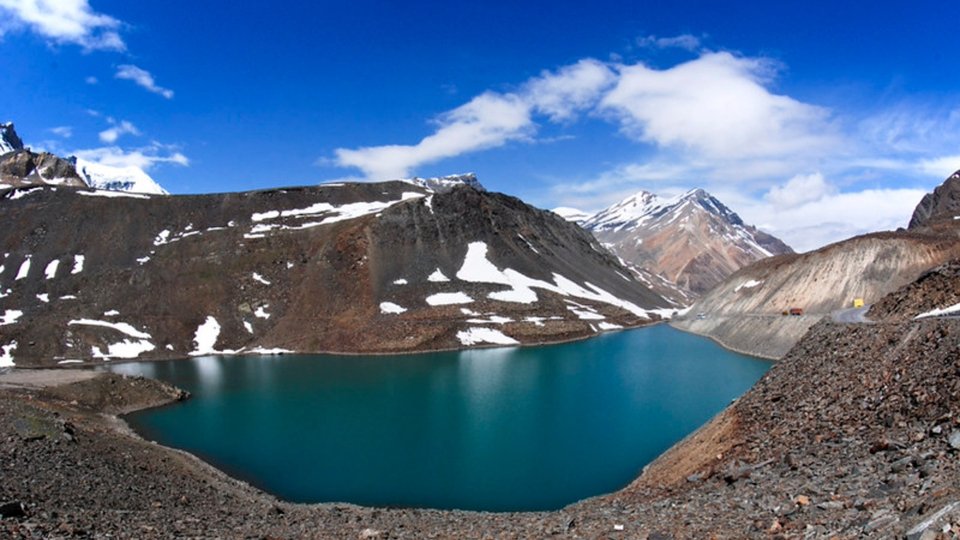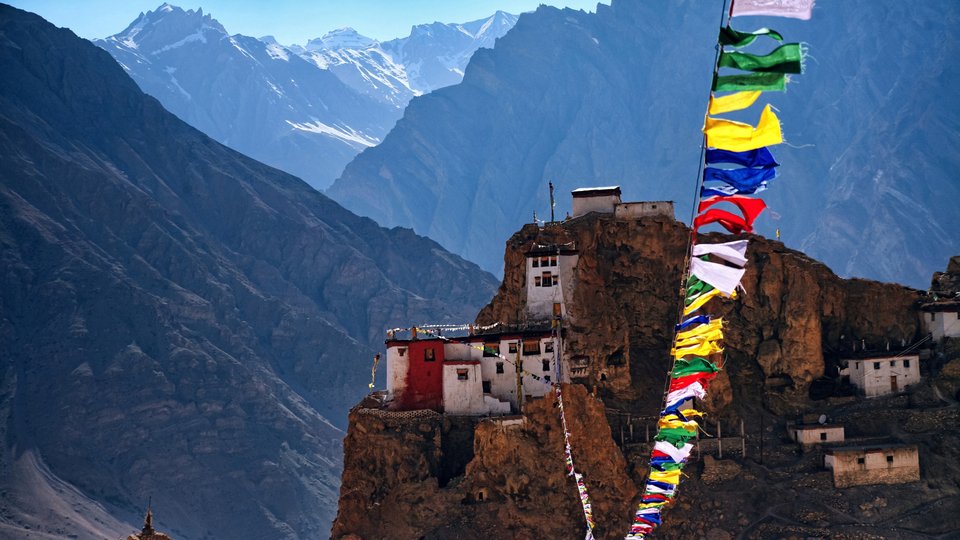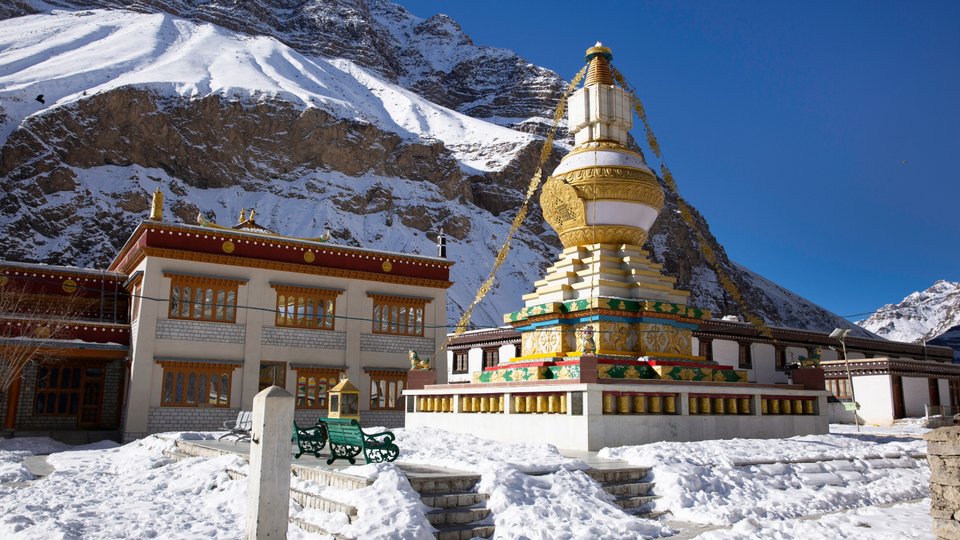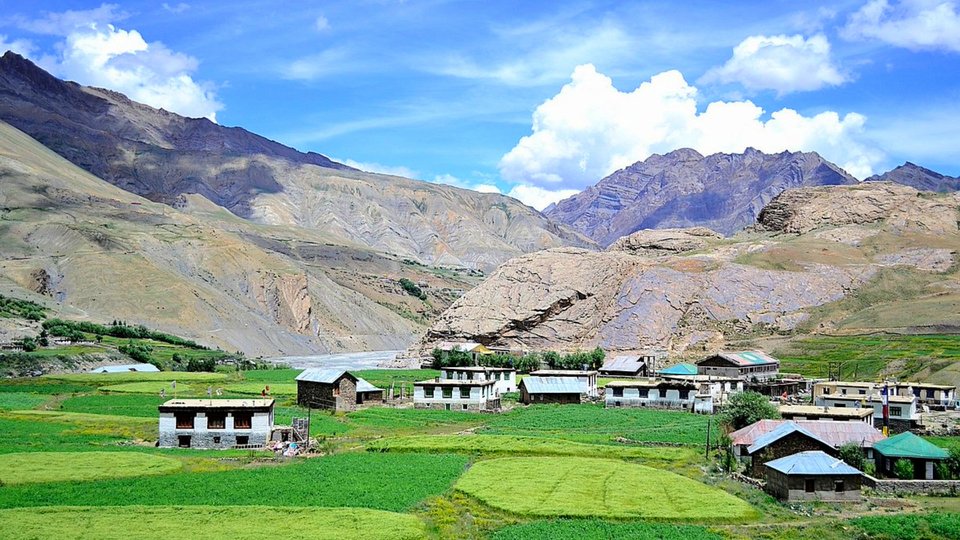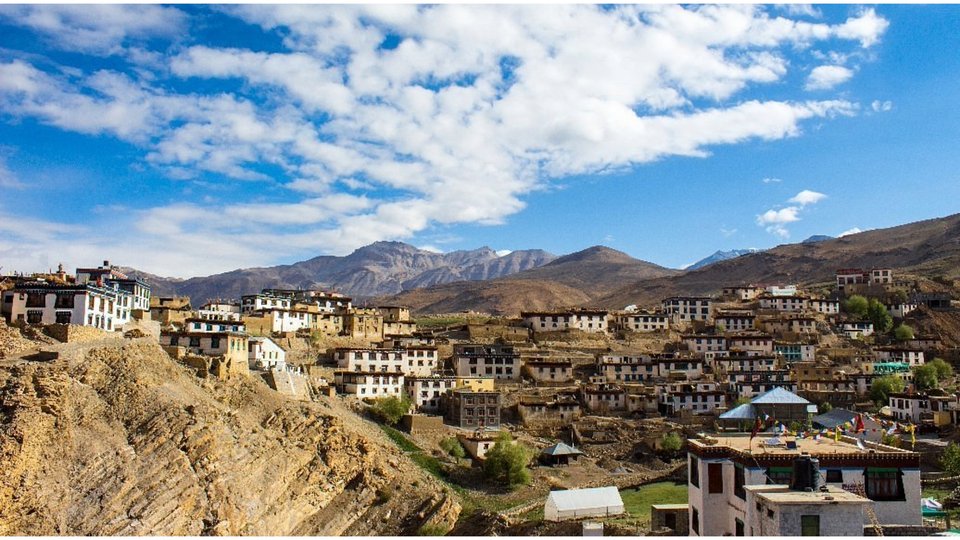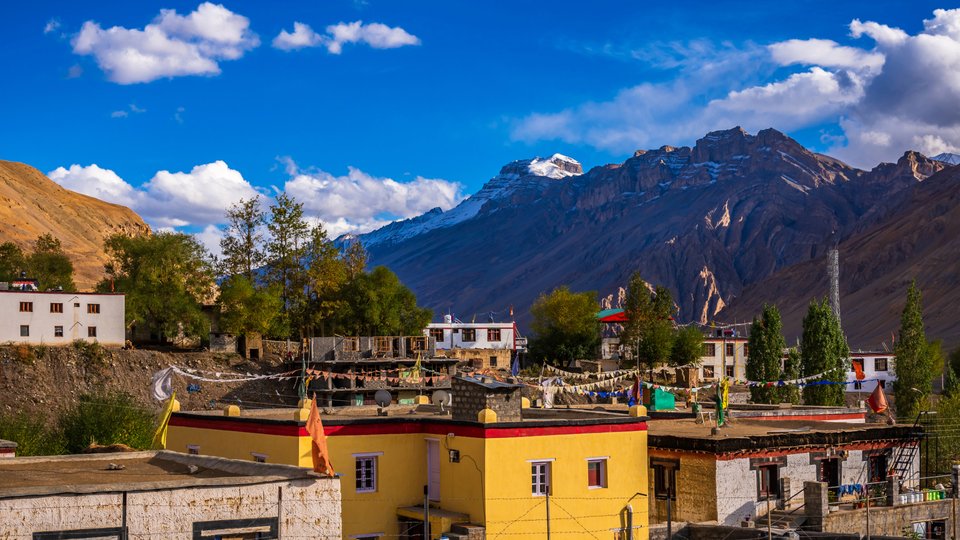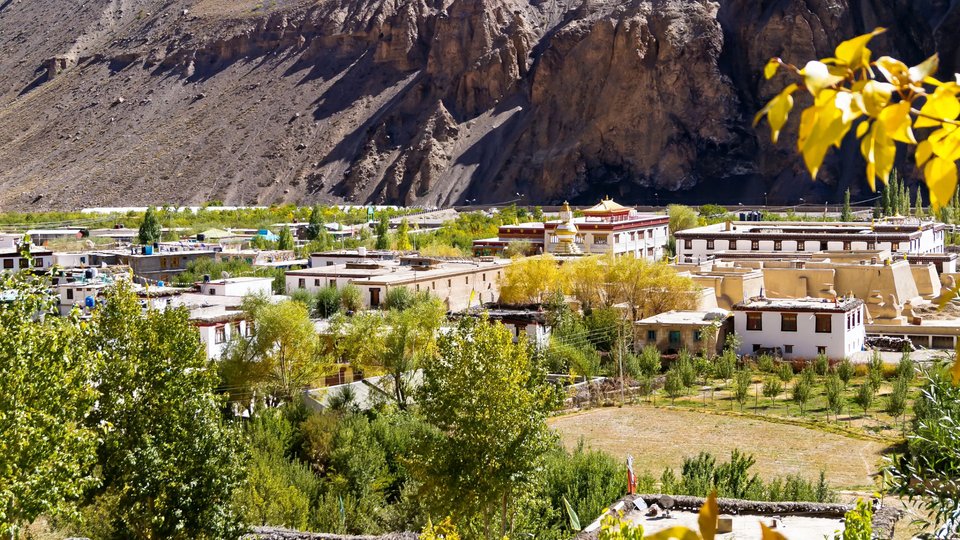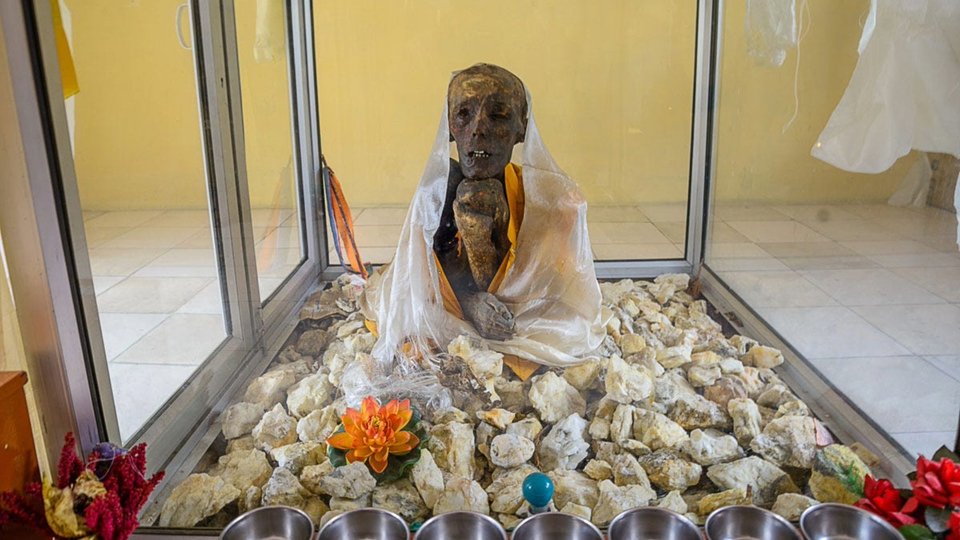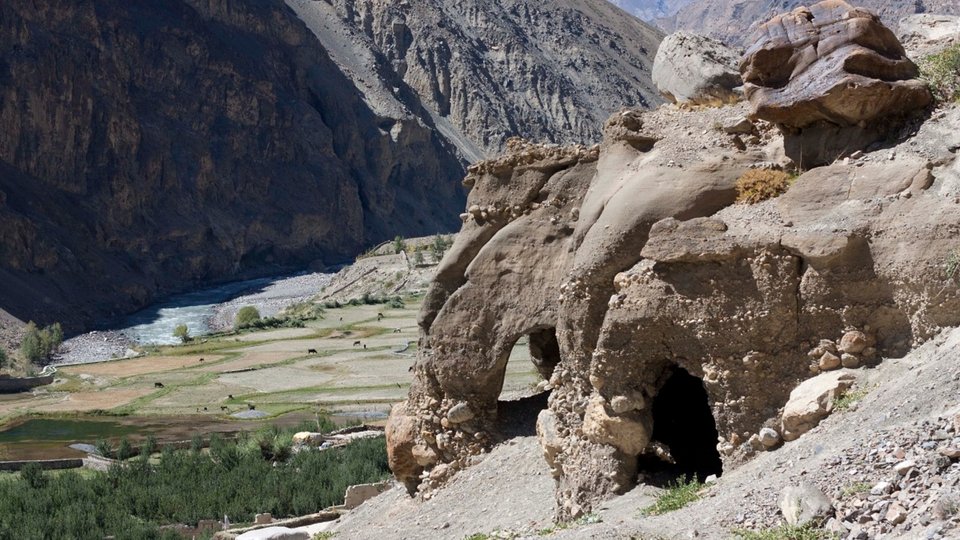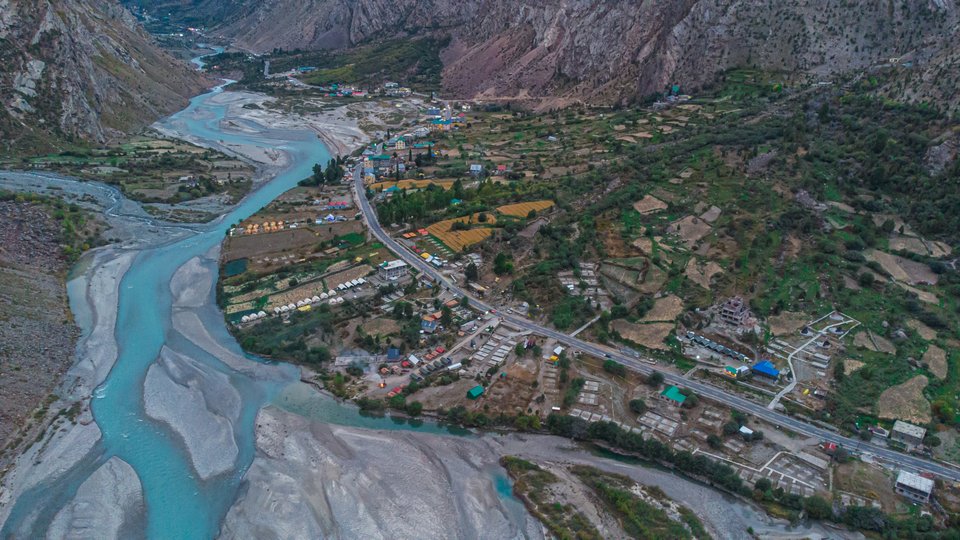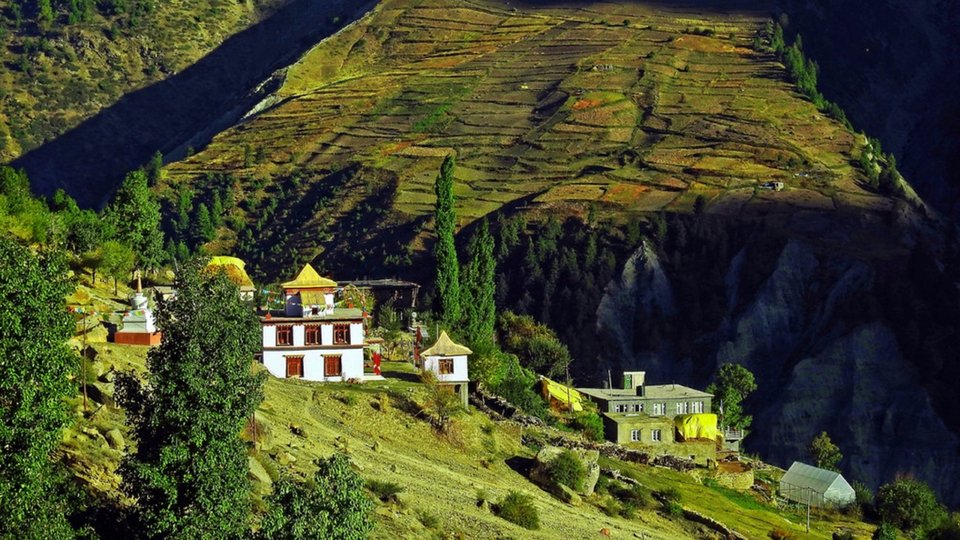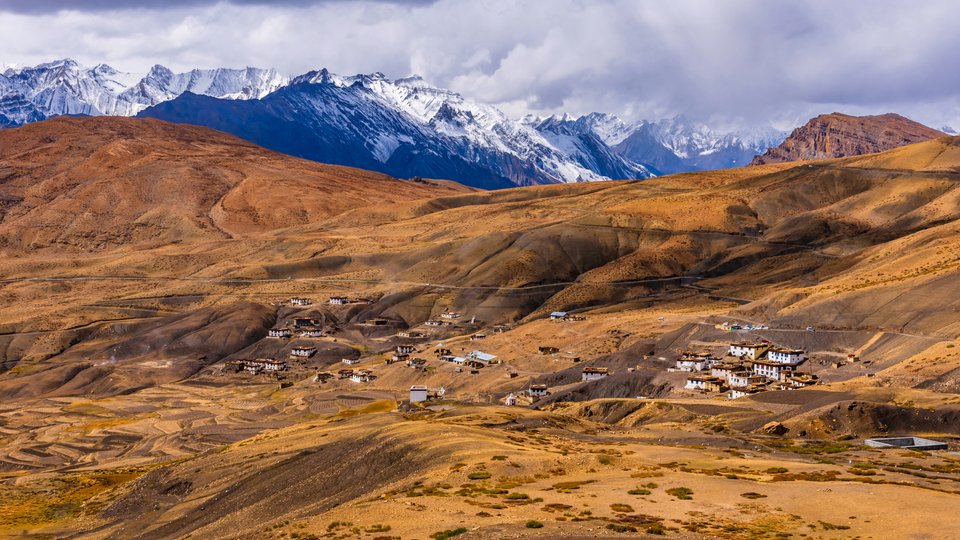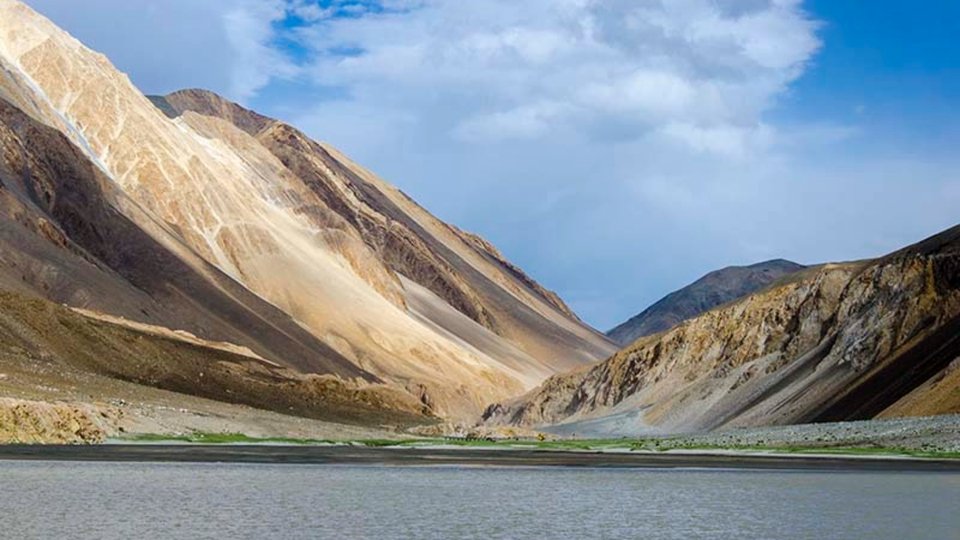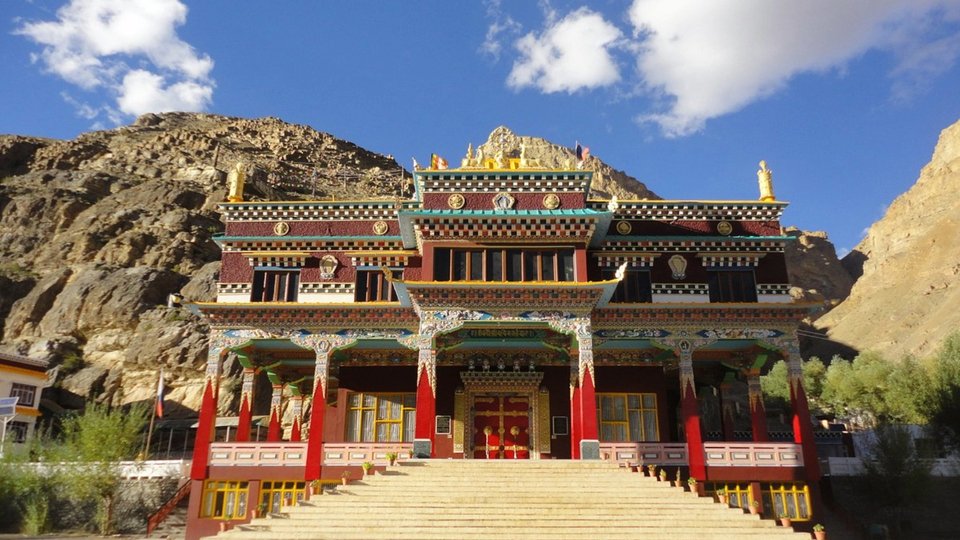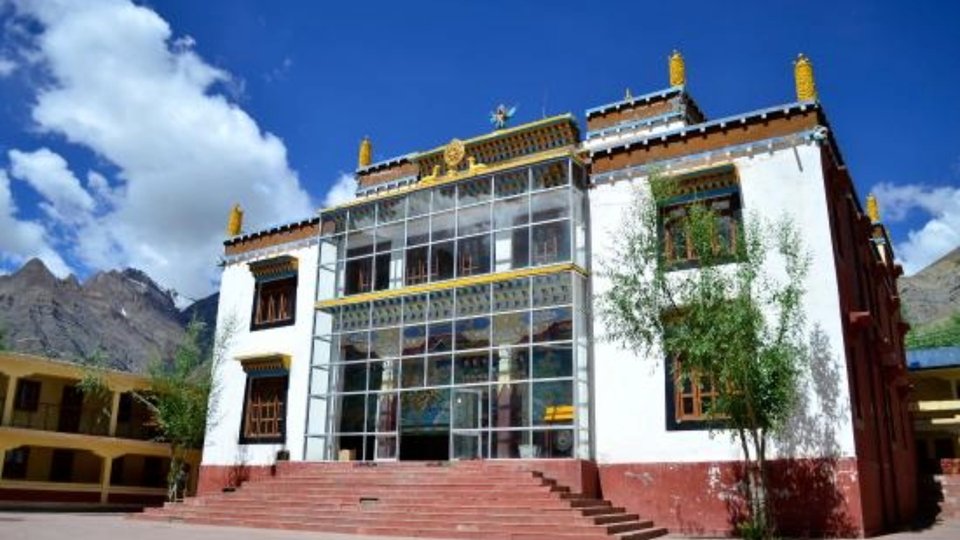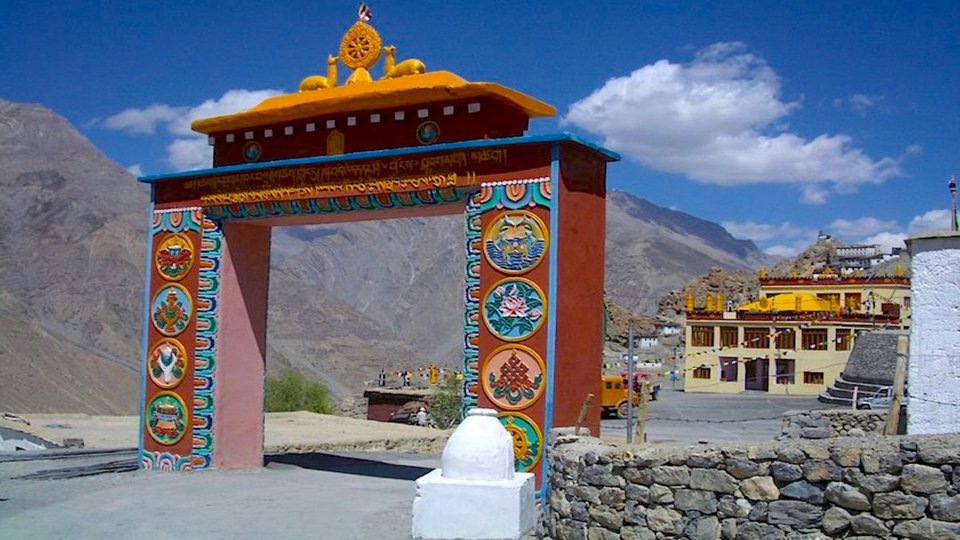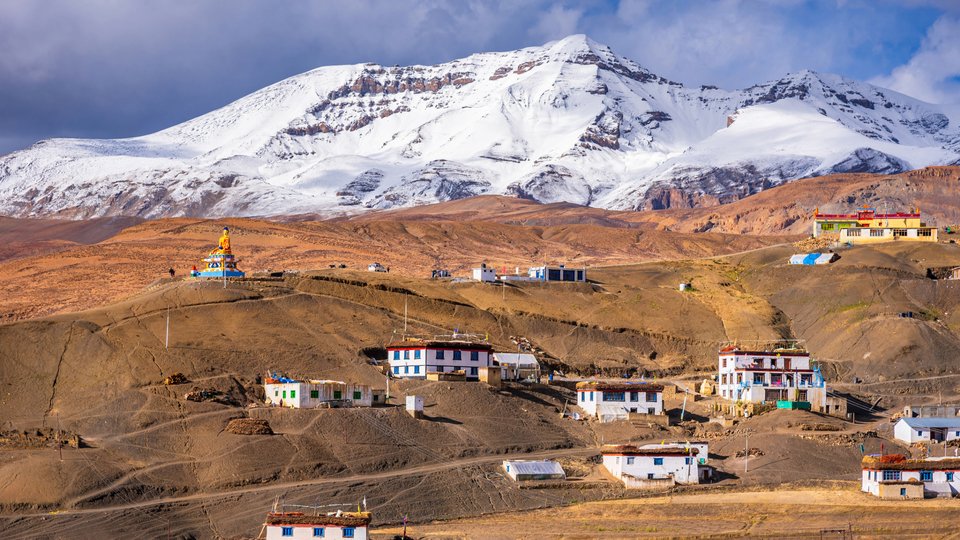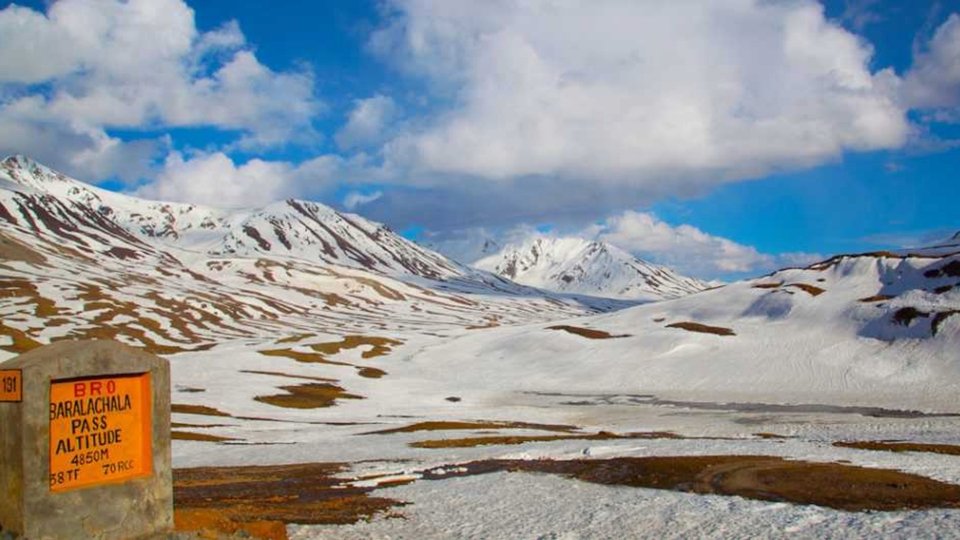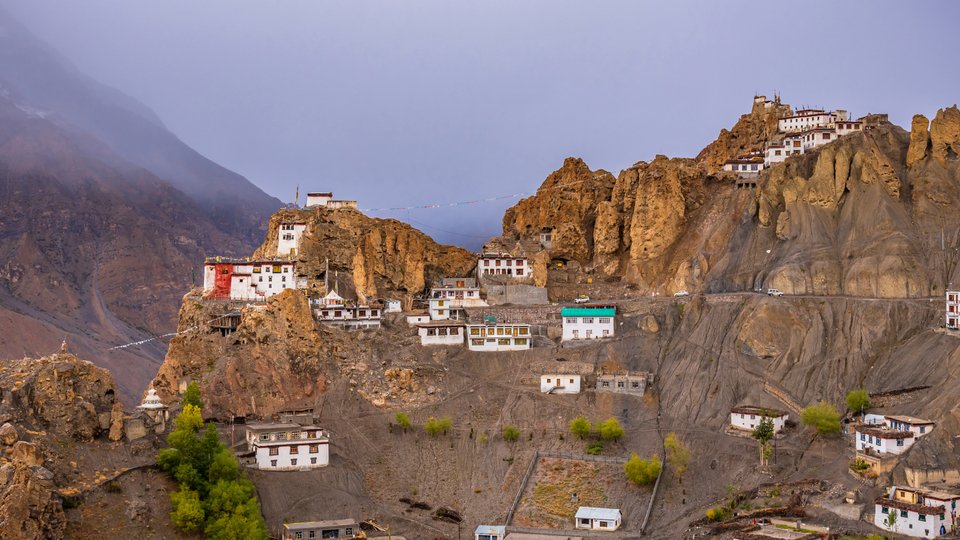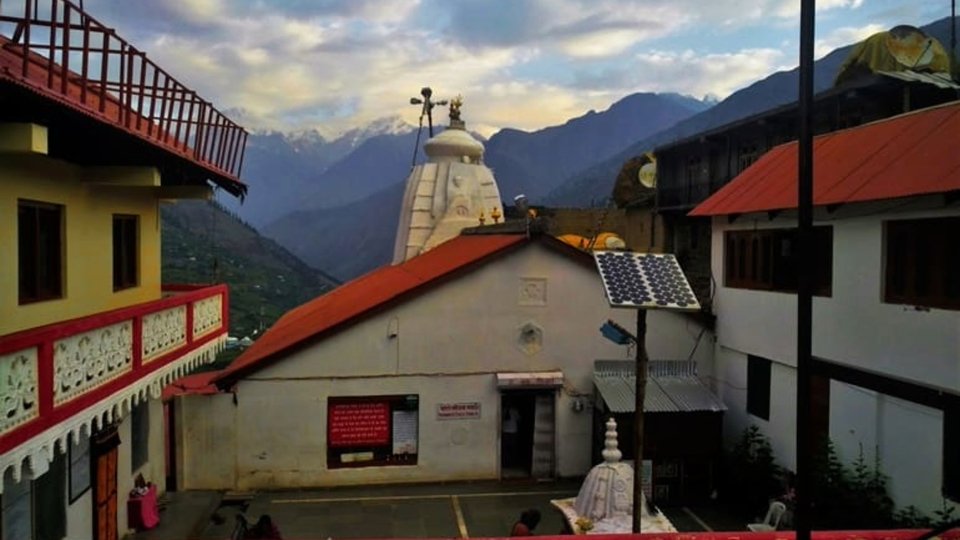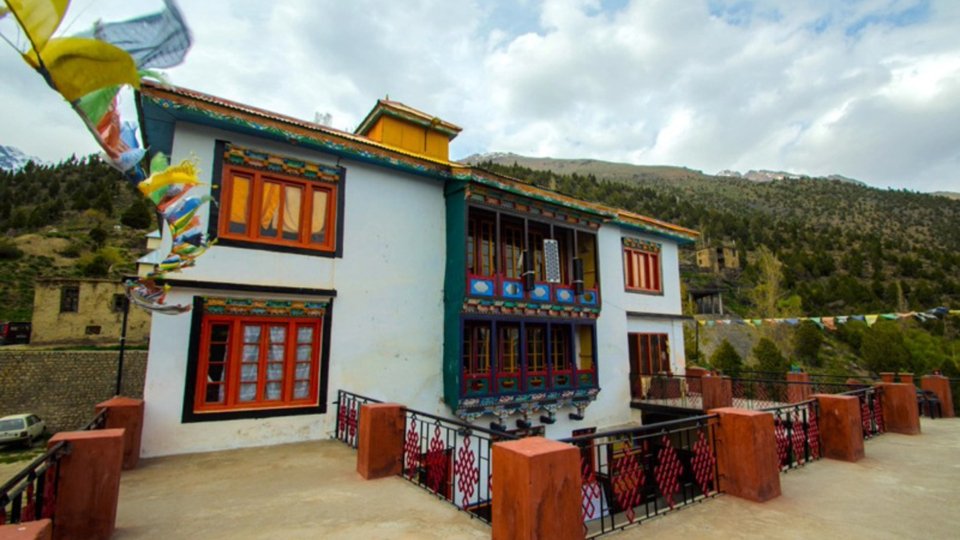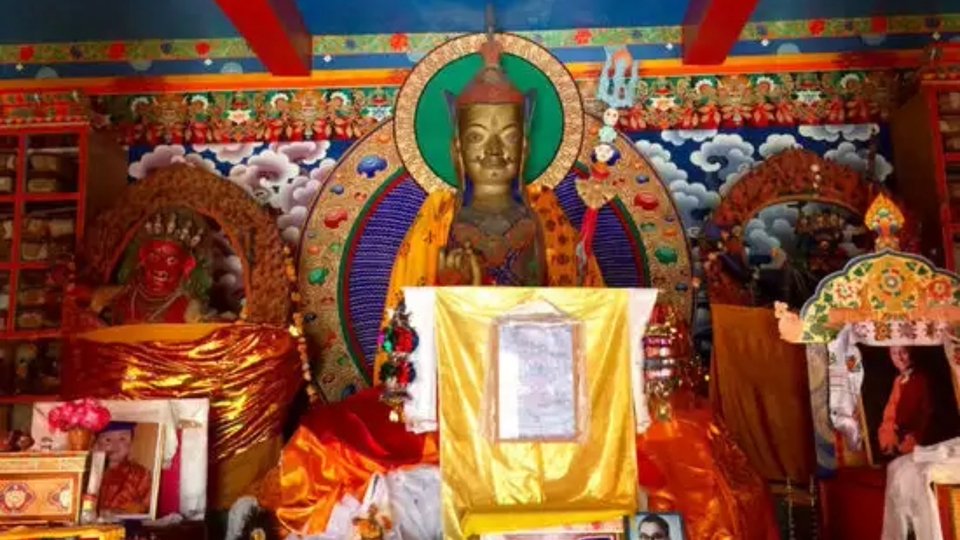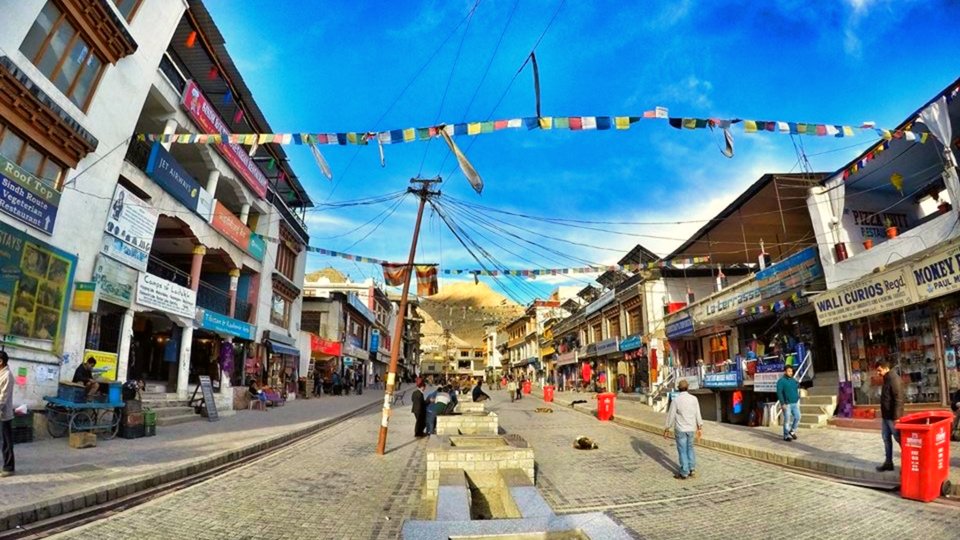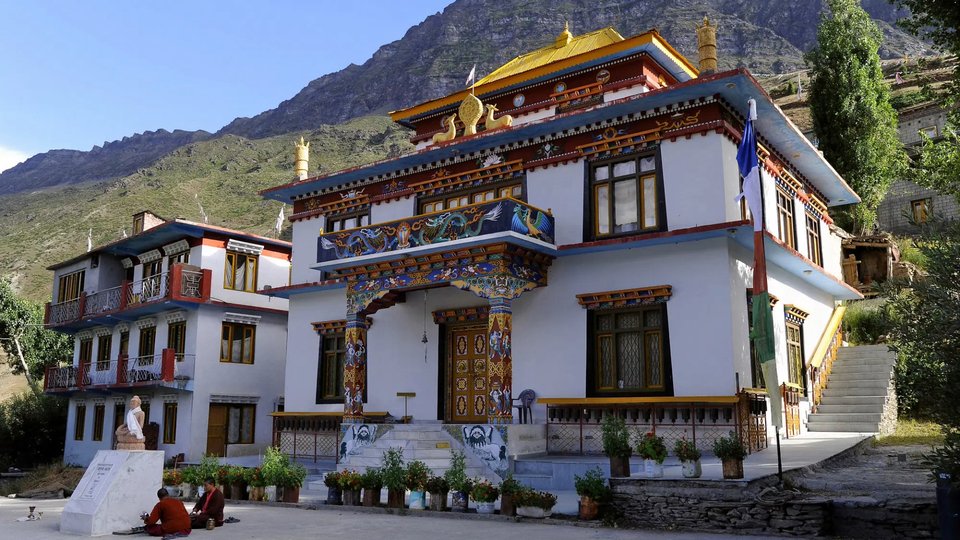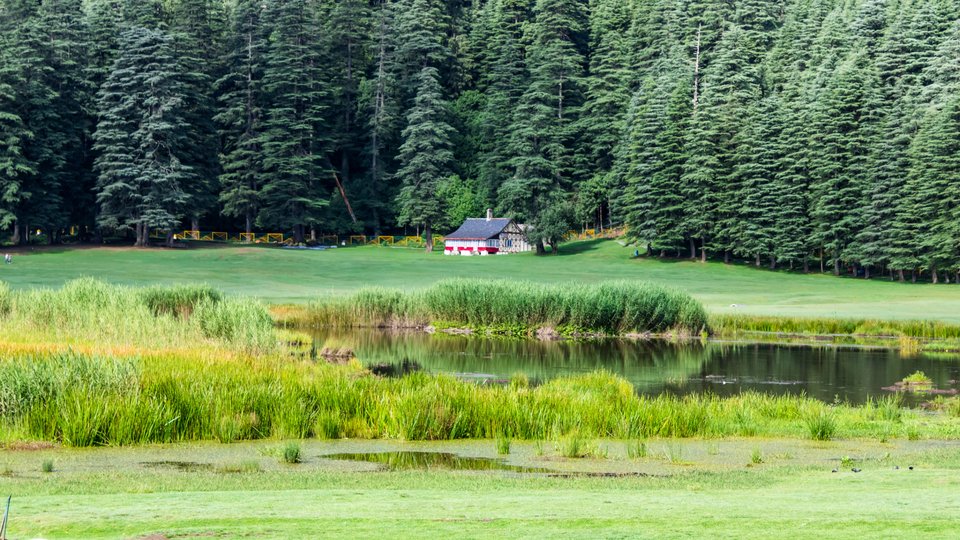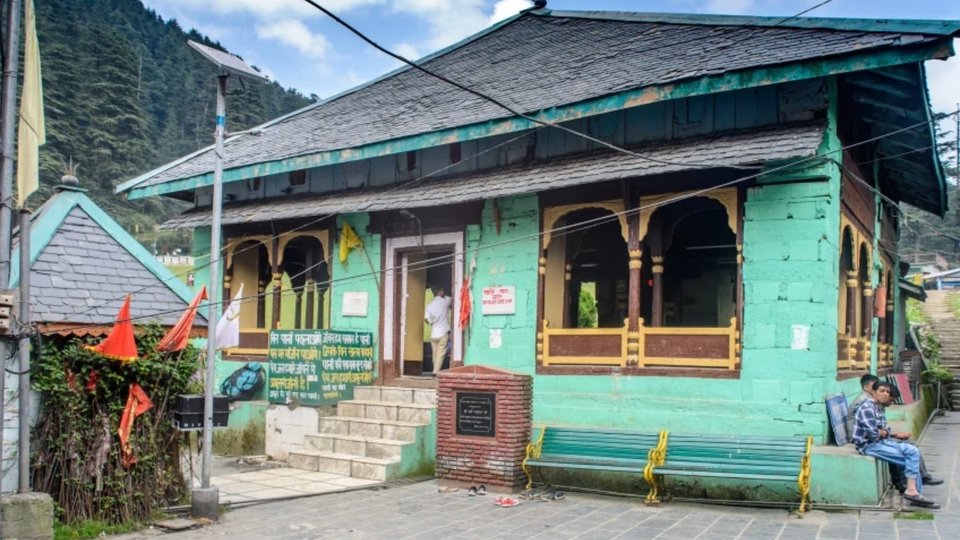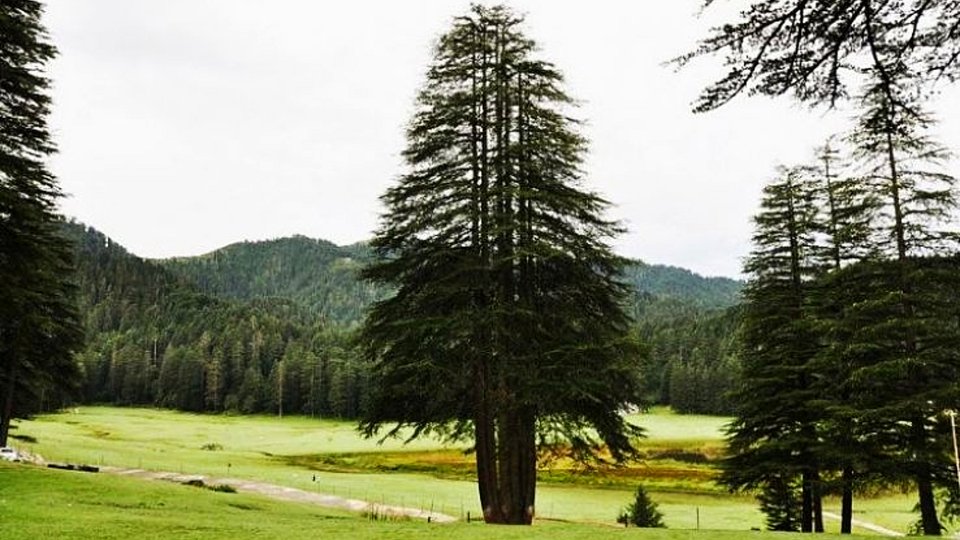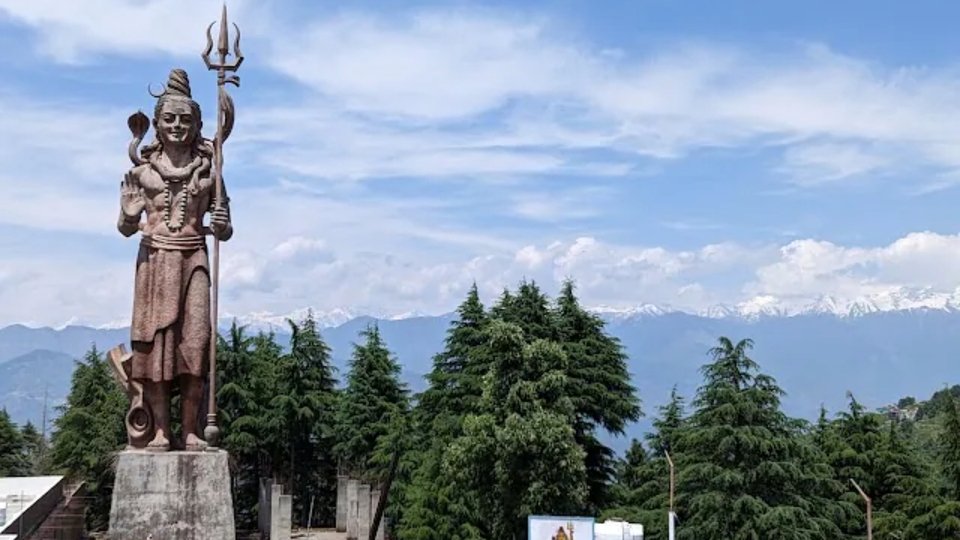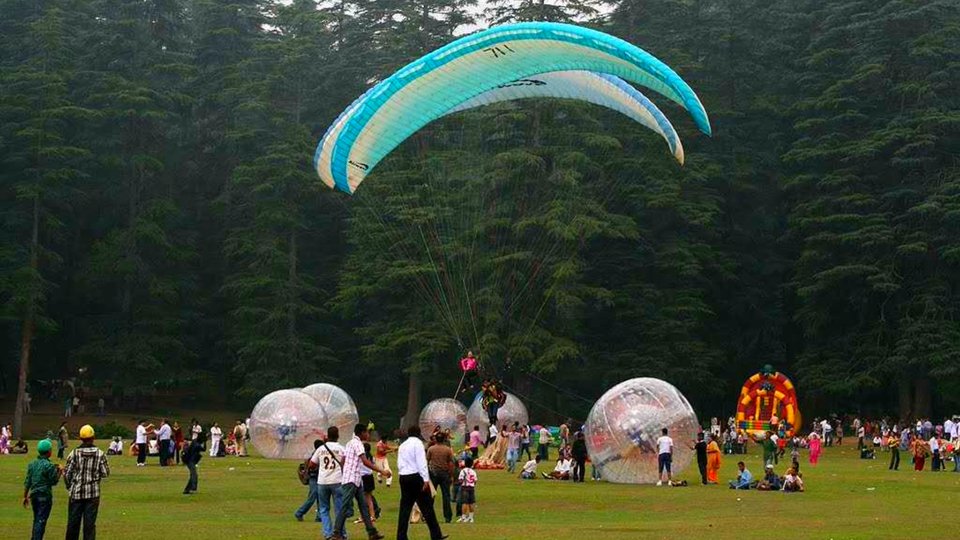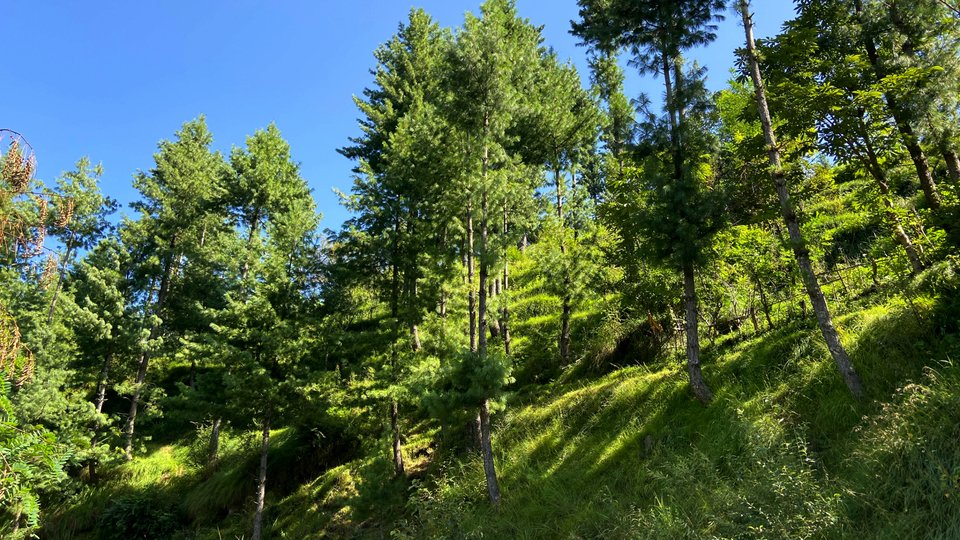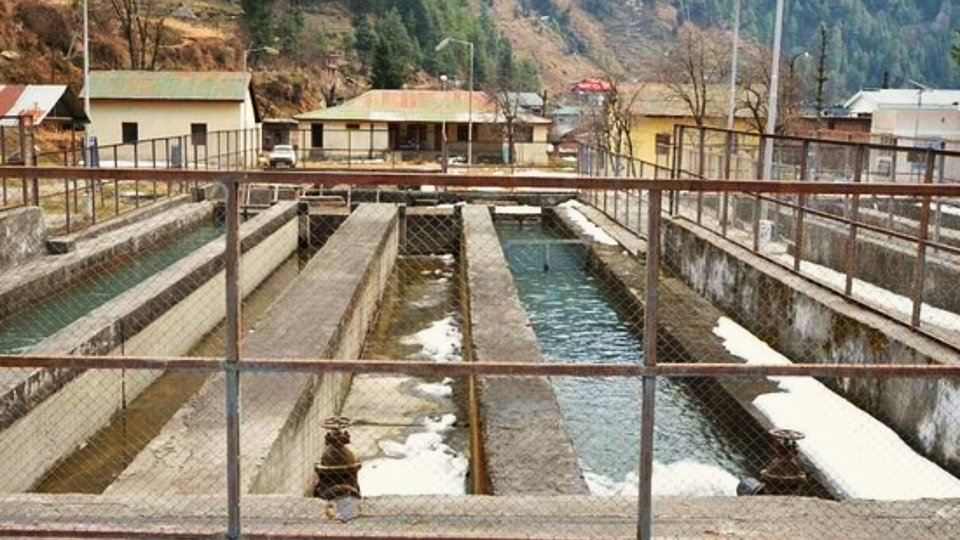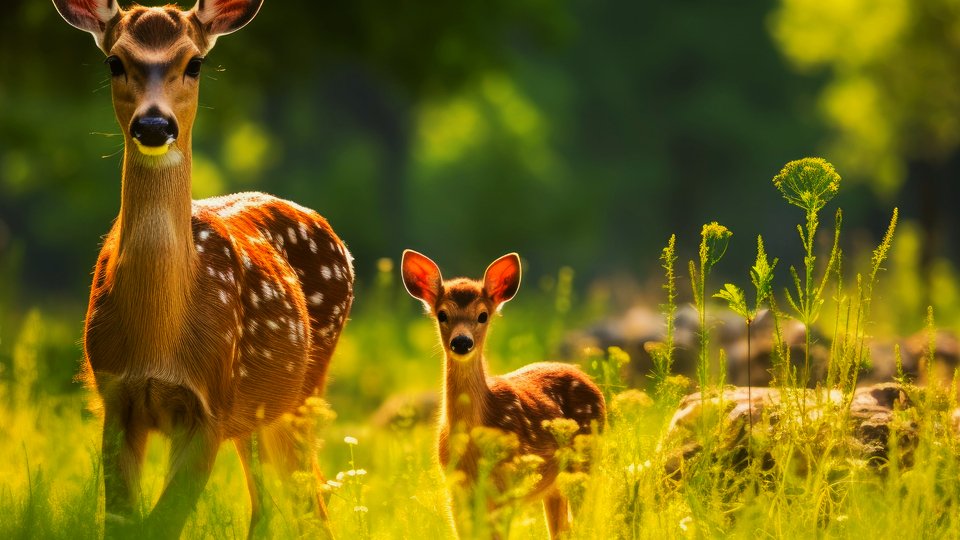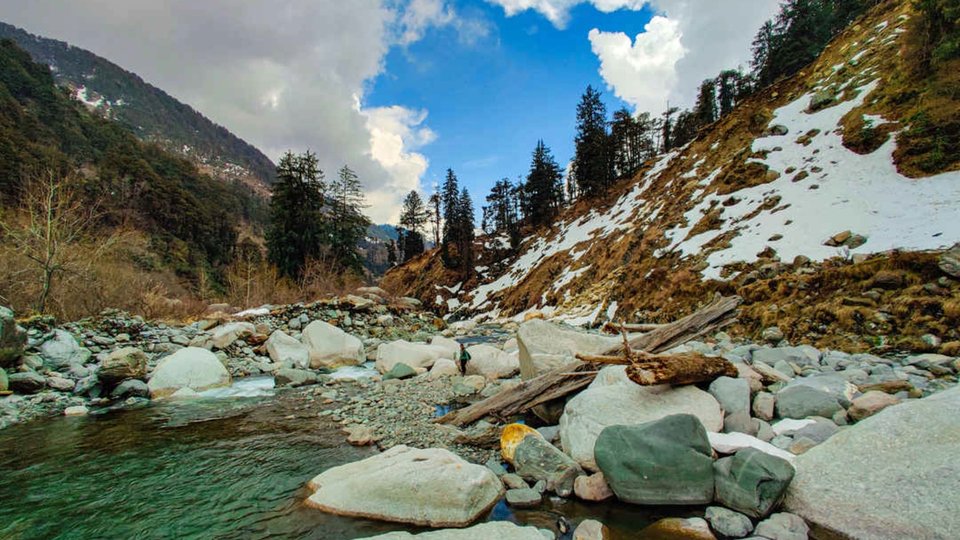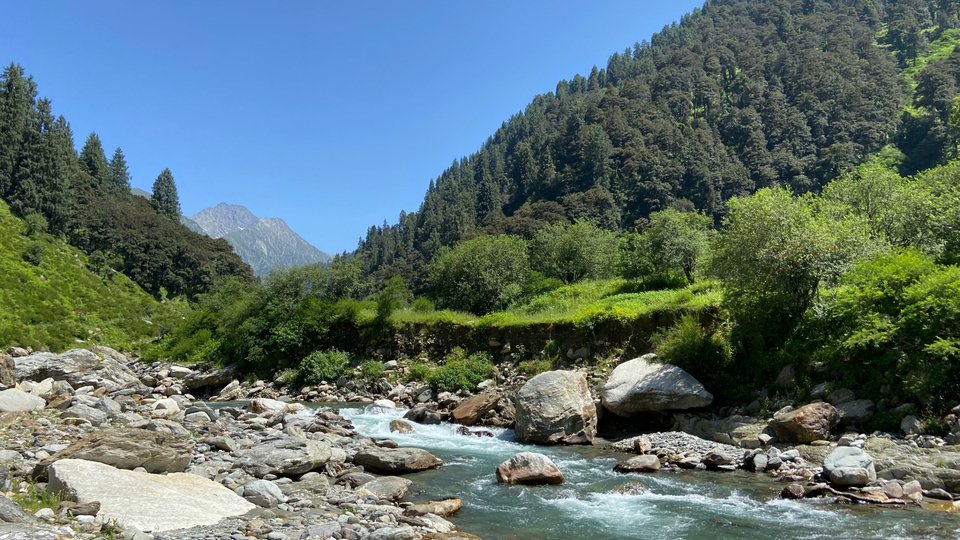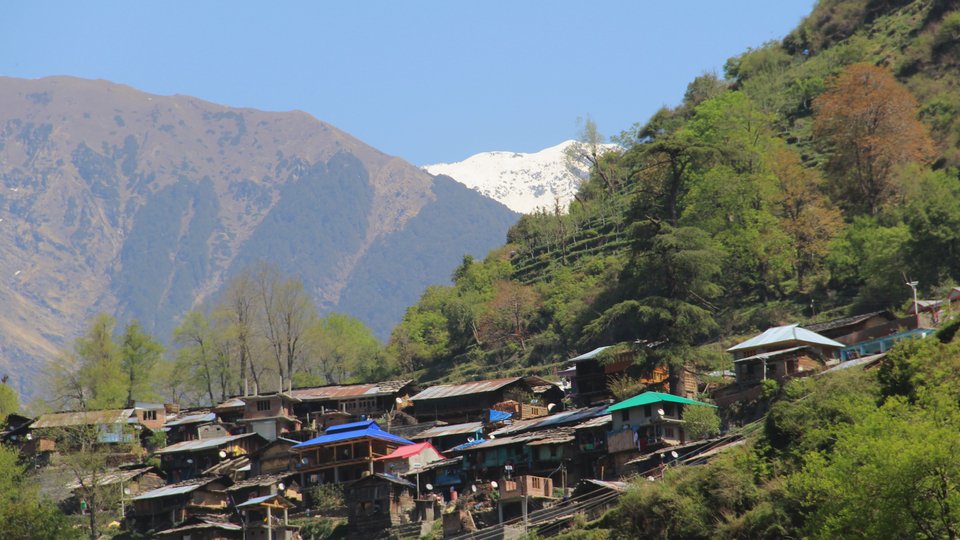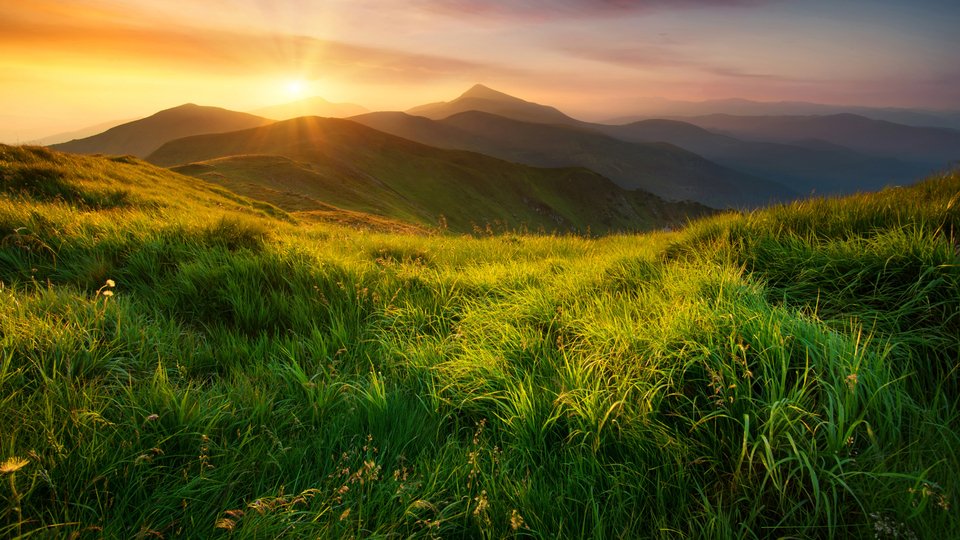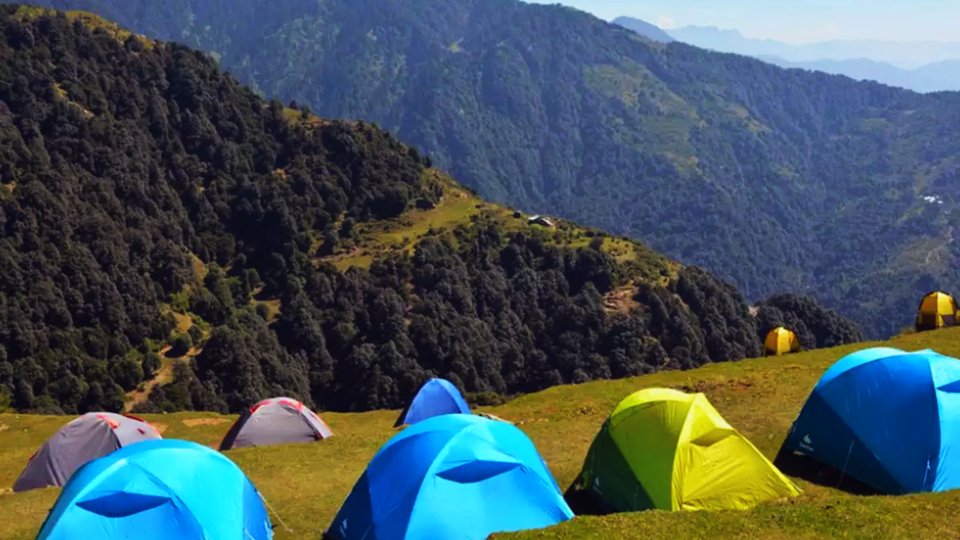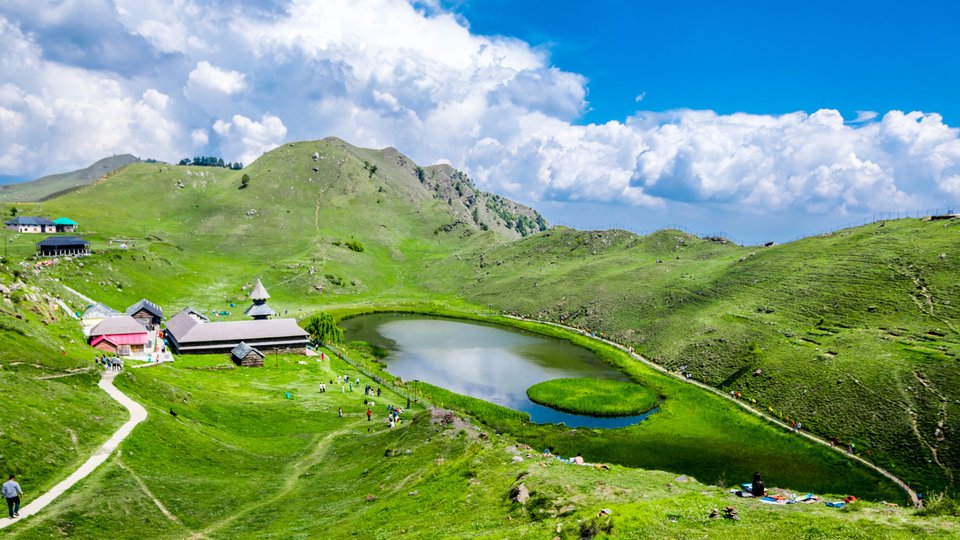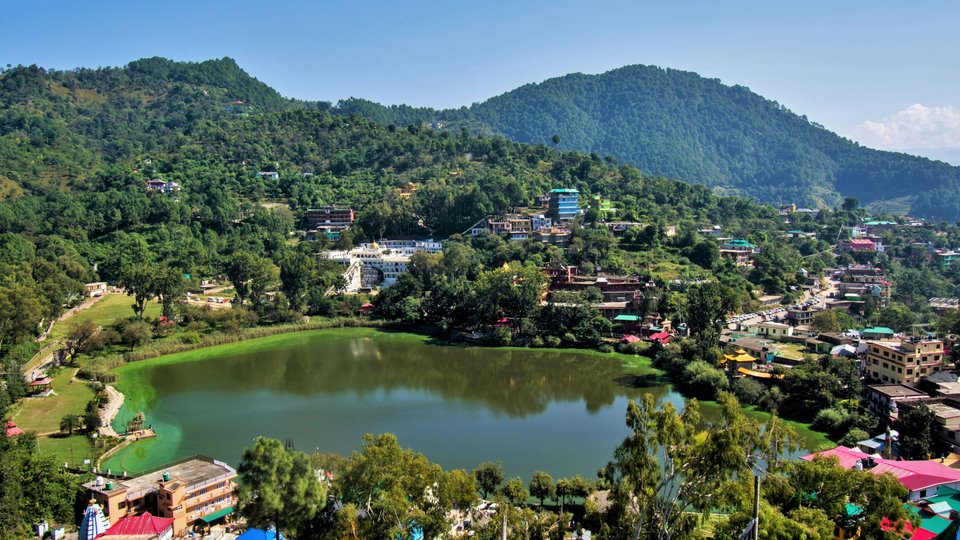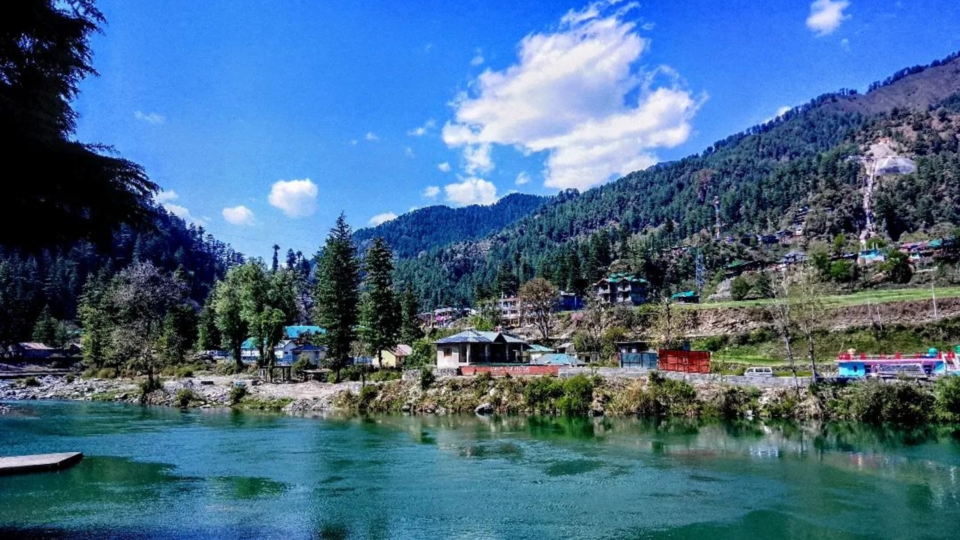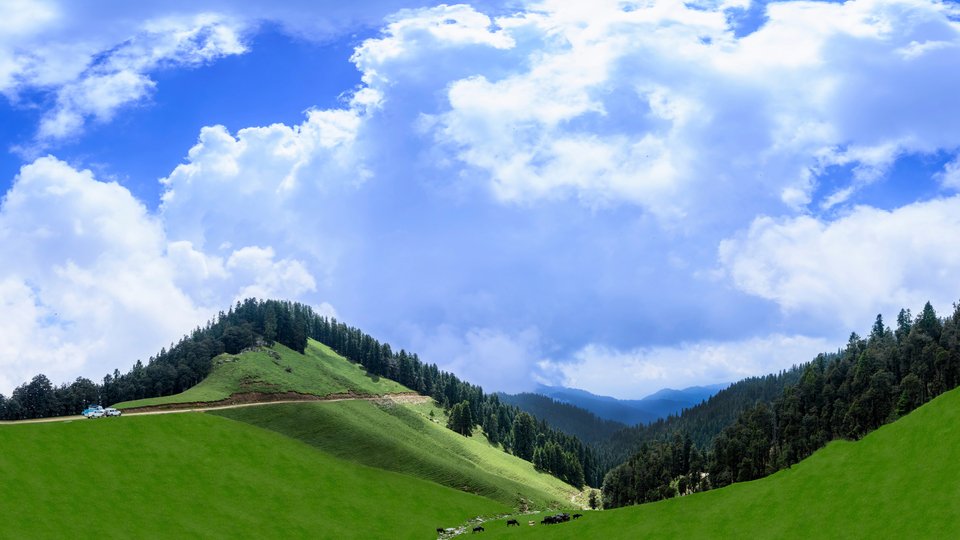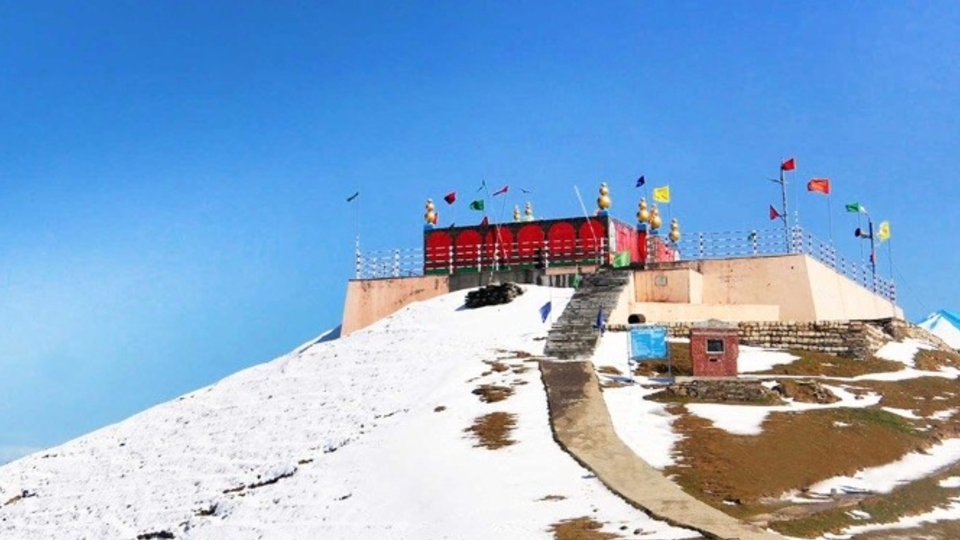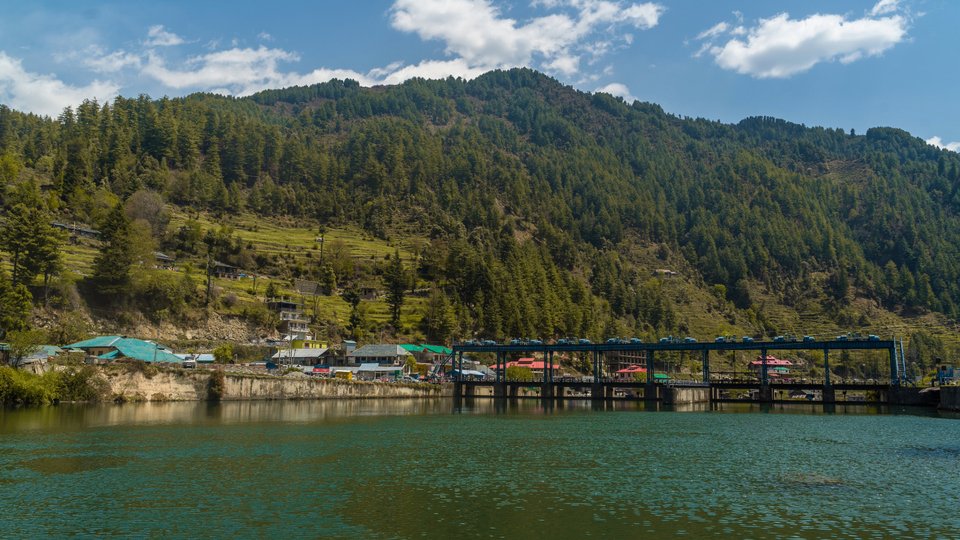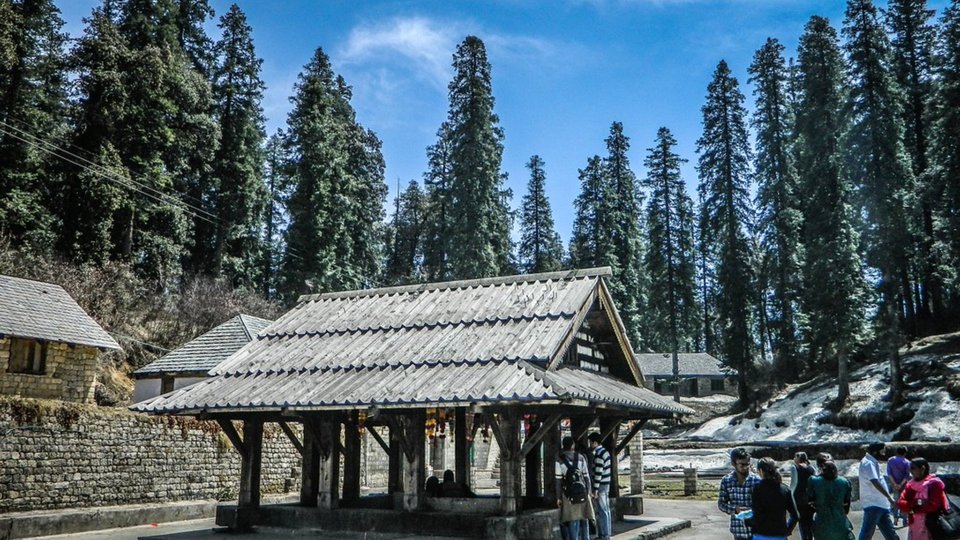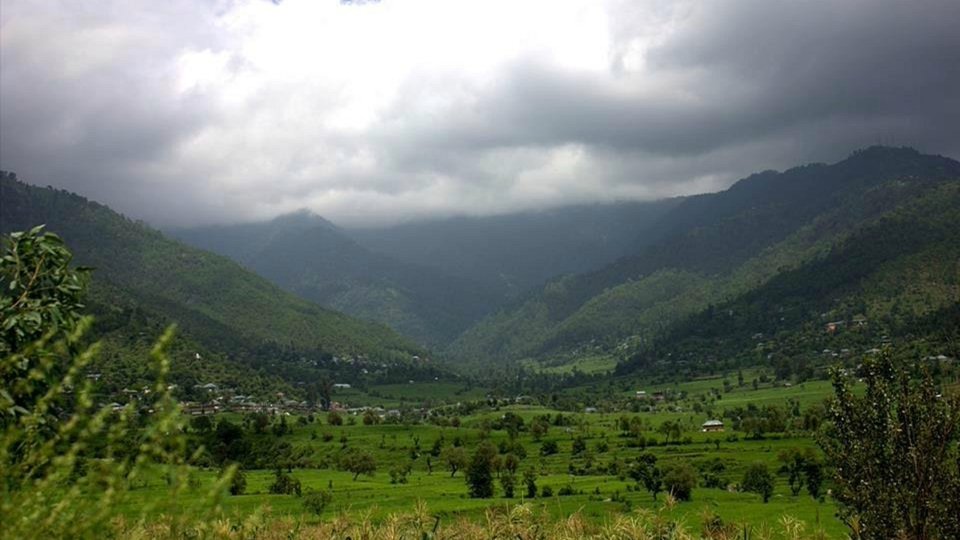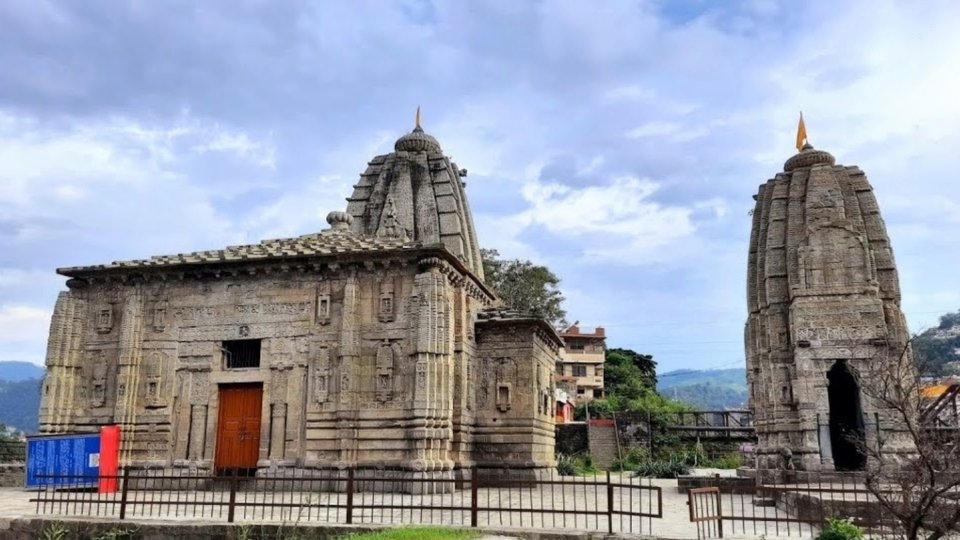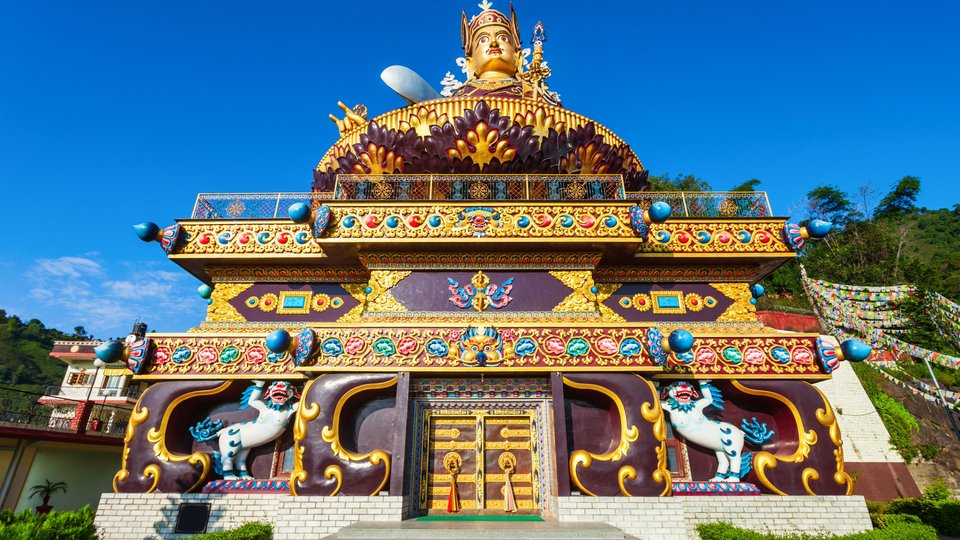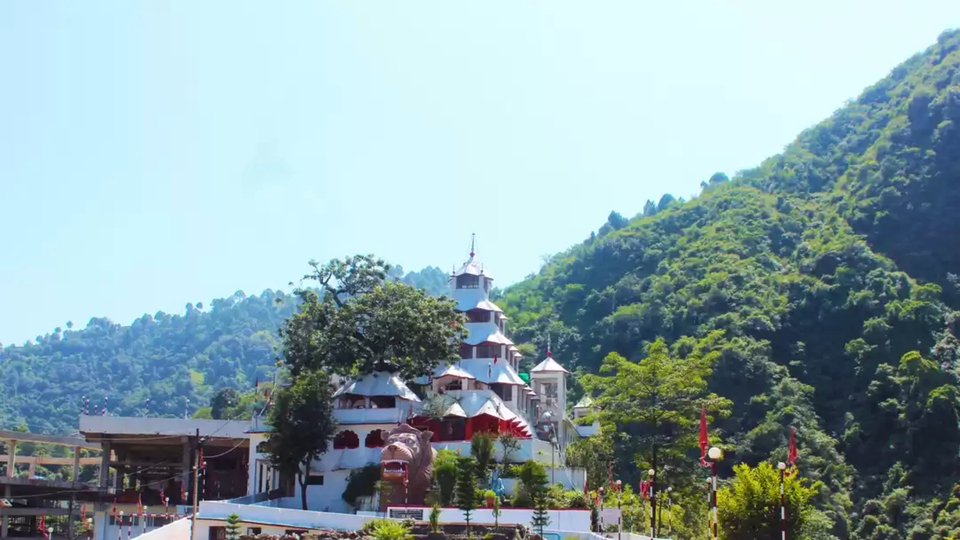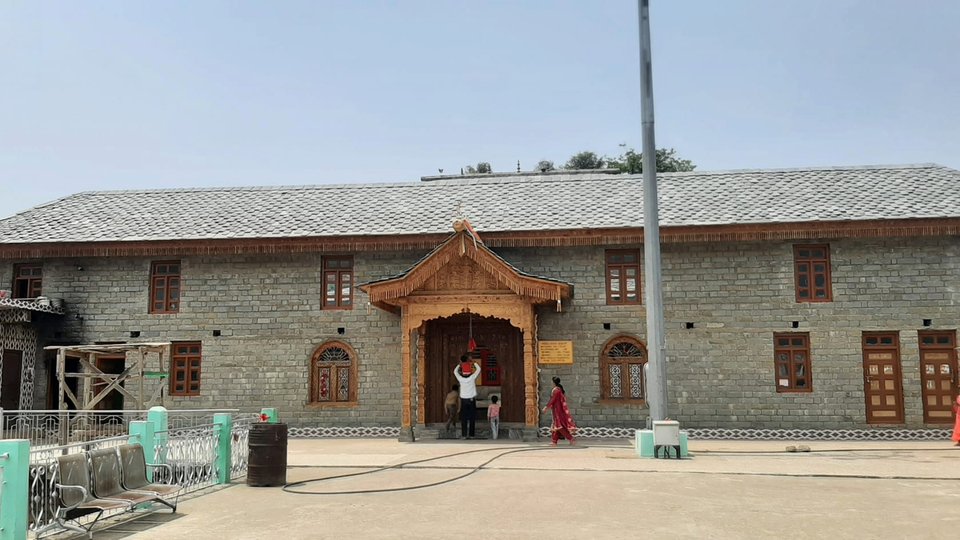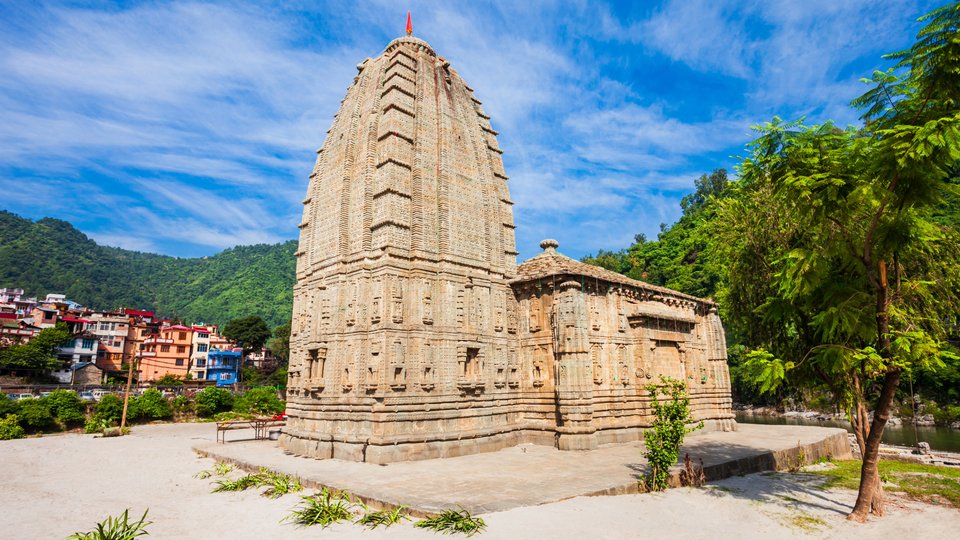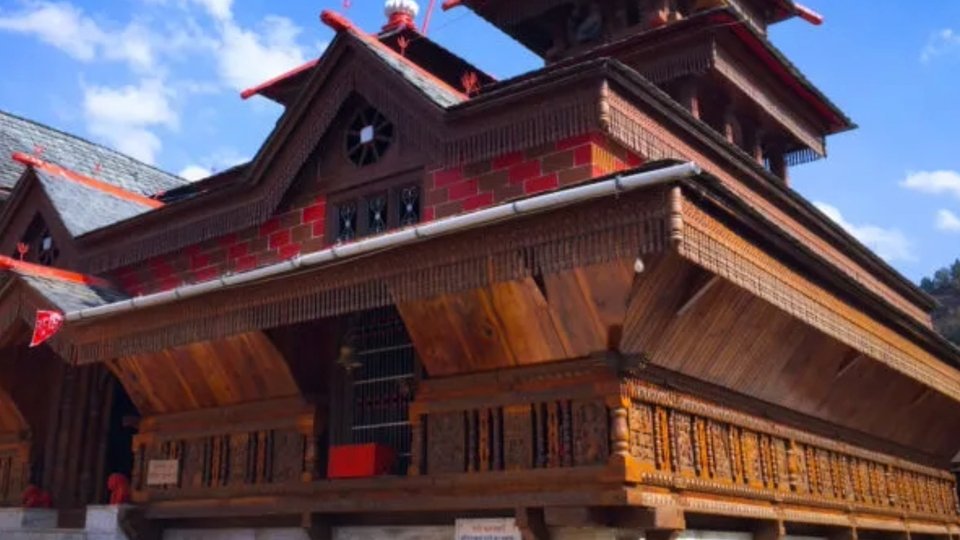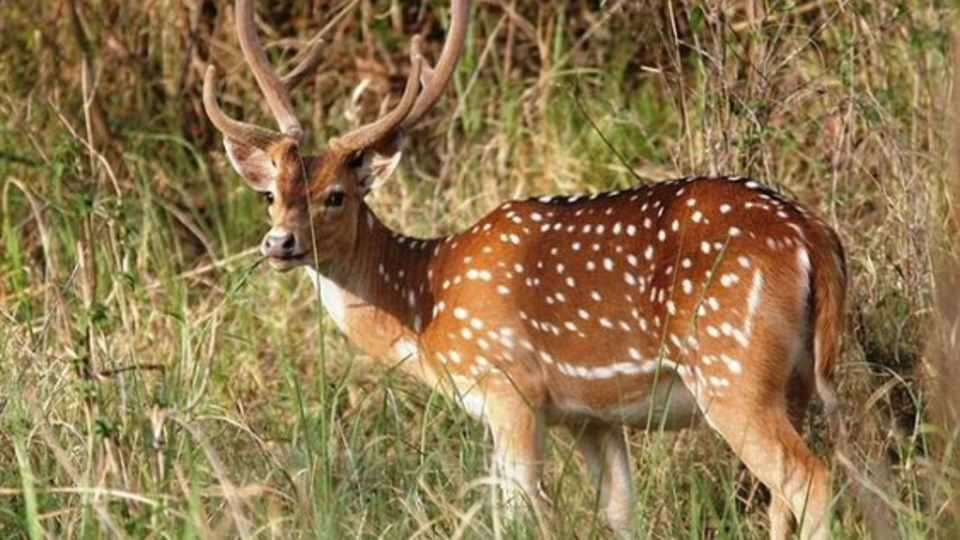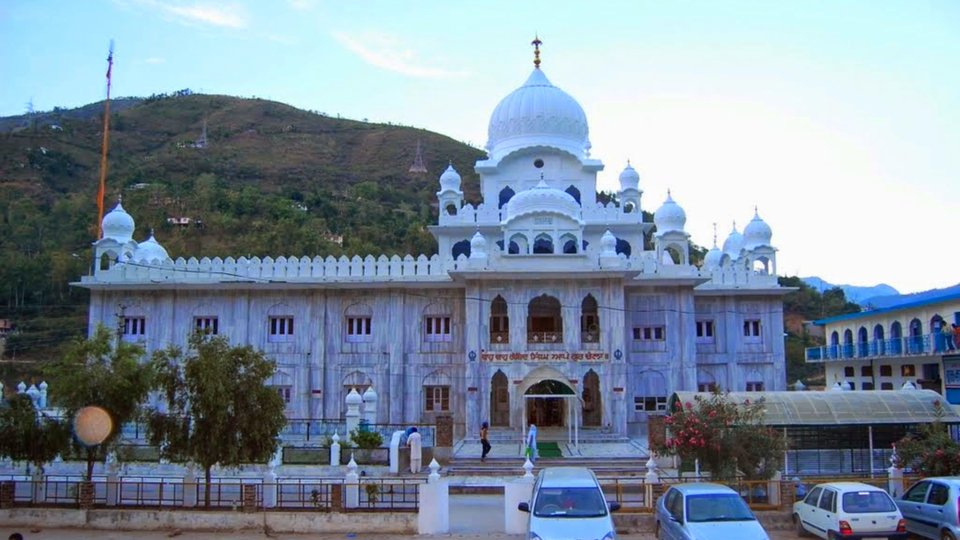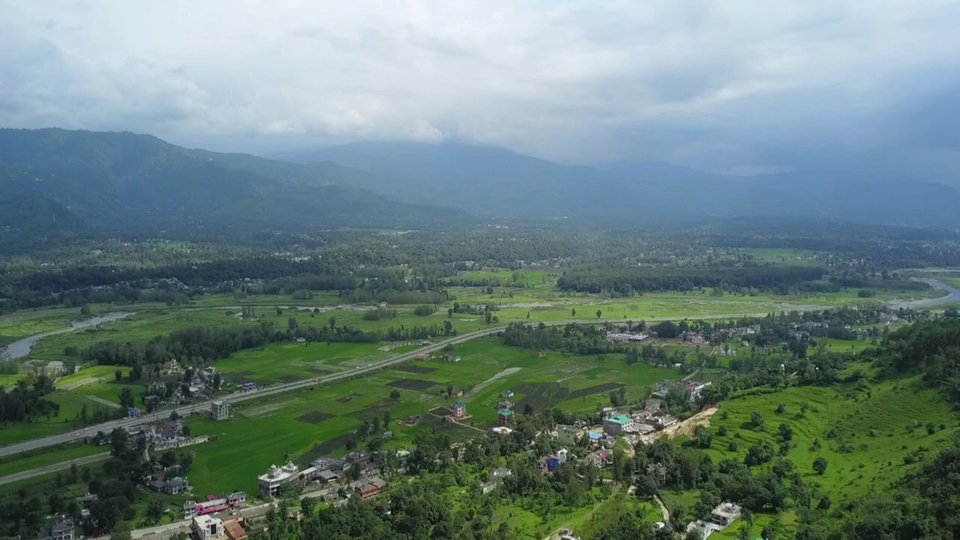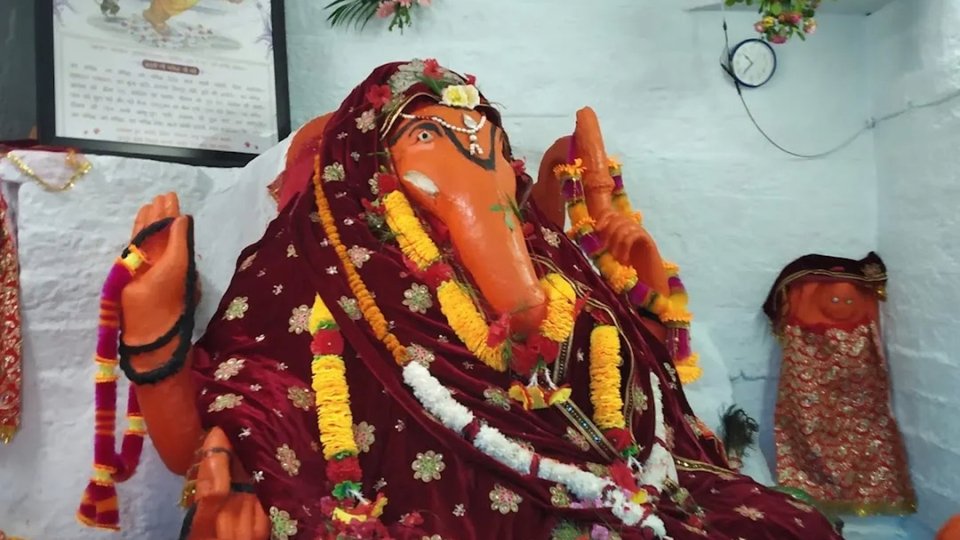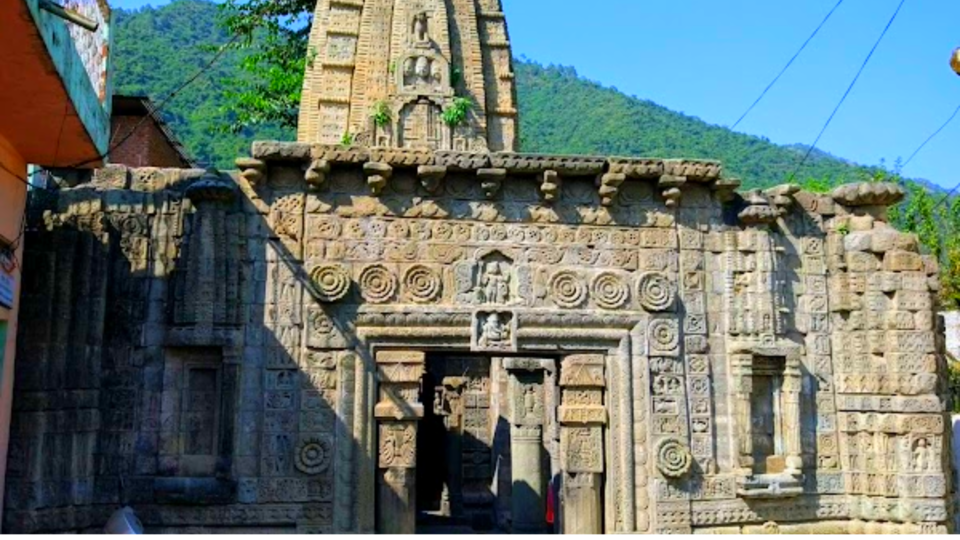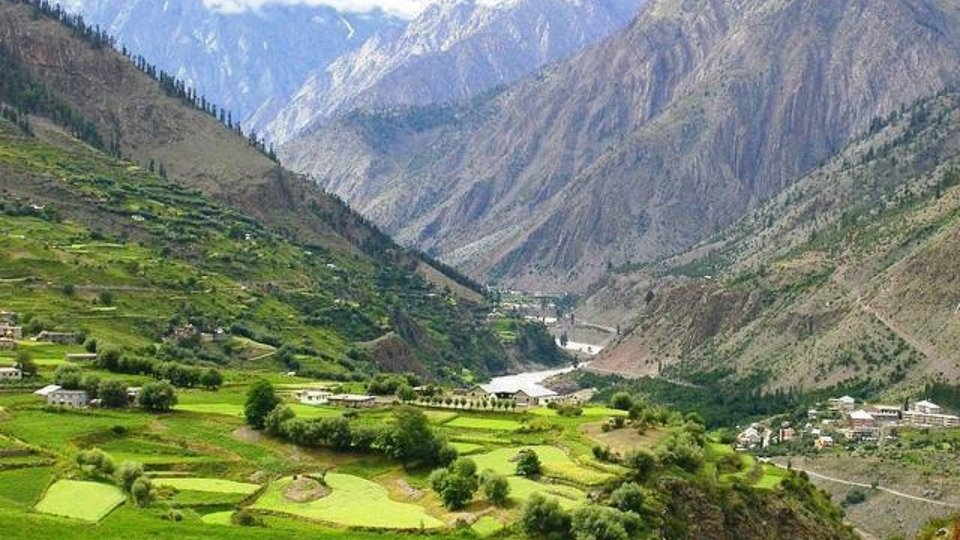29 Places To Visit In Dharamshala | Complete Tour Guide | How To Reach
Dharamshala, located in the state of Himachal Pradesh, India, is a picturesque hill station known for its serene landscapes, Tibetan culture, and spiritual significance. It serves as the residence of the 14th Dalai Lama and is often referred to as the “Little Lhasa” due to its large Tibetan community. The town is divided into two distinct parts: Upper Dharamshala, known as McLeod Ganj, which is the spiritual center and home to Tibetan government-in-exile, and Lower Dharamshala, which is the commercial hub. Visitors flock to Dharamshala to explore its monasteries, temples, scenic beauty, and engage in activities like trekking, meditation, and yoga amidst the tranquil Himalayan surroundings.
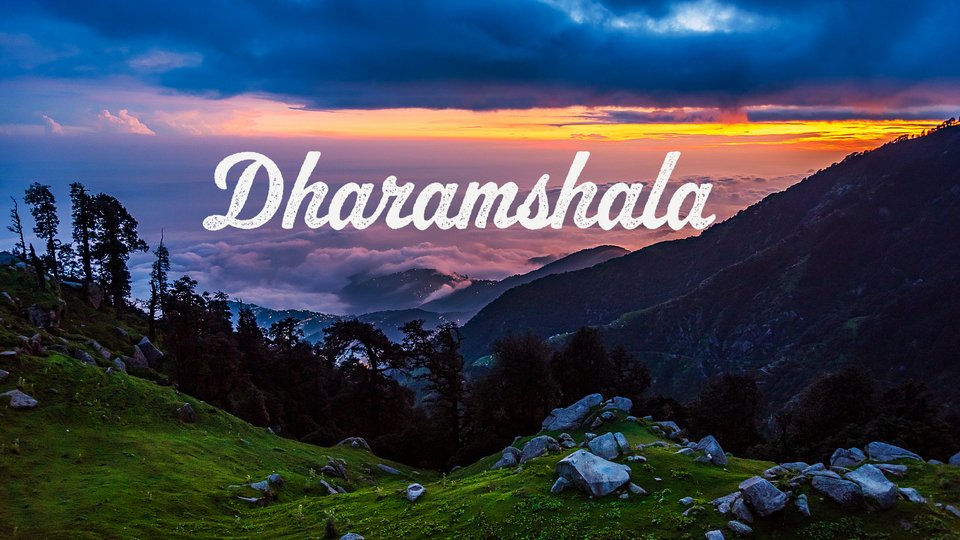
Best Places To Visit In Dharamshala:
Dharamshala, nestled in the Kangra district of Himachal Pradesh, is a scenic hill station renowned for its natural beauty, Tibetan culture, and adventure activities. McLeod Ganj, the hub of Tibetan culture, features monasteries and the residence of the Dalai Lama. Nature enthusiasts can visit Bhagsu Waterfall and Dal Lake for tranquility. Adventure seekers can trek in Triund and paraglide. Dharamshala also offers spiritual and wellness retreats for rejuvenation. Overall, Dharamshala is a diverse destination, blending nature, culture, and adventure for a memorable experience.
Here are some places to visit in Dharamshala:
1. Tsuglagkhang Complex
The Tsuglagkhang Complex in Dharamshala, Himachal Pradesh, is a significant Tibetan Buddhist site and a center for spiritual and cultural activities. It serves as the residence of the 14th Dalai Lama, Tenzin Gyatso, and is the largest Tibetan temple outside of Tibet. The complex houses various structures, including the Tsuglagkhang Temple, the Namgyal Monastery, the Tibet Museum, and the Dalai Lama’s residence. Pilgrims and tourists visit the complex to attend teachings, meditate, and pay homage to the Buddha. The serene ambiance and stunning Himalayan backdrop add to the spiritual experience of visitors.
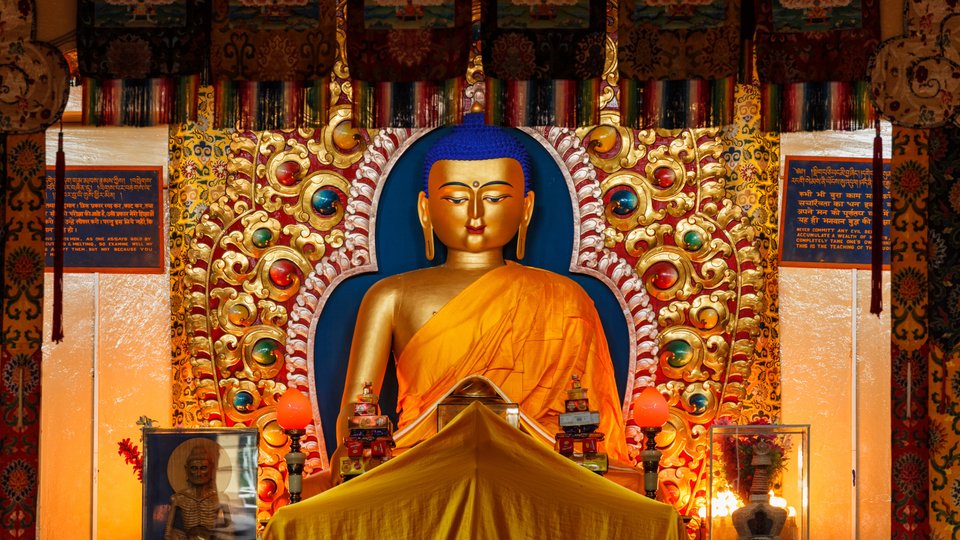
2. Namgyal Monastery
The Namgyal Monastery is one of the most important Tibetan monasteries outside of Tibet. It was established in the 16th century and serves as the personal monastery of the 14th Dalai Lama, Tenzin Gyatso. The monastery is renowned for its serene atmosphere and beautiful architecture, featuring traditional Tibetan design elements. It is a center for Buddhist teachings, meditation, and spiritual practices. Visitors to the Namgyal Monastery can participate in prayer sessions, explore the monastery’s grounds, and learn about Tibetan Buddhism and culture. The monastery also offers stunning views of the surrounding Himalayan mountains, adding to its appeal as a place of peace and contemplation.

3. Bhagsunath Temple and Waterfall
The Bhagsunath Temple and Waterfall is a significant religious and natural attraction nestled amidst the scenic beauty of the Himalayas. The ancient temple is dedicated to Lord Shiva and holds immense religious importance for devotees. Visitors can witness the traditional architecture of the temple and participate in prayers and rituals performed by the priests. Adjacent to the temple is the enchanting Bhagsu Waterfall, cascading gracefully from a height amidst lush green surroundings. The waterfall offers a refreshing escape and a picturesque backdrop for nature lovers and photographers. Visitors can enjoy the soothing sound of the cascading water, take a dip in the natural pool formed below the waterfall, or simply relax amidst the serene ambiance. The Bhagsunath Temple and Waterfall is a popular destination for both spiritual seekers and tourists seeking tranquility amidst nature’s splendor.

4. Dharamshala Cricket Stadium
The Dharamshala Cricket Stadium is one of the most picturesque cricket grounds in the world. Surrounded by the majestic Dhauladhar mountain ranges, the stadium offers breathtaking views of the snow-capped peaks, creating a stunning backdrop for cricket matches. It is the home ground of the Himachal Pradesh cricket team and has hosted several international and domestic cricket matches, including Indian Premier League (IPL) games. With its unique setting and excellent facilities, the Dharamshala Cricket Stadium attracts cricket enthusiasts from around the globe, providing a memorable experience amidst nature’s beauty.
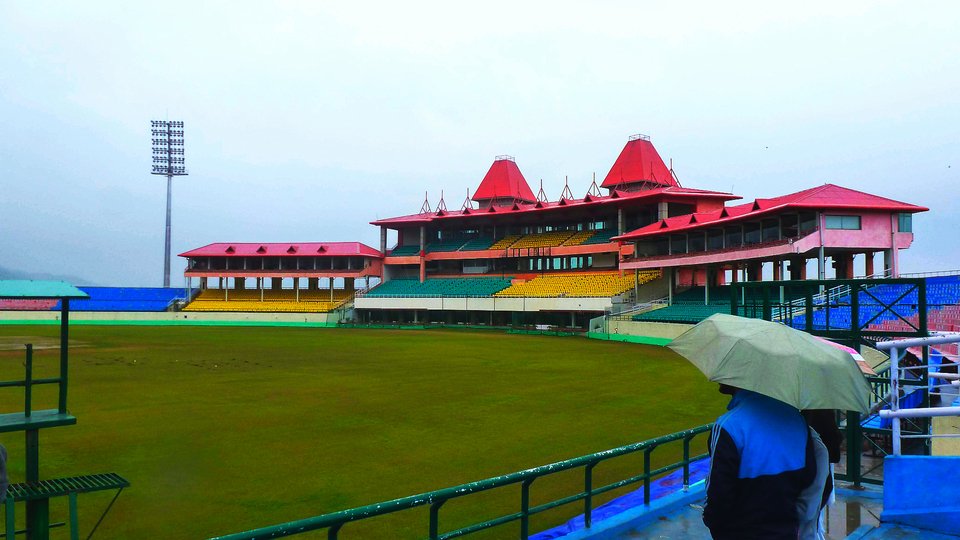
5. Dal Lake
Dal Lake is a serene and scenic lake nestled amidst lush greenery and pine forests. It is a popular tourist destination and a peaceful retreat for visitors seeking tranquility and natural beauty. Surrounded by towering mountains, Dal Lake offers breathtaking views and is a perfect spot for boating and picnics. The area around the lake is dotted with small temples and shrines, adding to its spiritual ambiance. Visitors can enjoy leisurely walks along the lakeshore, soak in the serene atmosphere, and capture mesmerizing views of the surrounding landscape. Dal Lake is a must-visit destination for nature lovers and those looking to unwind in the lap of nature.

6. Tibet Museum
The Tibet Museum in Dharamshala, offers a profound insight into the rich cultural heritage and history of Tibet. Situated in the heart of the Tibetan exile community, the museum showcases exhibits that narrate the story of Tibet’s struggle for independence and preservation of its cultural identity. Visitors can explore various artifacts, photographs, documents, and artworks that depict the Tibetan way of life, customs, traditions, and the challenges faced by Tibetans in exile. The museum also educates visitors about the political situation in Tibet and the efforts of the Tibetan people to preserve their heritage. With informative displays and interactive exhibits, the Tibet Museum serves as a significant cultural and educational center, promoting awareness and understanding of Tibetan history and culture.
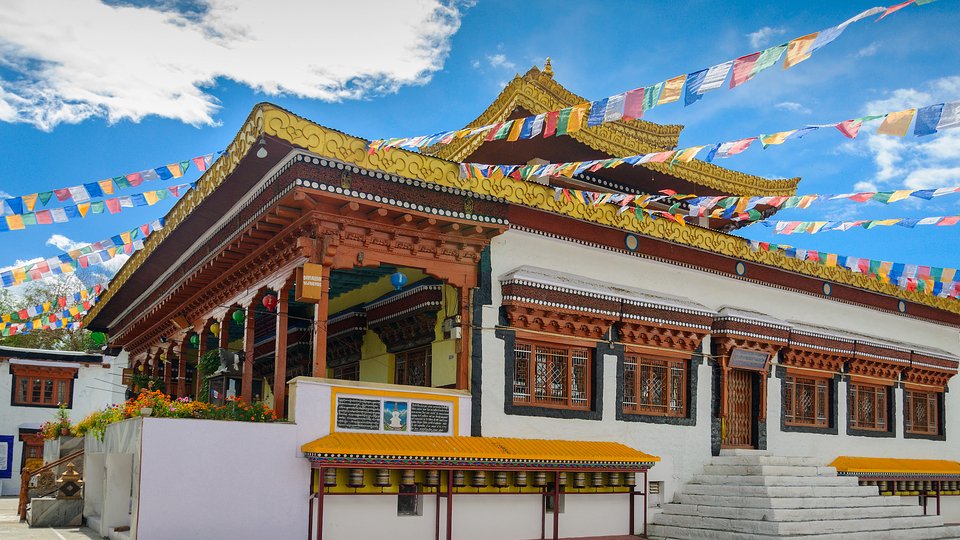
7. St. John in the Wilderness Church
St. John in the Wilderness Church is a historic Anglican church nestled amidst the serene wilderness of the Himalayas. Built-in 1852, this charming church boasts stunning neo-Gothic architecture and is dedicated to St. John the Baptist. Surrounded by tall pine trees and lush greenery, the church offers a tranquil ambiance for visitors seeking solace and spiritual reflection. The churchyard is the final resting place of British Viceroy Lord Elgin, whose memorial can be found here. With its picturesque setting and serene atmosphere, St. John in the Wilderness Church is a must-visit attraction for those exploring Dharamshala’s cultural and historical heritage.
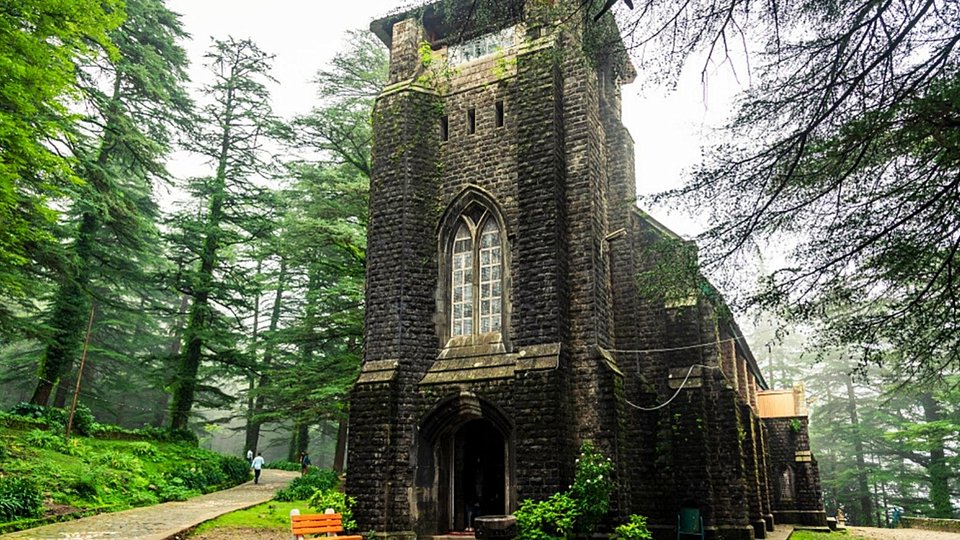
8. Naddi Viewpoint
Naddi Viewpoint in Dharamshala, offers mesmerizing panoramic views of the surrounding mountains and valleys, making it a popular destination for nature lovers and photographers. Situated at an altitude of approximately 2,000 meters above sea level, this scenic spot provides a breathtaking vantage point to witness the majestic Dhauladhar range. Visitors can enjoy stunning sunrise and sunset views, as well as soak in the tranquility of the Himalayan landscape. Naddi Viewpoint also serves as the starting point for various trekking trails, allowing adventurous souls to explore the pristine beauty of the region. Whether you’re seeking serenity or adventure, Naddi Viewpoint promises an unforgettable experience amidst the splendor of nature.
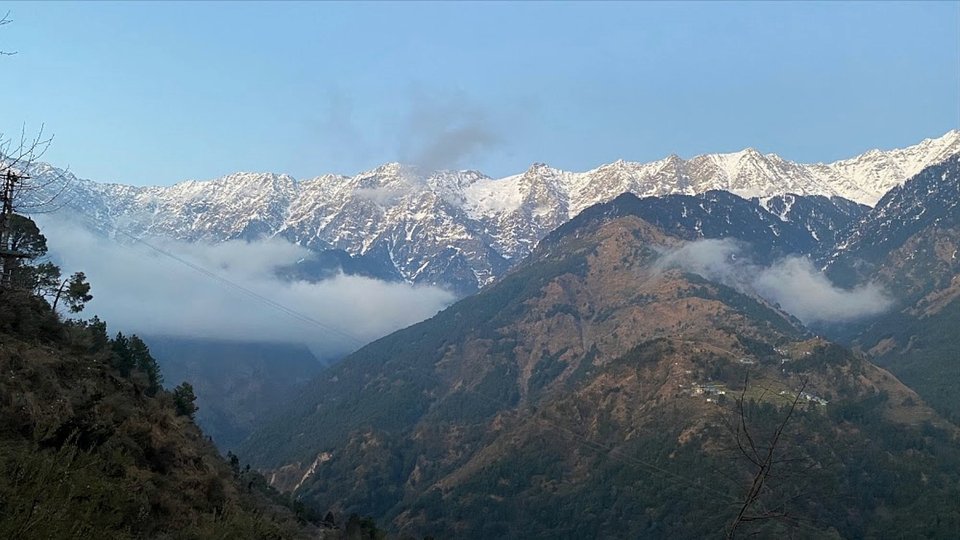
9. Kangra Valley
The Kangra Valley near Dharamshala is renowned for its breathtaking natural beauty, lush greenery, and serene ambiance. The valley is dotted with picturesque landscapes, verdant tea gardens, and cascading waterfalls, offering visitors a tranquil retreat amidst nature’s splendor. Additionally, the Kangra Valley boasts a rich cultural heritage, with ancient temples, historic forts, and traditional villages dotting its terrain. Adventure enthusiasts can indulge in activities like trekking, paragliding, and camping amidst the valley’s pristine surroundings. Whether it’s soaking in the panoramic vistas, exploring the region’s cultural landmarks, or seeking adrenaline-pumping adventures, the Kangra Valley in Dharamshala promises an unforgettable experience for travelers.
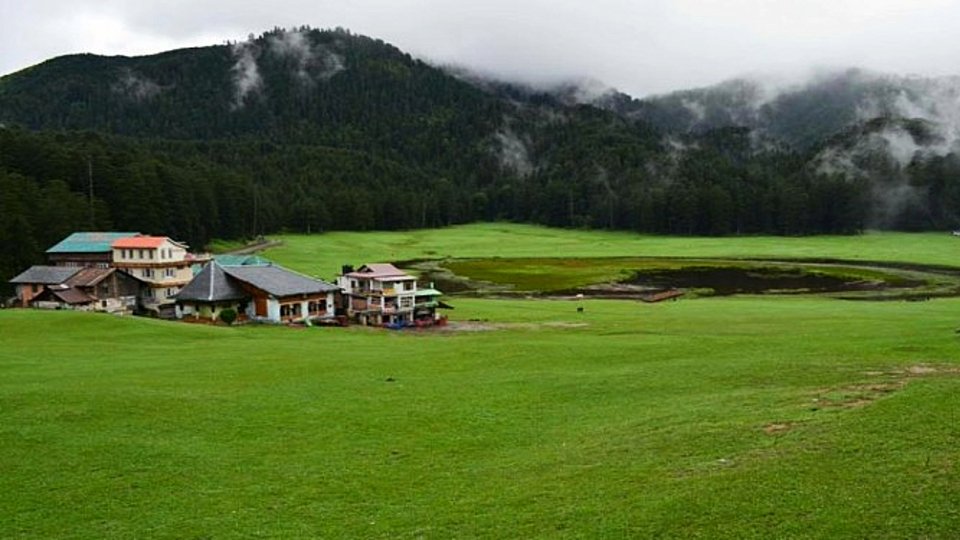
10. Kareri Lake
Kareri Lake near Dharamshala is a pristine alpine freshwater lake renowned for its captivating beauty and tranquil ambiance. Situated at an altitude of approximately 2,950 meters above sea level, the lake is fed by the melting snow from the surrounding mountains, creating a crystal-clear expanse of water that reflects the stunning landscape. Surrounded by dense forests, lush meadows, and towering peaks, Kareri Lake offers a serene escape for nature lovers, trekkers, and adventure enthusiasts. The trek to Kareri Lake is a rewarding experience, traversing through picturesque trails, quaint villages, and verdant valleys, offering breathtaking views of the Himalayan panorama along the way. Whether it’s camping by the lakeside, enjoying a leisurely picnic amidst nature, or embarking on a challenging trekking expedition, Kareri Lake beckons travelers with its untouched beauty and serene ambiance, making it a must-visit destination in Dharamshala.
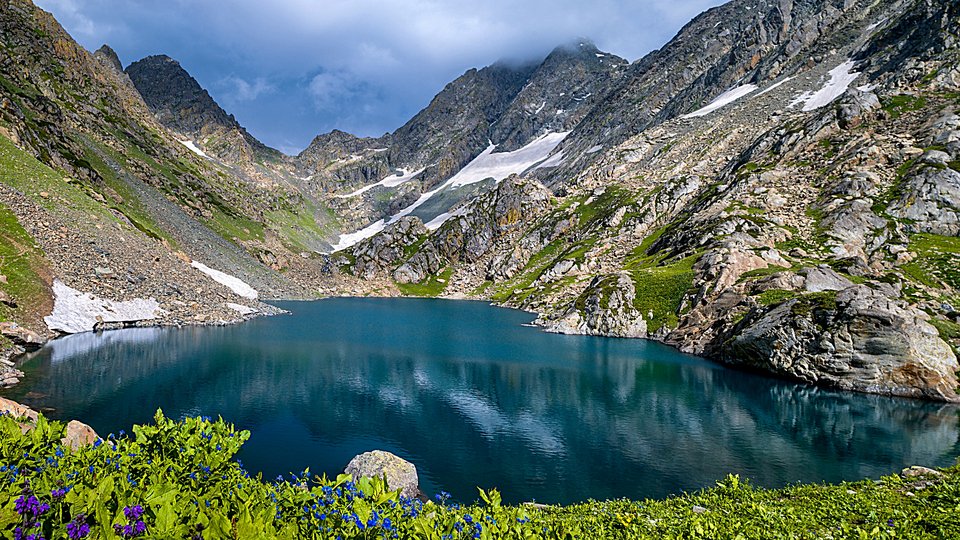
11. Triund Hill
Perched at an altitude of about 2,875 meters above sea level, Triund Hill is a popular trekking destination located near Dharamshala in Himachal Pradesh, India. Renowned for its breathtaking panoramic views of the surrounding snow-capped peaks and verdant valleys, Triund offers an exhilarating trekking experience amidst the serene beauty of the Dhauladhar range. The trek to Triund begins from McLeod Ganj, winding through dense forests of oak, deodar, and rhododendron, with occasional sightings of colorful Himalayan birds and wildflowers. As trekkers ascend, the landscape transforms, offering stunning vistas of the Kangra Valley below. At the summit, trekkers are rewarded with awe-inspiring views of the mighty Dhauladhar range, including prominent peaks like Indrahar Pass and Moon Peak. Triund is also a popular camping spot, allowing visitors to spend a night under the star-studded sky, surrounded by the tranquility of the mountains. With its scenic beauty, refreshing atmosphere, and adventurous trails, Triund Hill is a must-visit destination for nature lovers and adventure enthusiasts visiting Dharamshala.
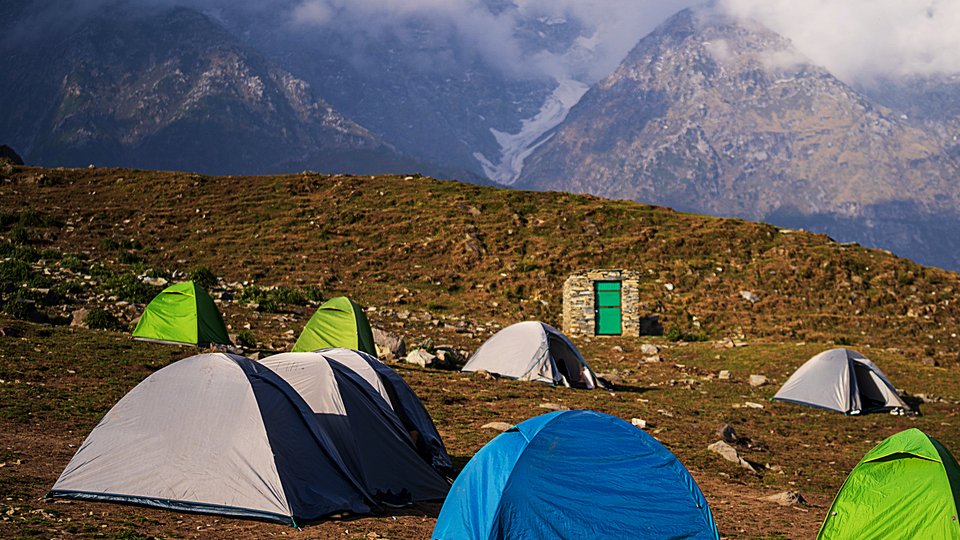
12. Masroor Rock Cut Temple
The Masroor Rock Cut Temple, situated near Dharamshala in Himachal Pradesh, India, is a remarkable archaeological site dating back to the 8th century. Carved out of a single rock formation, this complex of monolithic rock-cut temples is dedicated to Lord Shiva and showcases exquisite Indo-Aryan architectural styles. The temple complex, set against the backdrop of the Dhauladhar mountain range, boasts intricate carvings, elaborate sculptures, and finely crafted pillars. Despite being partially damaged over the centuries, the Masroor Rock Cut Temple remains an impressive testament to ancient craftsmanship and religious devotion. It attracts history enthusiasts, archaeologists, and spiritual seekers alike, offering a glimpse into India’s rich cultural and architectural heritage.

13. Indrahar Pass
Indrahar Pass is a renowned trekking destination and a natural marvel. Sitting at an altitude of around 4,300 meters (14,100 feet), the pass offers breathtaking panoramic views of the surrounding valleys, snow-capped peaks, and lush green meadows. It serves as a gateway to the Chamba Valley and is a popular route for trekkers seeking adventure and scenic beauty. The trek to Indrahar Pass is known for its challenging terrain, comprising steep ascents, rocky trails, and unpredictable weather conditions, making it suitable for experienced trekkers. Along the way, trekkers encounter picturesque alpine forests, gushing streams, and diverse flora and fauna, adding to the allure of the journey. At the summit, trekkers are rewarded with awe-inspiring vistas, making the effort worthwhile. Indrahar Pass is not just a trekking trail; it’s an unforgettable experience that allows adventurers to immerse themselves in the pristine beauty of the Himalayas.
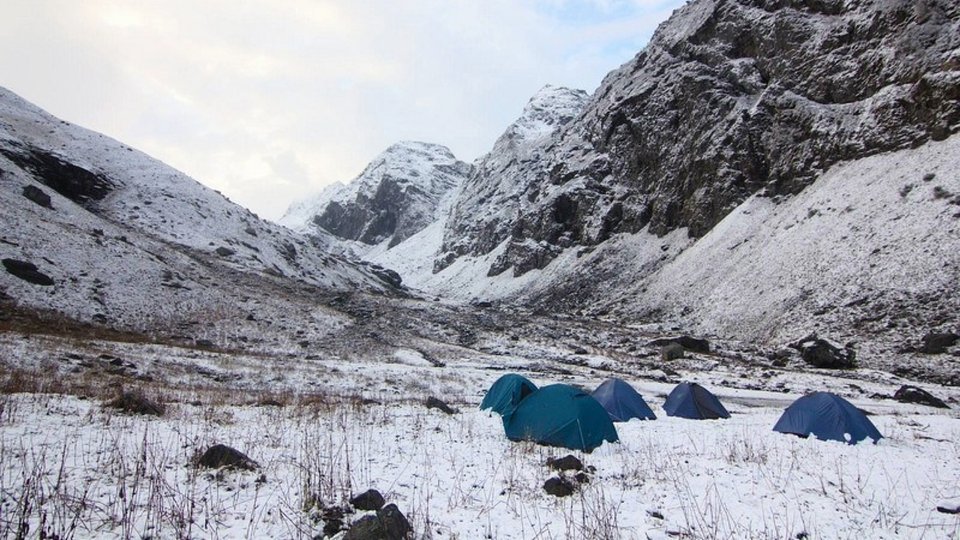
14. Kangra Fort
Kangra Fort is one of the largest and oldest forts in India. This majestic fort, perched atop a hill at the confluence of the Banganga and Patal Ganga rivers, offers breathtaking views of the surrounding Himalayan landscape. With a history dating back over 1,500 years, Kangra Fort has witnessed the rise and fall of numerous dynasties, including the Katoch rulers, Mughals, and British. The fort complex comprises various structures, including temples, palaces, and gates, all built using thick stone walls and intricate architecture. Visitors can explore the fort’s interior, which houses several temples dedicated to Hindu deities like Ambika Devi, Laxmi Narayan, and Lord Shiva. The fort’s strategic location and formidable defenses have made it an essential stronghold throughout history, attracting tourists and history enthusiasts alike. Today, Kangra Fort stands as a symbol of the region’s rich cultural heritage and serves as a reminder of its glorious past.

15. Tea Gardens
The Tea Gardens offer a serene and picturesque escape into the lush greenery of the Kangra Valley. Nestled amidst rolling hills and misty landscapes, these gardens are renowned for their scenic beauty and tea cultivation. Visitors can stroll through the neatly manicured rows of tea bushes, inhaling the refreshing aroma of freshly plucked tea leaves and enjoying the tranquility of the surroundings. The Tea Gardens provide an excellent opportunity to learn about the tea-making process, from cultivation to processing, and visitors can also indulge in tea tasting sessions to savor the distinct flavors of Kangra tea. Additionally, the panoramic views of the surrounding mountains and valleys add to the charm of this idyllic destination, making it a must-visit attraction for nature lovers and photography enthusiasts alike.
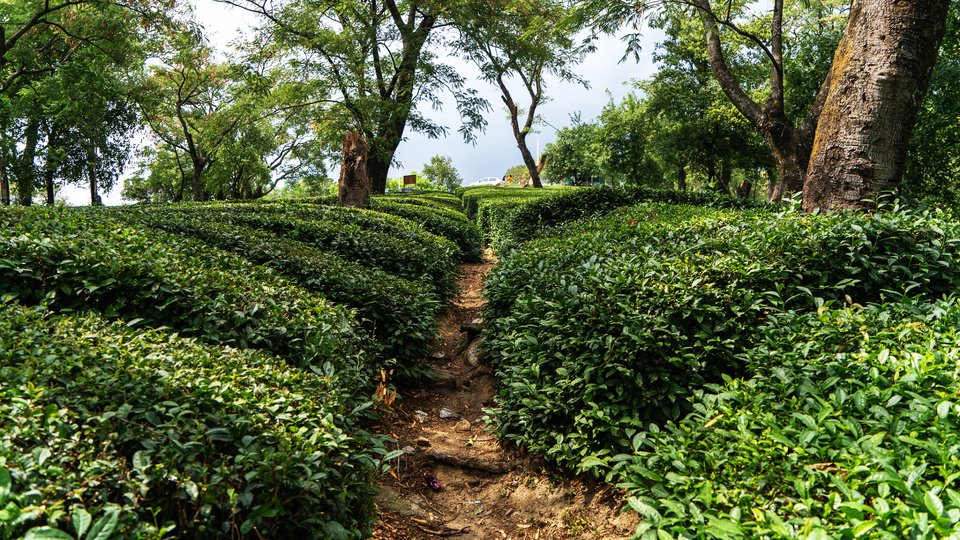
16. Guna Devi Temple
Guna Devi Temple is a revered Hindu shrine dedicated to Goddess Kali. Perched atop a hill, the temple offers panoramic views of the surrounding mountains and lush greenery. Devotees often undertake a trek to reach the temple, making it a spiritual and adventurous journey. The temple holds significant religious importance for locals and attracts pilgrims seeking blessings and fulfillment of their wishes. The serene ambiance and natural beauty surrounding the temple make it a popular destination for both religious and nature enthusiasts. Visitors can enjoy the tranquility of the temple premises and soak in the breathtaking vistas of the Himalayan landscape, making it a memorable experience in Dharamshala.
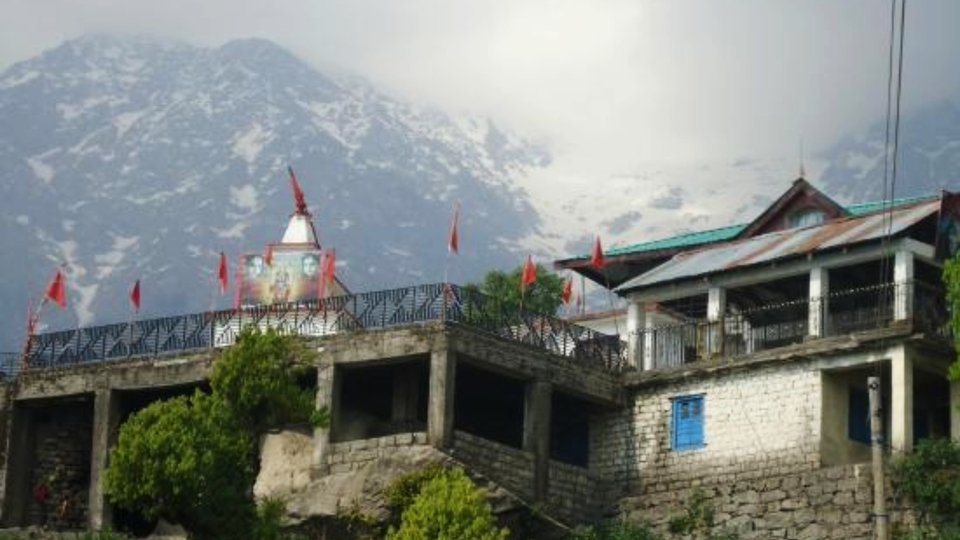
17. Kangra Art Museum
Kangra Art Museum, showcases the rich cultural heritage and artistic traditions of the Kangra region. The museum houses a diverse collection of artifacts, including ancient sculptures, traditional paintings, rare manuscripts, and exquisite pottery, reflecting the history and craftsmanship of the Kangra Valley. Visitors can explore the fascinating exhibits that depict the evolution of Kangra’s art forms, from ancient times to the present day. The museum also features displays on Tibetan and Buddhist art, highlighting the region’s multicultural influences. With its engaging exhibits and informative displays, the Kangra Art Museum offers visitors a glimpse into the vibrant artistic legacy of the Himalayan region.
- Timings: 10 am to 5 pm on all days of the week, except Mondays and public holidays.
- Charges: INR 25 per person for Indians and INR 100 per person for foreigners.
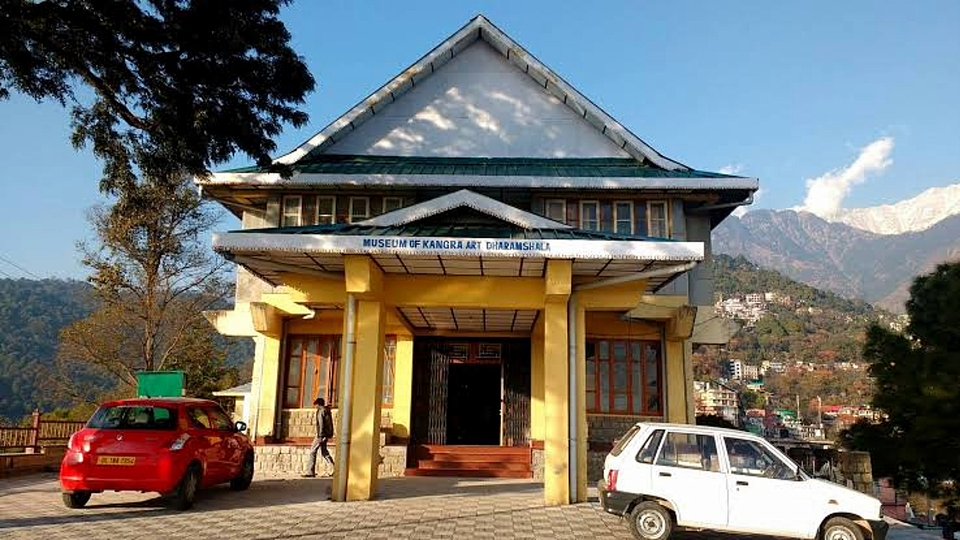
18. Kunal Pathri Temple
Kunal Pathri Temple is a revered Hindu shrine nestled amidst the picturesque hills of Himachal Pradesh. The temple is dedicated to Goddess Kapaleshwari, also known as Kunal Pathri Devi, and is believed to be one of the 51 Shakti Peethas, according to Hindu mythology. The name “Kunal Pathri” translates to “the place where the eyes fell,” referencing the legend that the goddess’s eyes fell at this spot during the dismemberment of the corpse of Goddess Sati by Lord Vishnu’s Sudarshan Chakra. Devotees visit the temple to seek blessings, especially during the auspicious Navratri festival when special prayers and rituals are conducted. The temple’s serene surroundings and panoramic views of the surrounding valleys make it a tranquil retreat for spiritual seekers and nature enthusiasts alike.
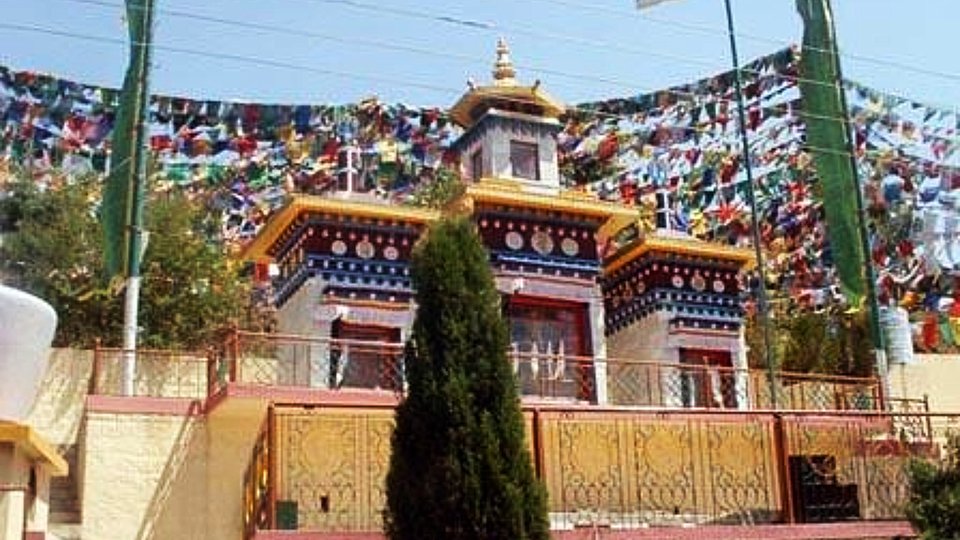
19. Neugal Khad
Neugal Khad is a mesmerizing spot renowned for its natural beauty and serene ambiance. This scenic spot is formed by the gushing waters of the Neugal stream cascading through the lush green valleys of Himachal Pradesh. Visitors are captivated by the picturesque views of the river cutting through the rocky terrain, creating a tranquil atmosphere ideal for relaxation and rejuvenation. Neugal Khad is a popular picnic spot where visitors can unwind amidst the pristine surroundings, enjoy leisurely walks along the riverbanks, and admire the breathtaking vistas of the Himalayan foothills. The site also offers opportunities for photography enthusiasts to capture stunning shots of the cascading stream and verdant landscapes. Whether seeking solitude or seeking adventure, Neugal Khad is a must-visit destination for nature lovers and travelers exploring Dharamshala’s natural wonders.
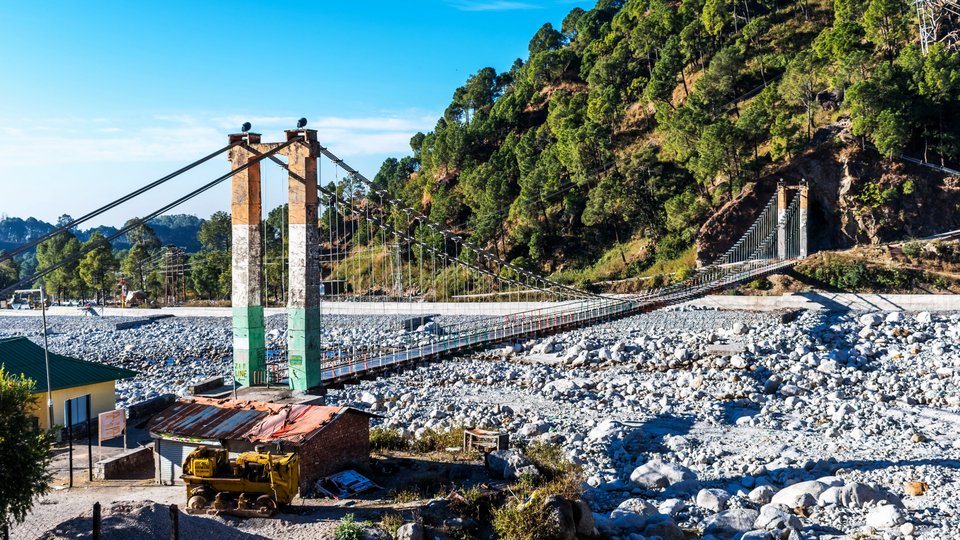
20. War Memorial
The War Memorial stands as a solemn tribute to the brave soldiers who made the ultimate sacrifice for their nation. Located amidst serene surroundings, this memorial serves as a poignant reminder of the valor and sacrifice of those who fought in various wars. Surrounded by lush greenery and scenic landscapes, the memorial offers visitors a tranquil space for reflection and remembrance. The site features a central monument adorned with plaques and inscriptions commemorating the soldiers who laid down their lives in service of the country. Visitors can pay their respects, offer prayers, and contemplate the sacrifices made by the bravehearts. The War Memorial in Dharamshala not only honors the memory of the fallen soldiers but also serves as a symbol of national pride and gratitude.
Timing: 8:00 am to 8:00 pm
Entry Fees: Rs.10 rupees per person

21. Dharamkot
Dharamkot is a serene and picturesque village renowned for its panoramic vistas and tranquil ambiance. Situated just a few kilometers away from McLeod Ganj, it offers a perfect retreat from the hustle and bustle of city life. The village is enveloped by lush greenery and offers breathtaking views of the Dhauladhar mountain range. Visitors to Dharamkot can indulge in peaceful nature walks, yoga sessions, and meditation retreats. It’s also a popular starting point for treks to Triund and other nearby trails, attracting adventure enthusiasts and nature lovers alike. With its laid-back vibe and stunning natural beauty, Dharamkot provides a rejuvenating escape amidst the serene Himalayan landscape.
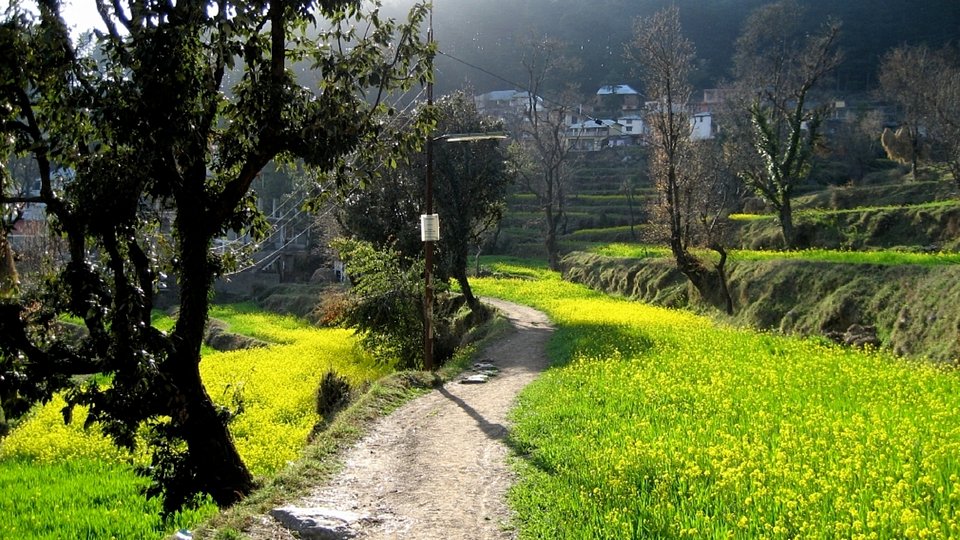
22. Chinmaya Tapovan
Chinmaya Tapovan is a serene ashram nestled amidst the lush greenery of the Himalayas, offering a tranquil retreat for spiritual seekers and nature lovers alike. Founded by Swami Chinmayananda, a renowned spiritual leader, the ashram is dedicated to the teachings of Vedanta and aims to promote spiritual growth and self-discovery. Visitors can participate in various activities such as meditation sessions, yoga classes, spiritual discourses, and contemplative walks in the scenic surroundings. The ashram also features a peaceful meditation hall, a library with a vast collection of spiritual literature, and simple yet comfortable accommodations for those seeking a spiritual sojourn. With its serene ambiance and emphasis on spiritual practices, Chinmaya Tapovan provides a conducive environment for inner reflection, rejuvenation, and spiritual upliftment.
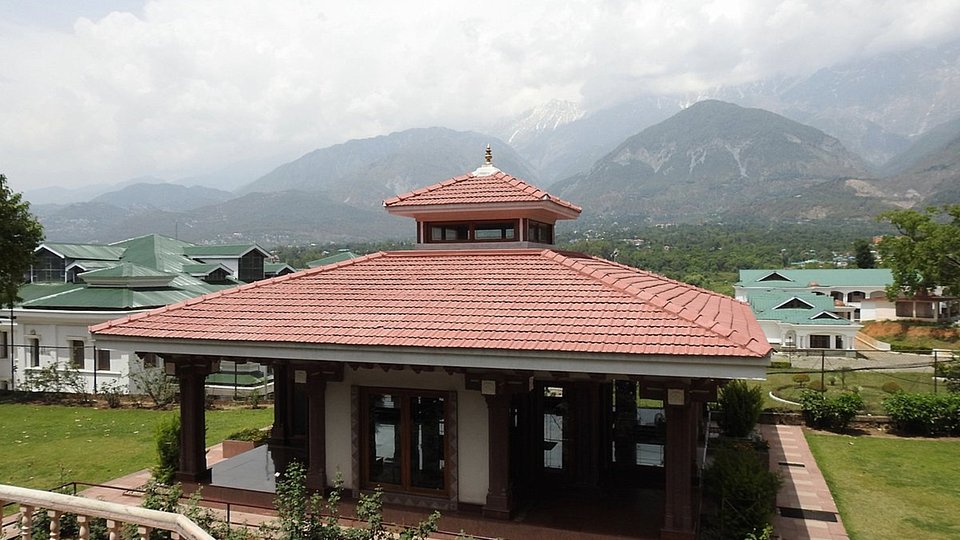
23. Tushita Meditation Centre
Tushita Meditation Centre is a renowned destination for those seeking spiritual growth, meditation, and mindfulness practices. Nestled amidst the serene surroundings of the Himalayas in McLeod Ganj, this center offers various meditation courses, workshops, and retreats, drawing visitors from around the world. Founded under the guidance of Lama Thubten Yeshe and Lama Zopa Rinpoche, Tushita aims to propagate the teachings of Tibetan Buddhism and provide a tranquil space for individuals to explore and deepen their meditation practice. The center’s peaceful ambiance, coupled with the guidance of experienced meditation instructors, fosters an environment conducive to self-reflection, inner peace, and personal transformation. Whether one is a beginner or an experienced meditator, Tushita Meditation Centre offers a welcoming sanctuary for all seekers on the path to spiritual awakening and enlightenment.
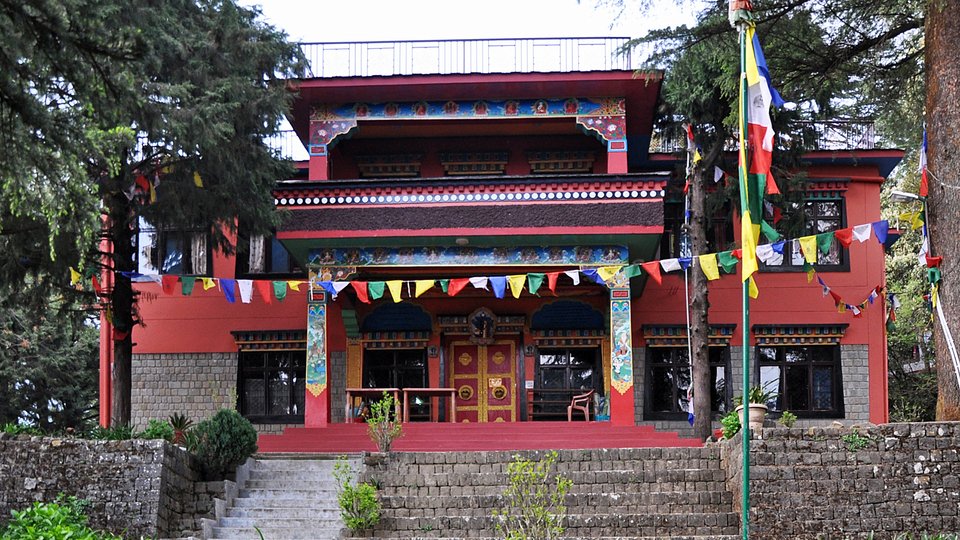
24. Chamunda Nandikeshwar Temple
The Chamunda Nandikeshwar Temple is a revered Hindu shrine dedicated to Goddess Chamunda, a form of Goddess Durga, and Lord Shiva. Situated amidst scenic surroundings, the temple attracts devotees and tourists alike who seek blessings and spiritual solace. The architecture of the temple is noteworthy, reflecting traditional Himachali style with intricate carvings and vibrant colors. Apart from its religious significance, the temple offers panoramic views of the surrounding hills and valleys, adding to its charm as a must-visit destination in Dharamshala.
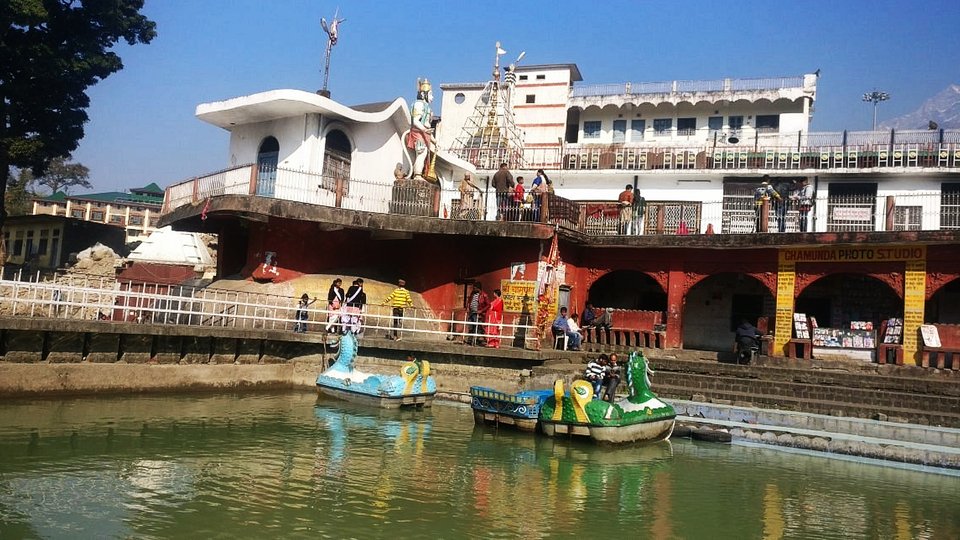
25. Dharamshala Ropeway (Dharamshala Skyway)
The Dharamshala Ropeway, also known as the Dharamshala Skyway, offers visitors a breathtaking aerial journey over the picturesque landscapes of Dharamshala. Providing panoramic views of the lush greenery, snow-capped mountains, and scenic valleys, this ropeway ride is a popular tourist attraction in the region. Passengers can enjoy the serene beauty of the surrounding Himalayan ranges while gliding smoothly above the terrain. The ropeway serves as both a convenient mode of transportation and an exhilarating experience for tourists looking to explore the natural beauty of Dharamshala from a unique perspective.
- Timings: 9:30 am to 6:00 pm, except on Mondays and public holidays.
- Charges: The ticket price for the Dharamshala Ropeway is INR 300 per person for one-way and INR 500 per person for round-trip.
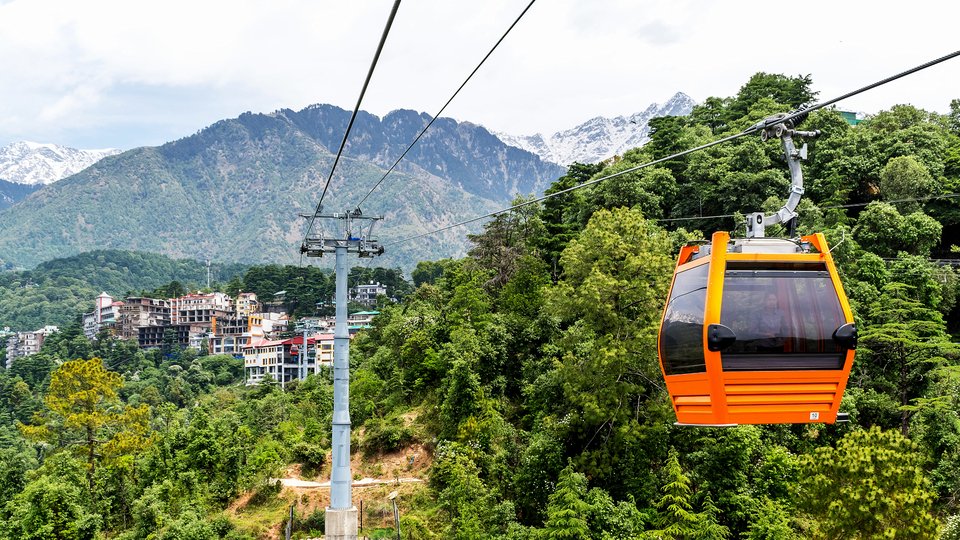
26. Aghanjar Mahadev Temple
Aghanjar Mahadev Temple is a sacred Hindu shrine dedicated to Lord Shiva. Situated amidst serene surroundings, the temple offers devotees a peaceful atmosphere for prayer and meditation. It is believed to hold significant religious importance, attracting pilgrims and tourists alike. The temple’s tranquil ambiance, coupled with its scenic surroundings, makes it a popular spiritual destination in Dharamshala. Devotees visit the temple to seek blessings, perform rituals, and immerse themselves in the divine aura of Lord Shiva.
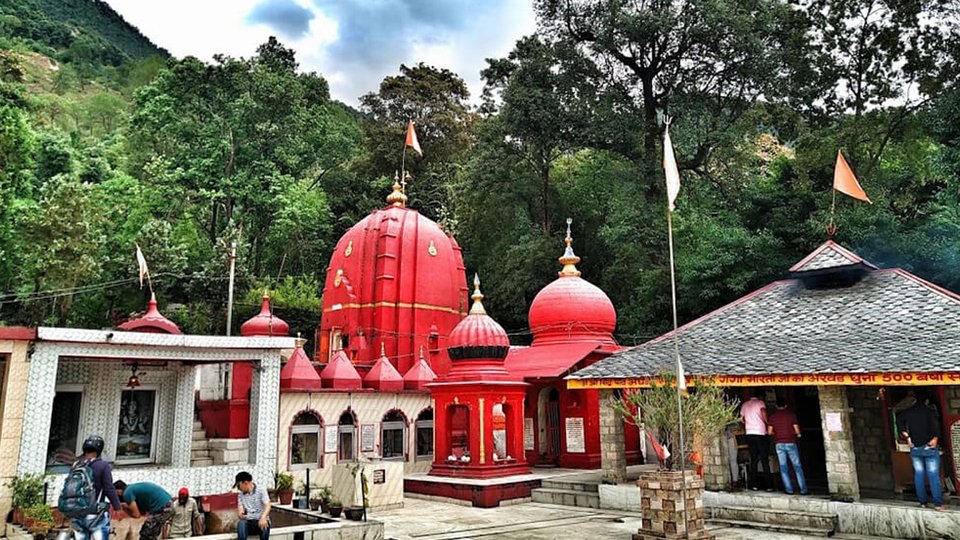
27. Namgyalma Stupa
Namgyalma Stupa is a revered Buddhist monument embodying peace and spirituality. The stupa is dedicated to Namgyalma, a deity associated with longevity and purification. Surrounded by prayer flags fluttering in the breeze, the stupa exudes a serene ambiance conducive to meditation and introspection. Visitors often come here to offer prayers, circumambulate the stupa, and soak in the tranquil atmosphere. With its picturesque location and spiritual significance, Namgyalma Stupa serves as a cherished landmark in Dharamshala, attracting both pilgrims and tourists seeking solace and enlightenment.
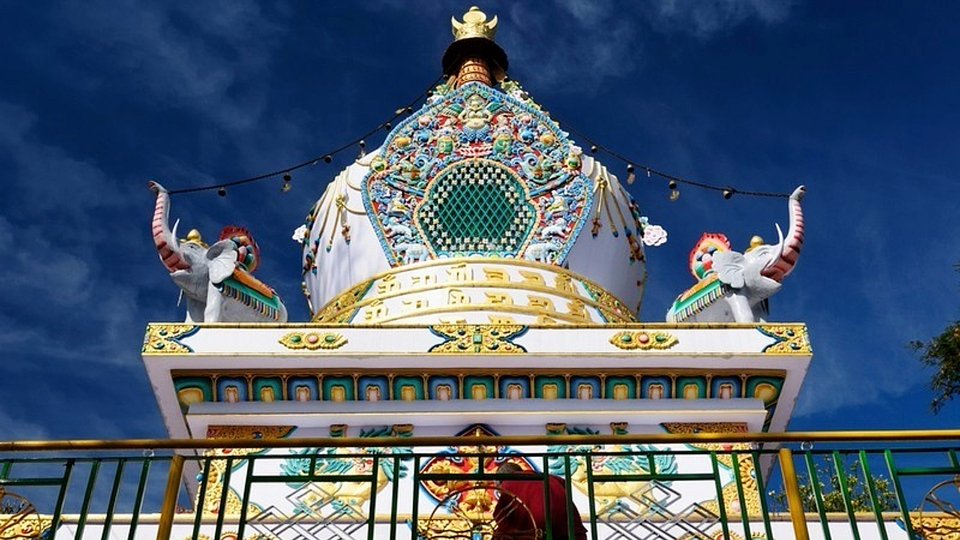
28. Himalayan Iyengar Yoga Centre, Dharamsala
The Himalayan Iyengar Yoga Centre offers a serene retreat for yoga enthusiasts and practitioners seeking to deepen their practice in the lap of the Himalayas. Founded by Sharat Arora, a disciple of B.K.S. Iyengar, the center follows the traditional teachings of Iyengar Yoga, focusing on alignment, precision, and mindful practice. Nestled amidst the tranquil surroundings of Dharamsala, the center provides a conducive environment for yoga and meditation, allowing visitors to rejuvenate their body, mind, and spirit. With experienced instructors and a range of yoga programs catering to practitioners of all levels, the Himalayan Iyengar Yoga Centre offers a transformative experience for those on a quest for holistic well-being and inner peace.

29. McLeod Ganj
McLeod Ganj, located in Dharamsala, Himachal Pradesh, is a vibrant town nestled in the foothills of the Dhauladhar Range of the Himalayas. It serves as the residence of the 14th Dalai Lama and is renowned as the center of Tibetan culture and Buddhism in India. The town is characterized by its serene atmosphere, colorful prayer flags, and monasteries. Visitors to McLeod Ganj can explore the Namgyal Monastery, Tsuglagkhang Complex, and the Tibetan Museum to learn about Tibetan history and culture. The town also offers trekking opportunities in the surrounding mountains, along with a variety of cafes, shops, and markets catering to both locals and tourists.
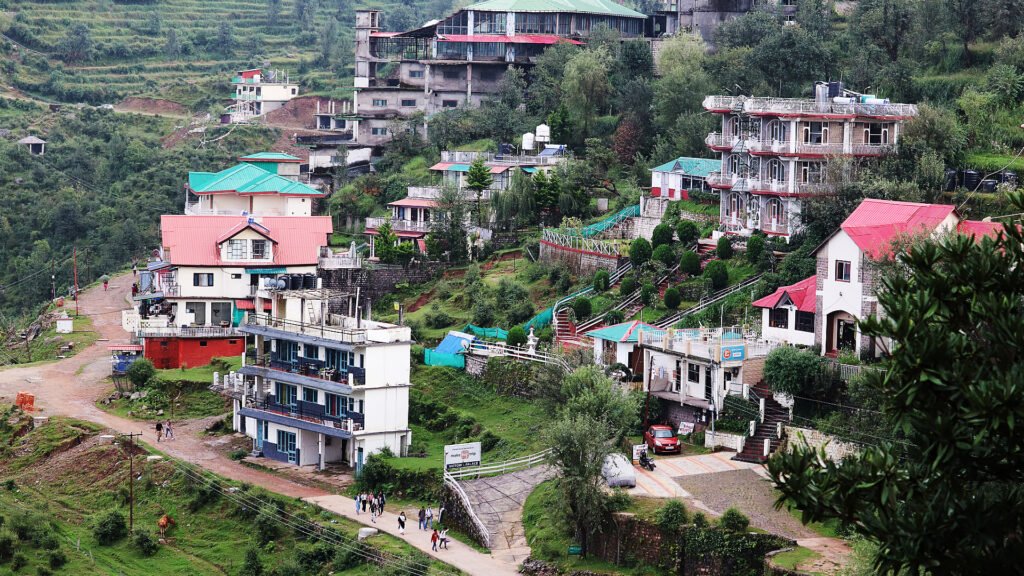
These were some places to visit in Dharamshala. Hope you liked it. Have a safe journey!
How To Reach Dharamsala From Delhi
- By Air: The nearest airport to Dharamsala is Gaggal Airport, also known as Kangra Airport. Several airlines operate flights from Delhi to Gaggal Airport. From the airport, you can hire a taxi or take a bus to reach Dharamsala, which is approximately 15 kilometers away.
- By Train: There is no direct train connectivity to Dharamsala. The nearest major railway station is Pathankot Railway Station, located around 85 kilometers from Dharamsala. From Pathankot, you can hire a taxi or take a bus to reach Dharamsala.
There are several trains that run from Delhi to Pathankot Junction, with different names, numbers, and charges. Here is a table that shows some of the trains, along with their departure and arrival times, duration, and fare:
| Train Name | Train Number | Departure Time | Arrival Time | Duration | Fare |
|---|---|---|---|---|---|
| Jammu Rajdhani | 12425 | 20:40 | 05:10 | 8h 30m | ₹1,610 |
| Dhauladhar Express | 14035 | 23:00 | 10:55 | 11h 55m | ₹440 |
| Jammu Mail | 14033 | 20:10 | 10:00 | 13h 50m | ₹440 |
| Hemkunt Express | 14609 | 15:50 | 05:15 | 13h 25m | ₹440 |
| Uttar S Kranti | 12445 | 20:50 | 06:35 | 9h 45m | ₹1,610 |
You can book your train tickets online on websites like- IRCTC or[Cleartrip]. From Pathankot Junction, you can take a taxi or a bus to reach Dharamshala, which will take about 2 to 3 hours and cost around ₹1,000 to ₹2,000.
I hope this helps you plan your trip to Dharamshala. If you need any more information, please let me know. 😊
- By Bus: Direct buses ply between Delhi and Dharamsala. You can board a state-run or private bus from Delhi’s ISBT (Inter State Bus Terminal) to Dharamsala. The journey by road takes around 10-12 hours, depending on traffic and road conditions.
- By Road: You can also drive to Dharamsala from Delhi. The distance is approximately 480 kilometers, and the journey takes around 9-10 hours via NH44. The route passes through cities like Chandigarh and Una before reaching Dharamsala.
- Book A Cab: you can book a cab from our website along with a customized itinerary, or can hire just a cab for your next trip. So just do hurry. Call Us On: +911223577273
Best Time To Visit Dharamsala
Here’s a table showing the best time to visit Dharamshala based on weather and activities:
| Month | Weather | Activities |
|---|---|---|
| March to June | Pleasant and cool | Sightseeing, trekking |
| July to September | Rainy season | Lush greenery, monsoon experience |
| October to November | Cool and pleasant | Trekking, sightseeing |
| December to February | Cold, chance of snowfall | Snow activities, winter experience |
Keep in mind that weather patterns can vary, so it’s always a good idea to check the current weather forecast before planning your trip.
Nearest Places To Dharamsala
| City | Distance | Tourist Attractions |
|---|---|---|
| McLeod Ganj | 5 km | Dalai Lama Temple Complex, Bhagsu Waterfall, Triund Hill, Namgyal Monastery, Tibetan Museum |
| Palampur | 35 km | Tea Gardens, Saurabh Van Vihar, Tashi Jong Monastery, Neugal Khad, Andretta Pottery |
| Kangra | 20 km | Kangra Fort, Brajeshwari Temple, Masroor Rock Cut Temple, Kangra Art Museum, Kareri Lake |
| Bir | 70 km | Paragliding, Bir Billing, Chokling Monastery, Deer Park Institute, Sherab Ling Monastery |
| Dalhousie | 120 km | Khajjiar, Kalatop Wildlife Sanctuary, Dainkund Peak, St. John’s Church, Panchpula |

